INTRODUCTION
This is a two part post – first of all a bit about the test match that finally ended in a draw at about 6AM UK time, and then the companion to piece to “Puzzles and Pictures“, answering the puzzles posed there.
5-0 AVERTED
England had the better of Australia in the fourth test match of this Ashes series, but neither team stood a chance against the real winner of this drab affair – the MCG pitch which offered no assistance to any kind of bowler and was also so slow that batsmen could not play their strokes. Alastair Cook ended his poor run of form emphatically, with an innings demonstrating once again his astonishing powers of concentration. Australia without Mitchell Starc and on a pitch that was utterly lifeless looked an ordinary bowling unit.
At lunch on day 1 Australia were 102-0 with Warner going well and Bancroft surviving, but that was the only session of the game that Australia unequivocally won. Although wickets were in short supply on that opening day Australia reached the close at 244-3 – a definite failure to build on that fast start. The second day belonged to England – Australia were all out 327, losing their last five wickets for 13 runs and England in response reached 192-2, Cook 104 not out, Root 49 not out. The third day was also England’s – 491-9 at the end of it, with Cook 244 not out. On the fourth day rain intervened. Anderson lost his wicket to the first ball of the day, giving Alastair Cook yet another place in the record books – highest score by anyone carrying their bat through a complete test innngs, beating Glenn Turner’s 223 not out v West Indies. Bancroft and Khawaja were both out fairly cheaply, but when the rain finally halted proceedings for the day Australia were 103-2 with Warner and Smith in occupation. On the final day Warner fell 14 short of his second hundred of the game. Smith did reach his own hundred, after seven and a quarter hours, and then declared which officially ended the game as there was no time left for England to chase to 100 they would have needed to win.
The Melbourne Cricket Ground has a huge seating capacity, and the Boxing Day test is for that reason the best attended of all test matches. In particular, the Boxing Day Ashes test is habitually hugely attended. Because of the failure to produce a proper pitch the biggest crowds test cricket ever sees got a game that was not worthy of the occasion, and that is not acceptable. The MCG need to sort this out – on proper pitches test cricket can be the most fascinating of the three forms of the game, but on lifeless rubbish such as the MCG groundsman produced for this match it is a poor spectacle. The ICC (cricket’s global governing body) should come down on the MCG like the proverbial ton of bricks.
Alastair Cook’s epic innings deservedly gained him the player of the match award. A full scorecard and links to further detail about this match can be found on cricinfo. The final match of this series is in Sydney, starting on January 4th, and I sincerely hope that they produce a better pitch (they cannot produce a worse one – such a thing does not exist).
PHOTOGRAPHIC INTERLUDE
As we switch focus the the puzzles I presented a couple of days ago, here are some bird pictures from yesterday:
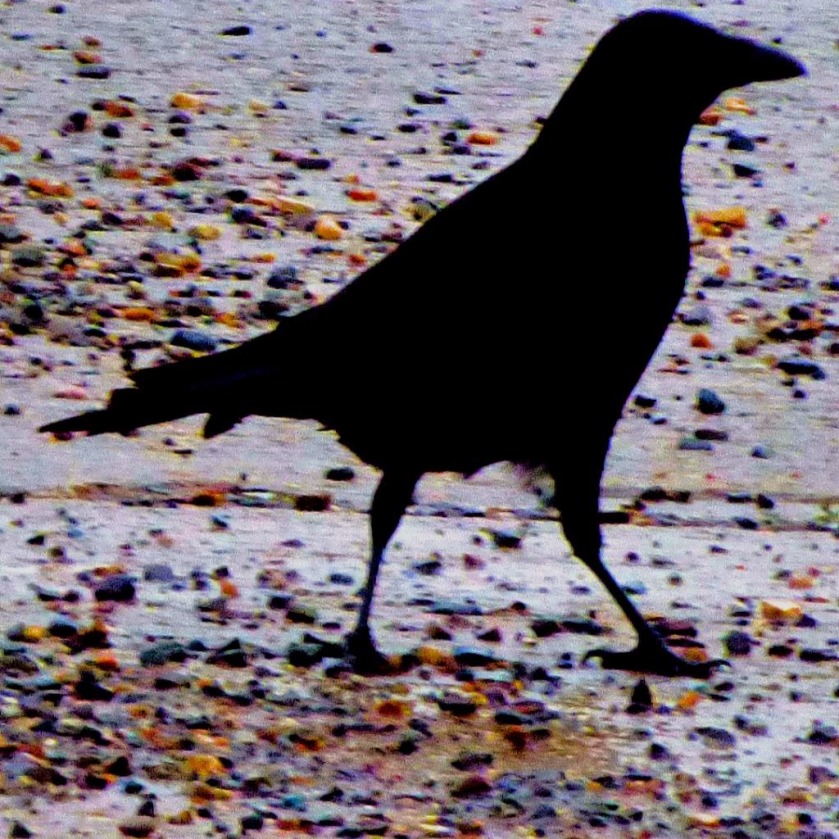


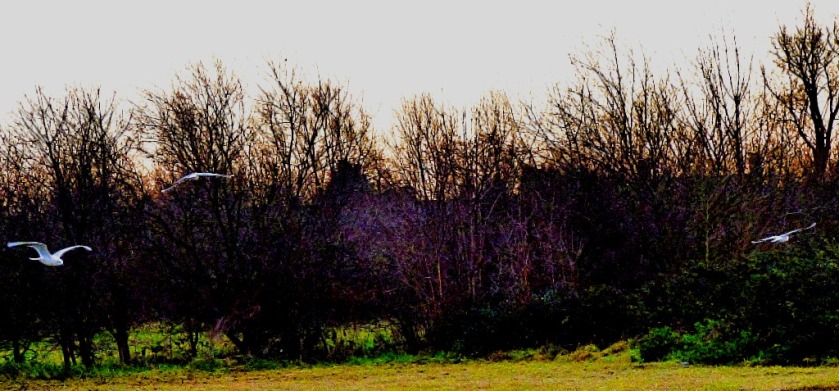
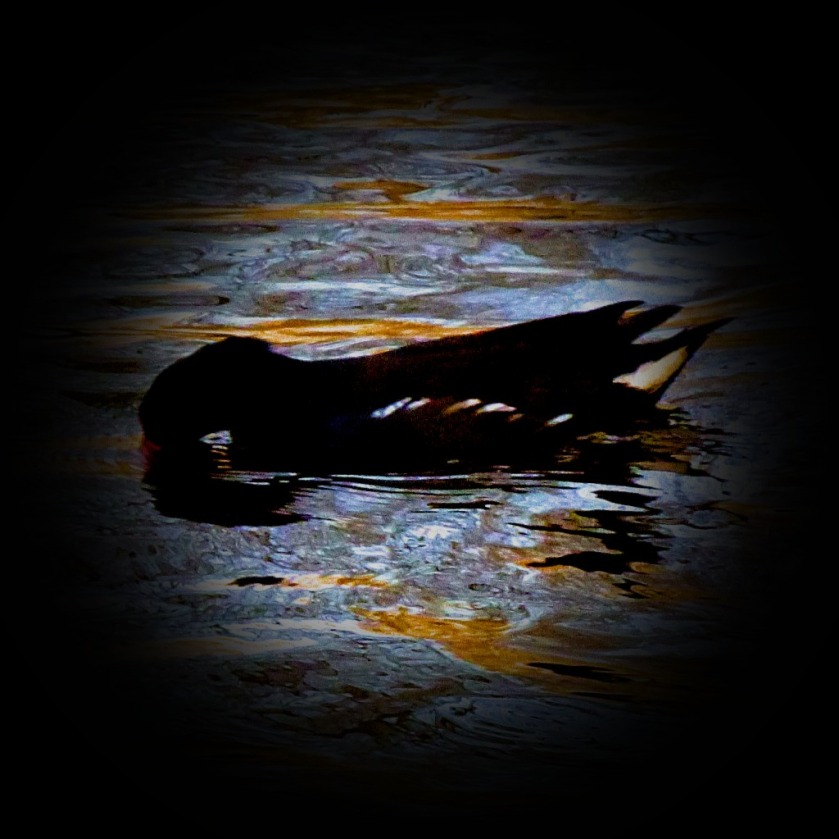


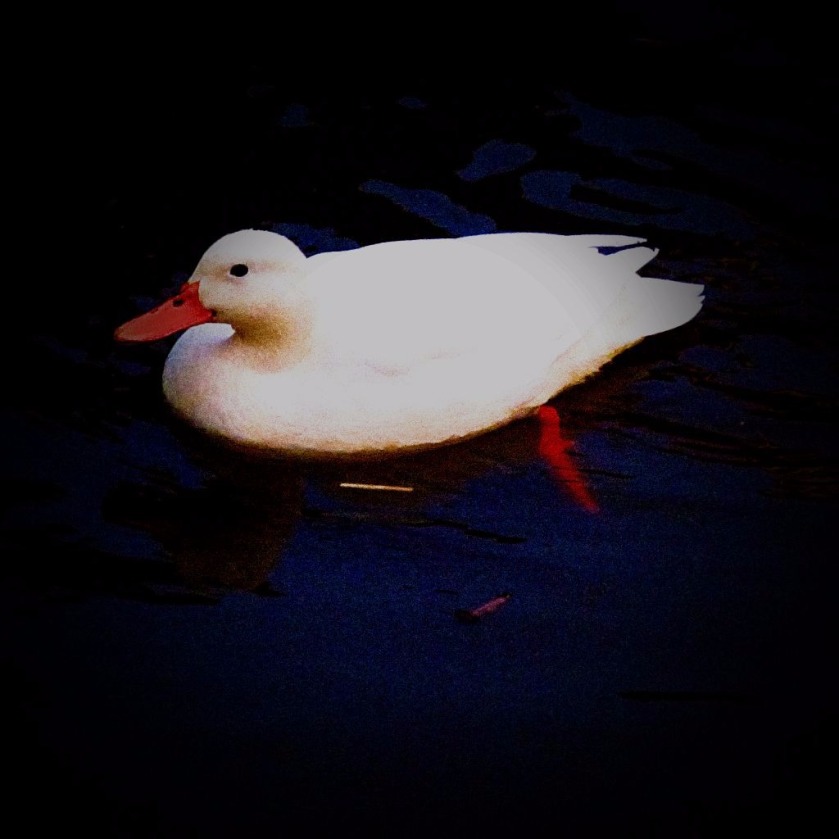


PUZZLE 1: LOGIC
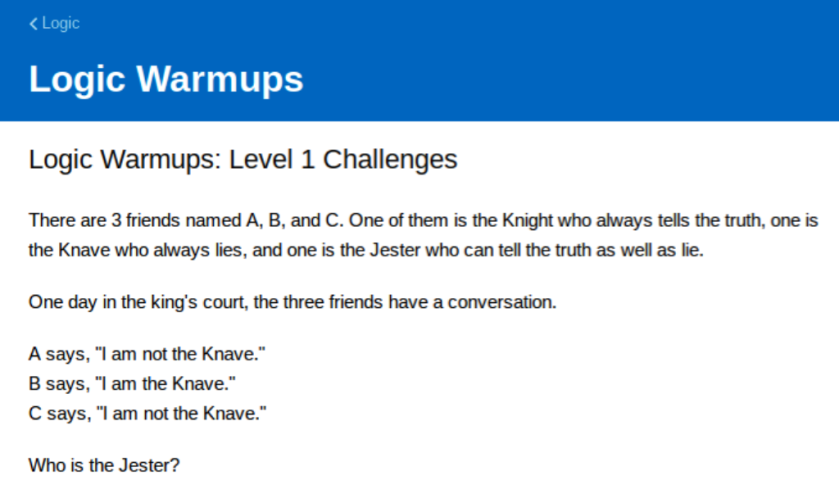
As I said when I set it, this one is very straightforward. The key is that person B has said “I am the Knave”. The Knight cannot say this as it would be a lie, and the Knave cannot say it as it would be true, so the only person who can say “I am the Knave” is the Jester. Therefore the Jester is person B (note that both Knight and Knave can say “I am not the Knave”, so we cannot say which of A and C is which).
PHOTOGRAPHS – THE GREAT OUSE

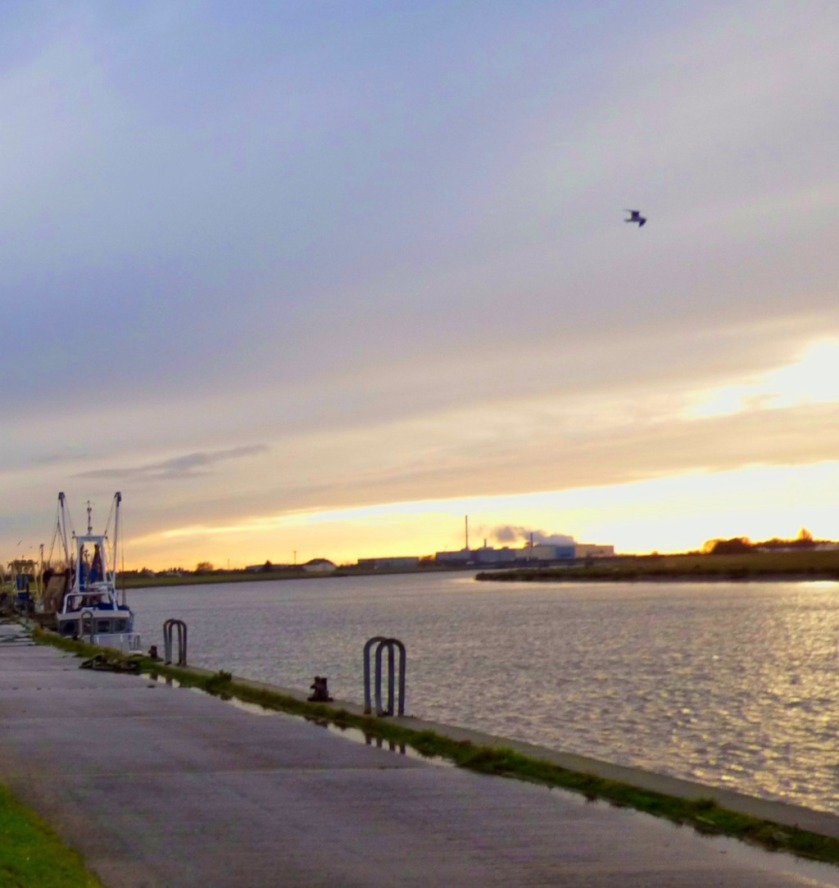
PUZZLE 2: AREA CHALLENGE
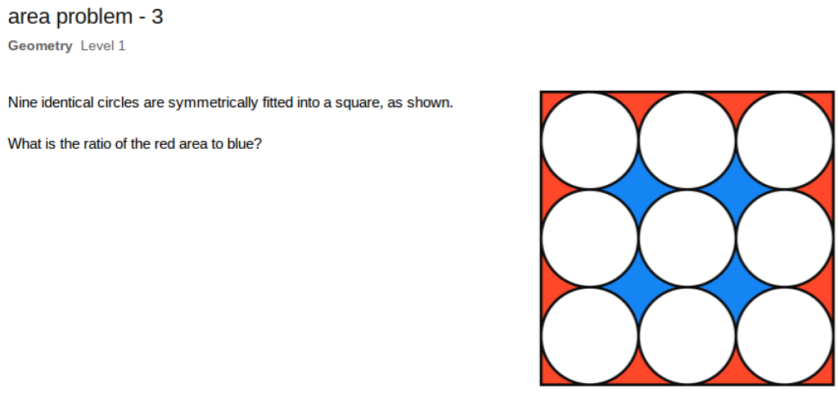
The red sgements in the four corners of the shape are each half the size of the red segments along the sides of the shape, which in turn are each half the size of the blue shapes in the middle of the pattern. Thus counting the smallest segments as 1 there are (4 x 1) + (8 x 2) red segments = 20 red segments. Each blue shape in the middle comprises four segments and the are four of them = 16 blue segments. Thus the ratio of red area to blue is 20:16 = 5:4
PHOTOGRAPHS: THE WALKS
The Walks was still flooded yesterday, although less than it had been when I took my last set of pictures there two days previously.


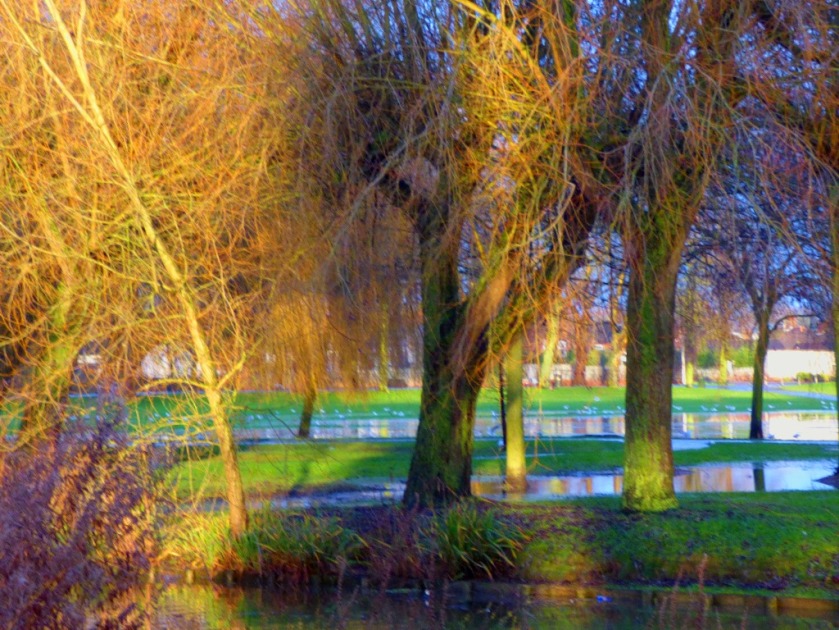
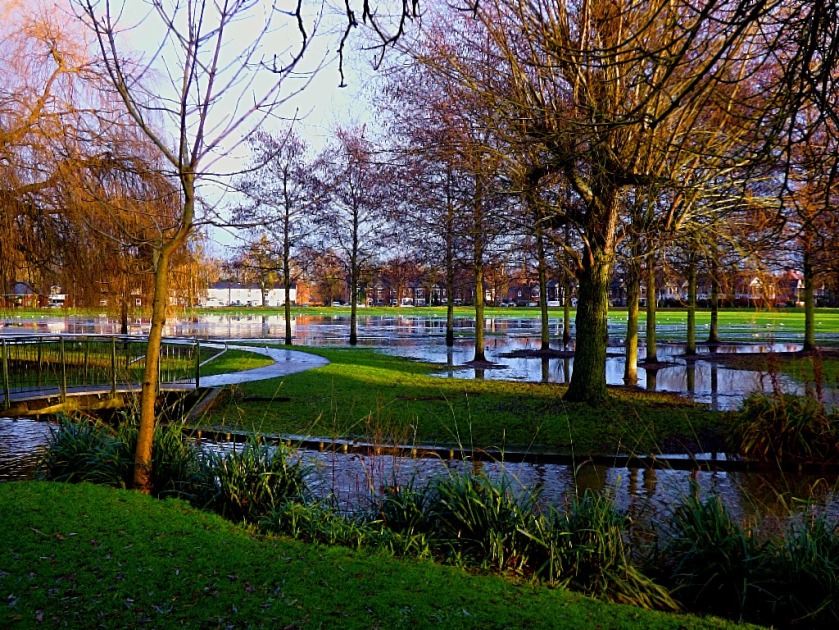
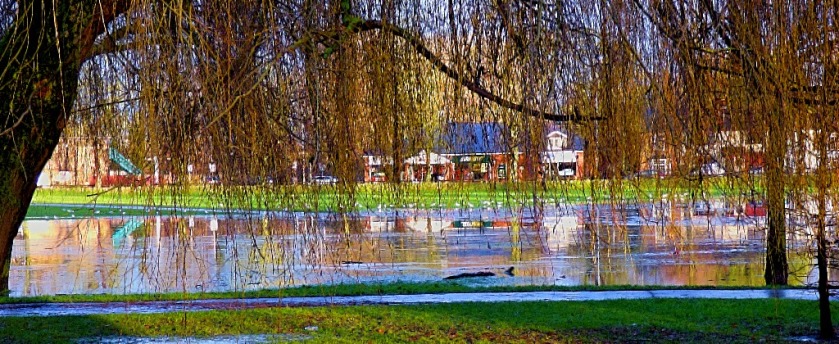


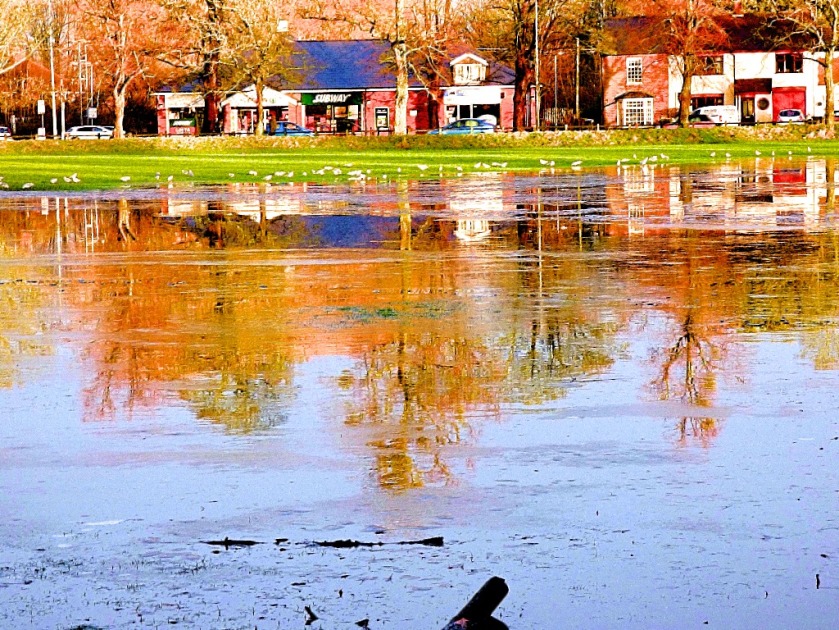
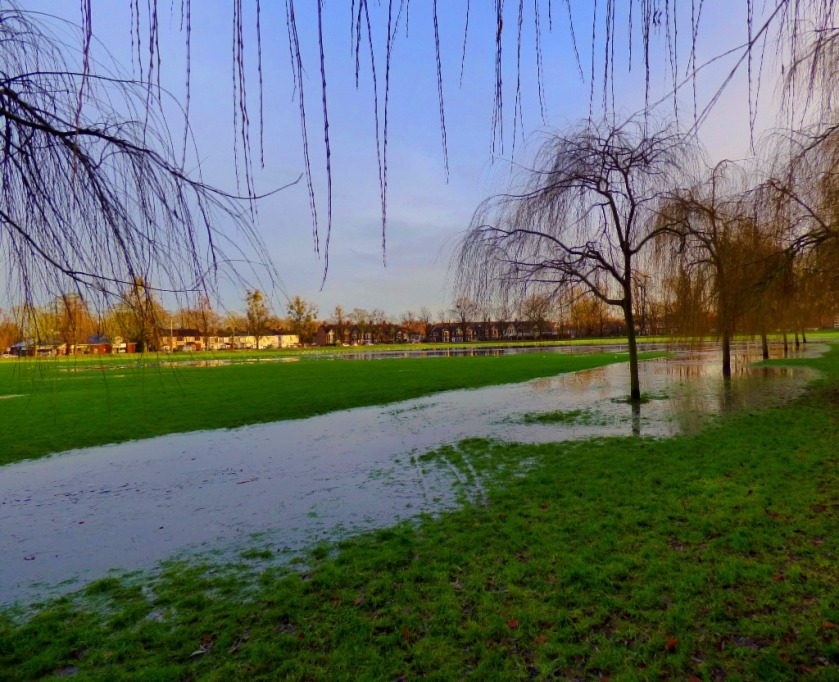
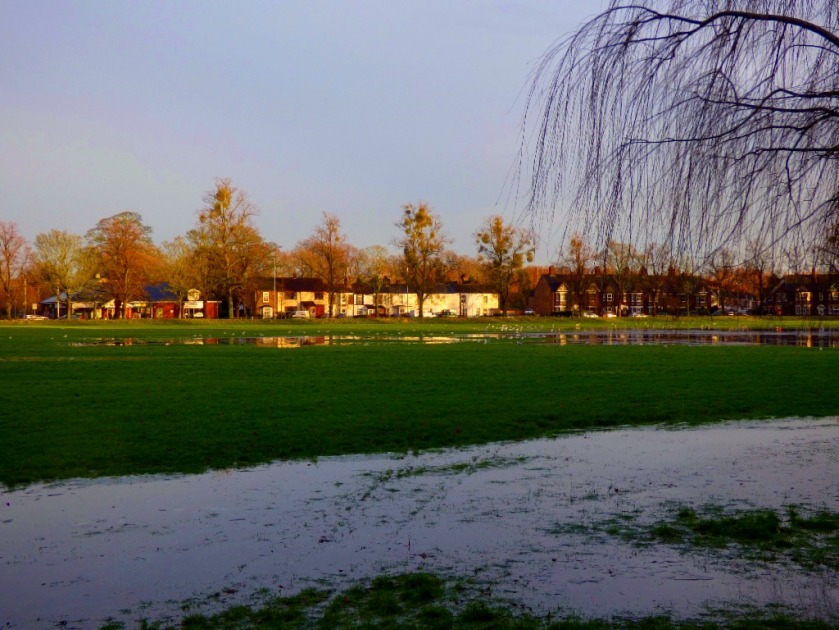
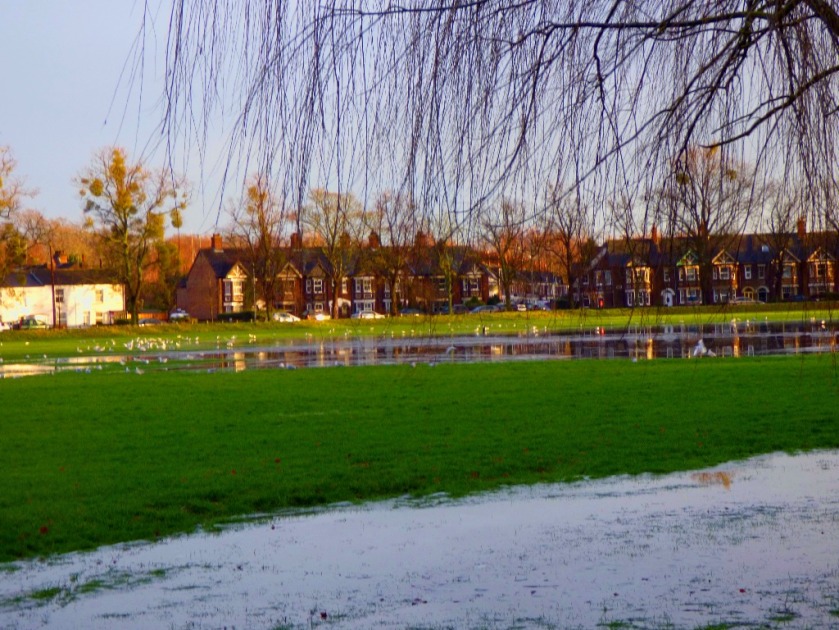
PUZZLE 3: EVEN AND ODD
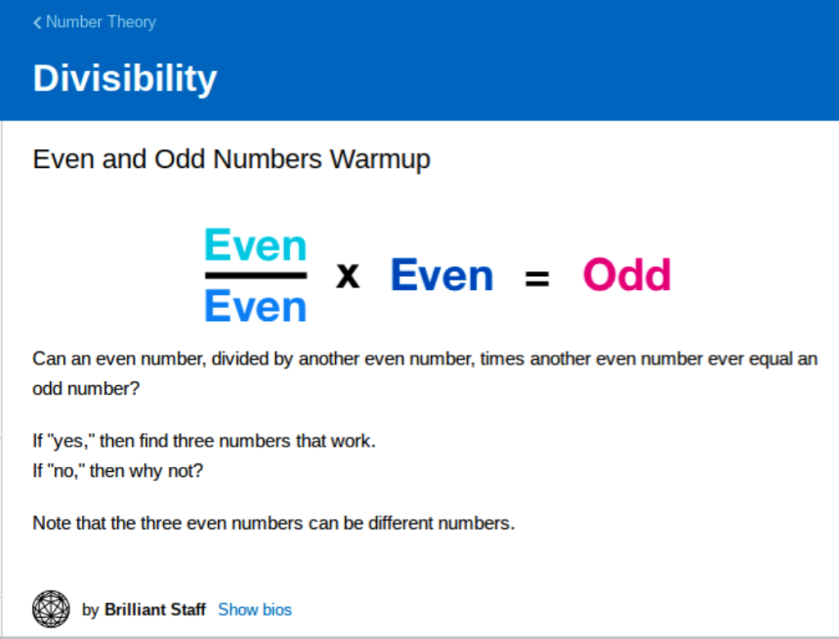
Instinct suggests that the answer should be no, but this is one of those occasions when one should mistrust one’s instinct. To demonstrate a solution (one of many along these lines), I choose as my three even numbers 6, 8 and 4 in that order. Six divided by eight is 0.75, and 0.75 x 4 = 3 = an odd number.
PHOTOGRAPHS: MUSCOVY DUCKS 1
The Muscovy duck that I had seen in The Walks recently was not there yesterday, so I finished my walk by heading towards the place where I had first seen the species. I waqs rewarded when just on across Littleport Street from that location I saw the entire flock. Here are some of the pictures.

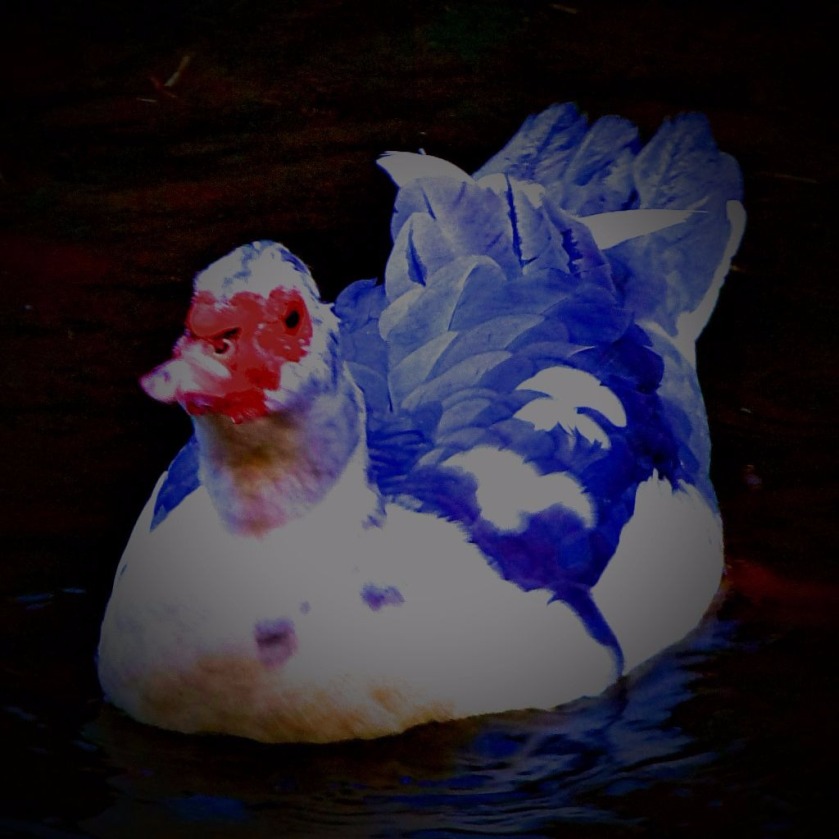

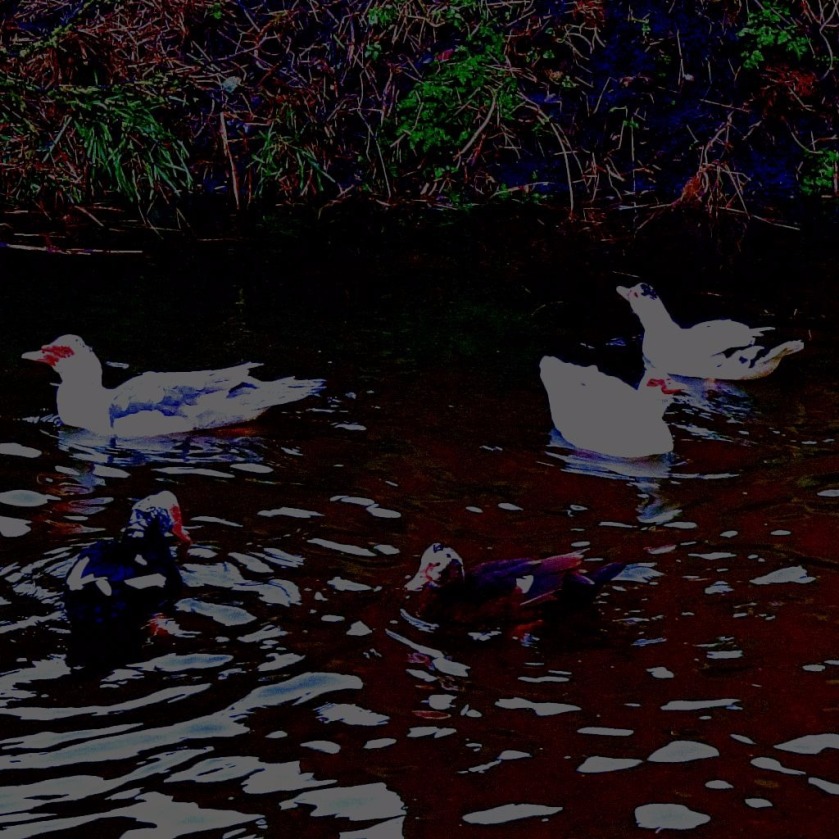
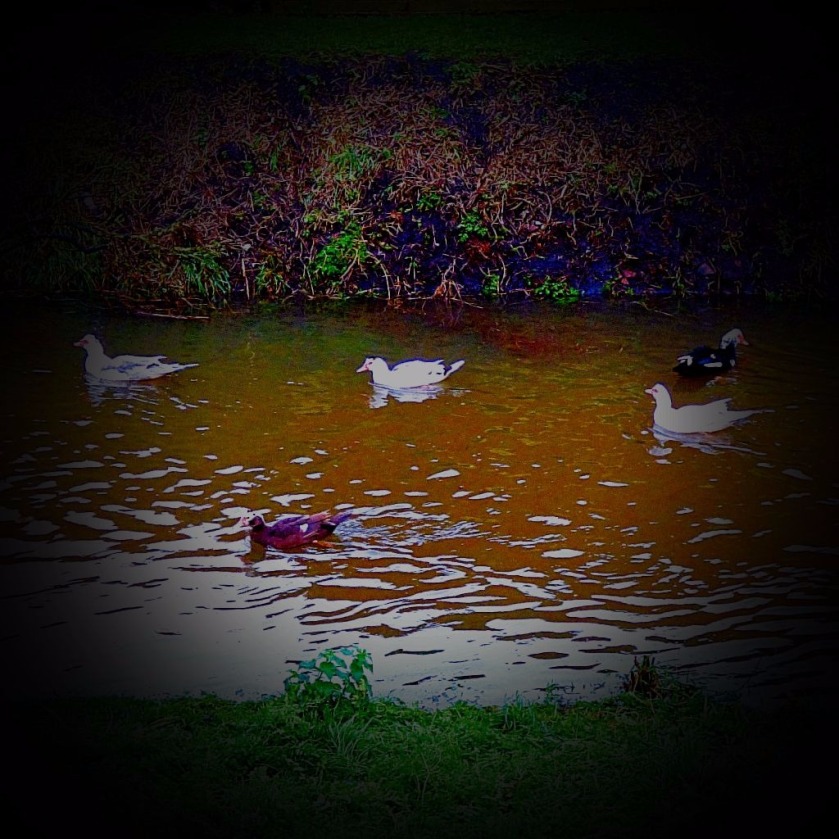

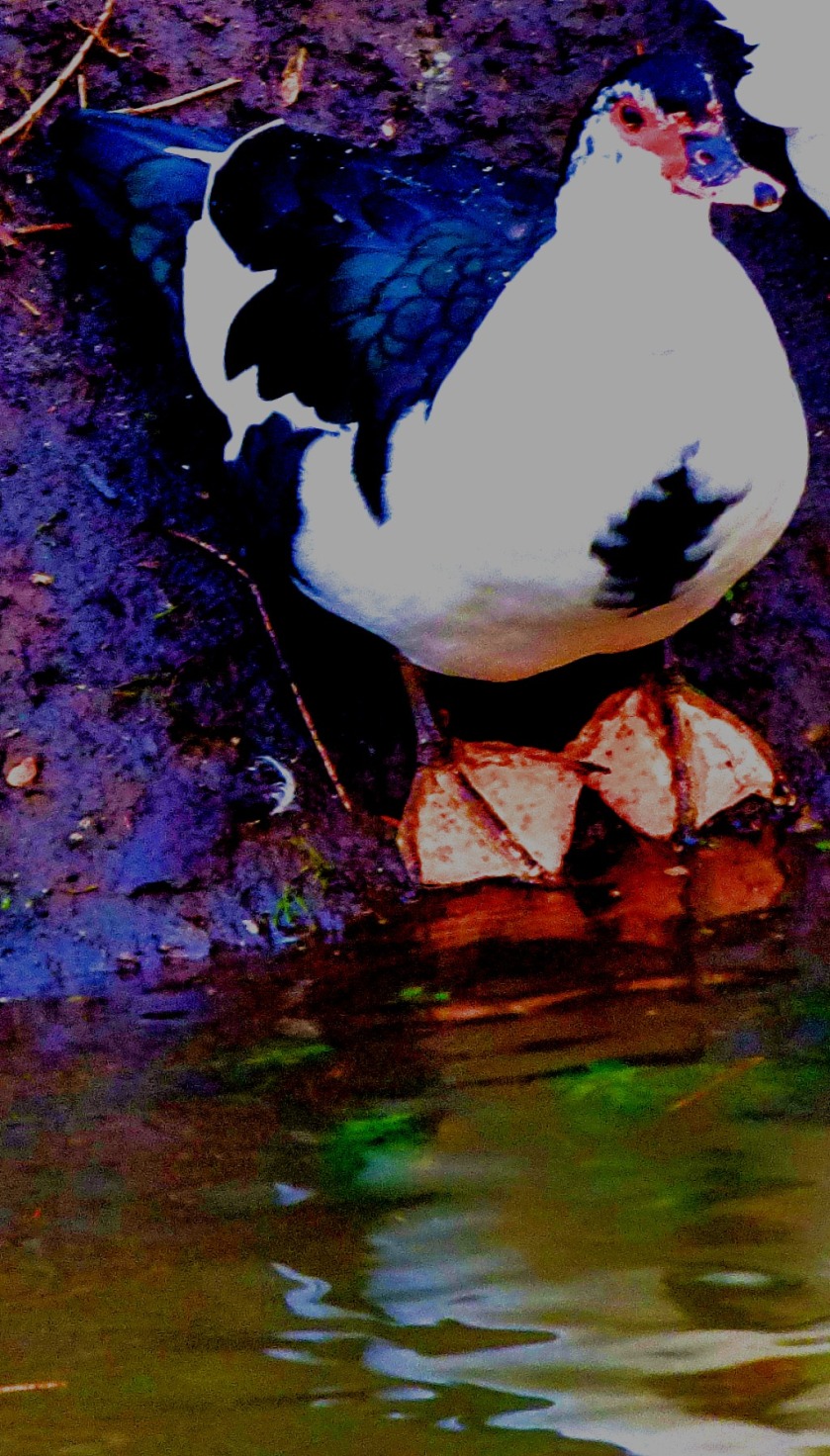


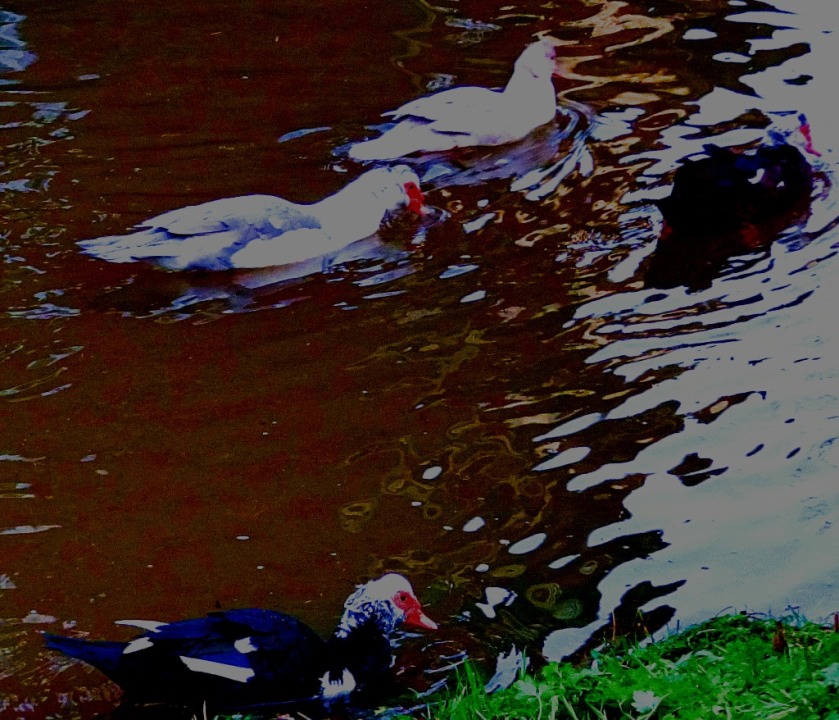
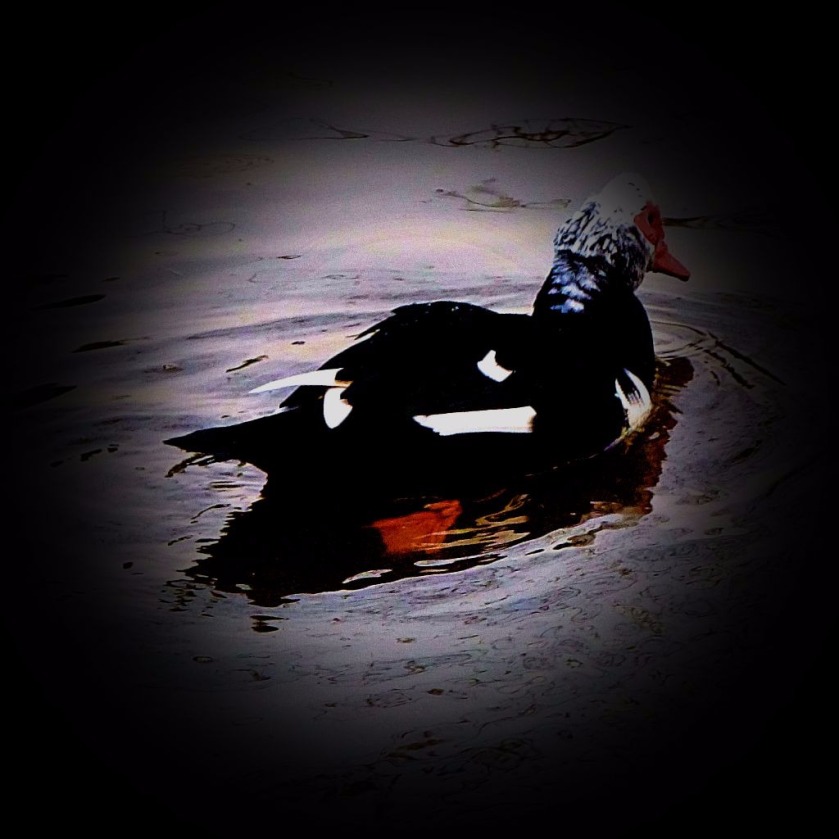
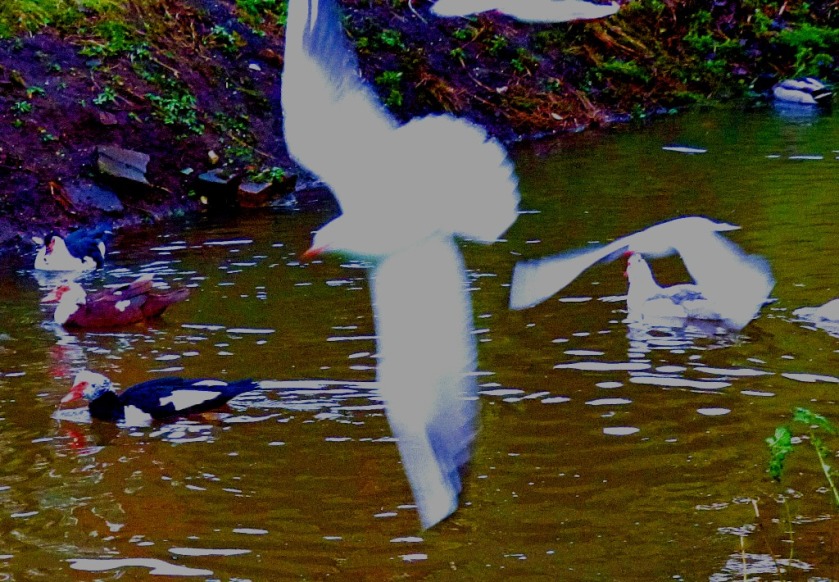


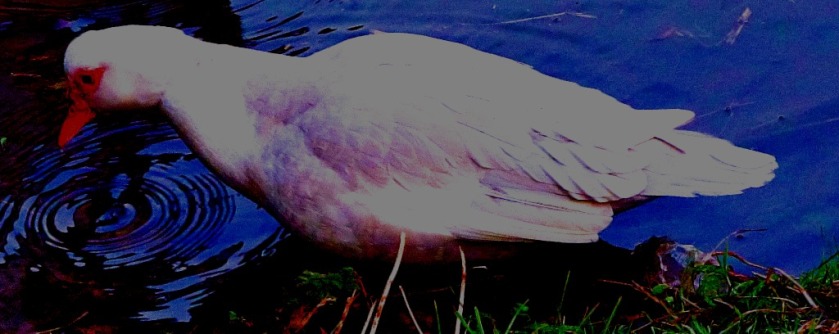
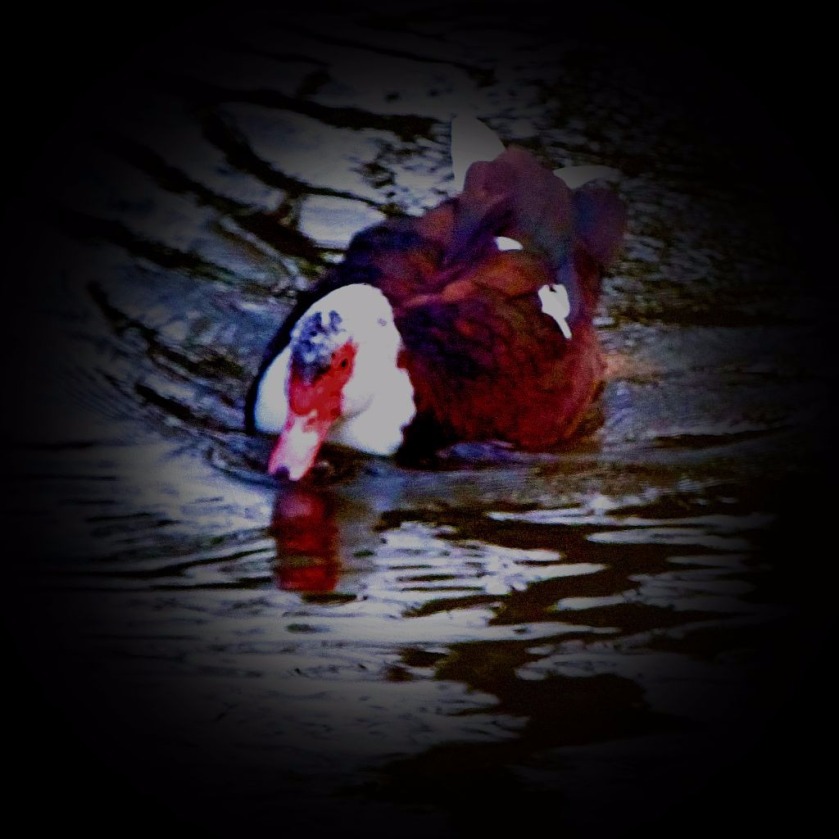
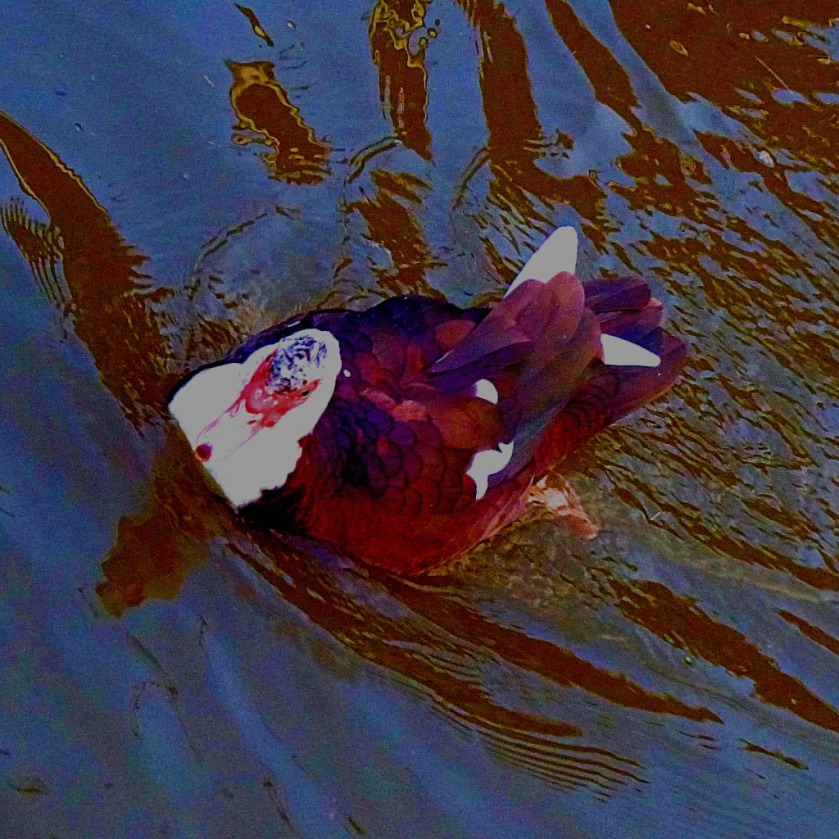

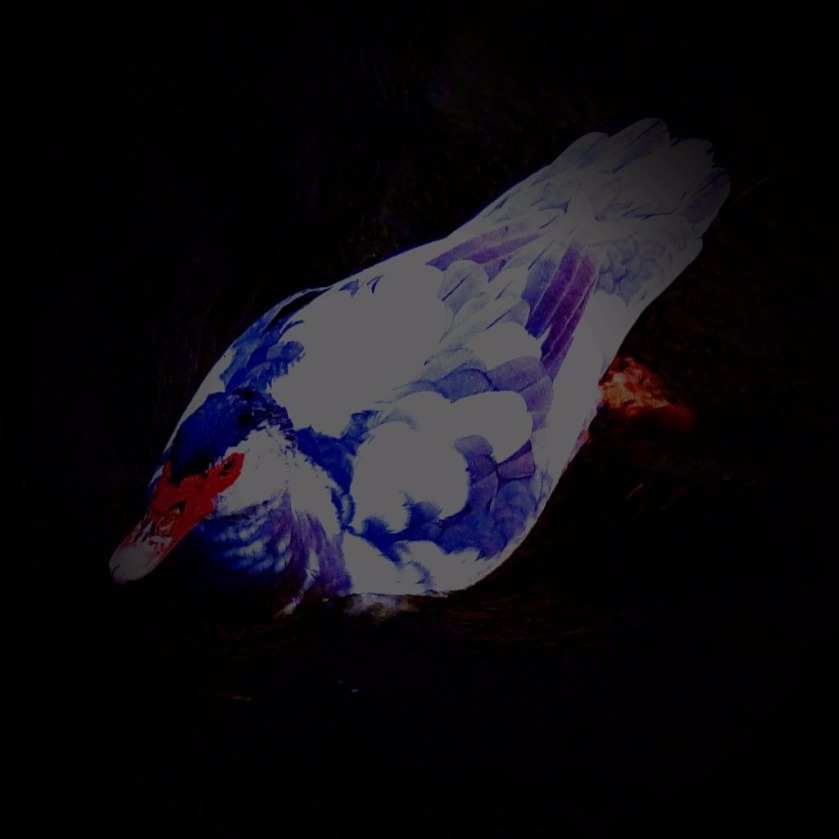


PUZZLE 4: DIVISIBILITY
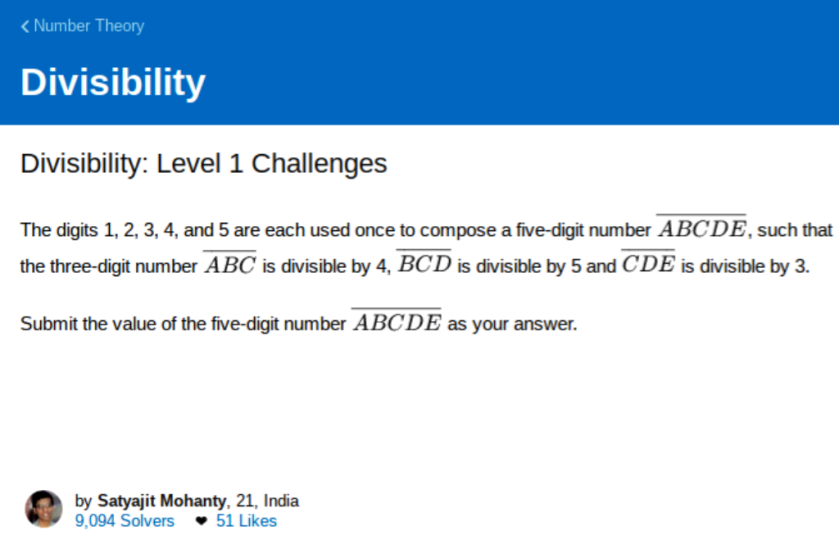
And here is my own solution posted on brilliant:
Dec 26, 2017




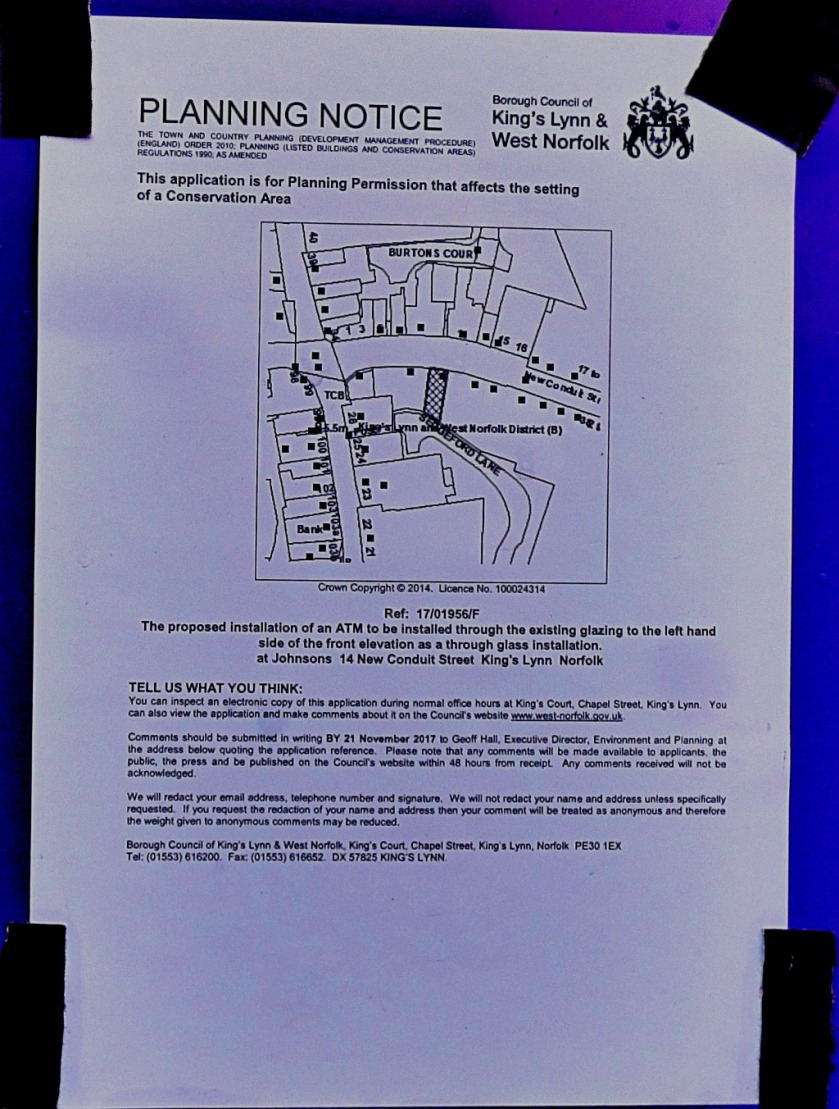
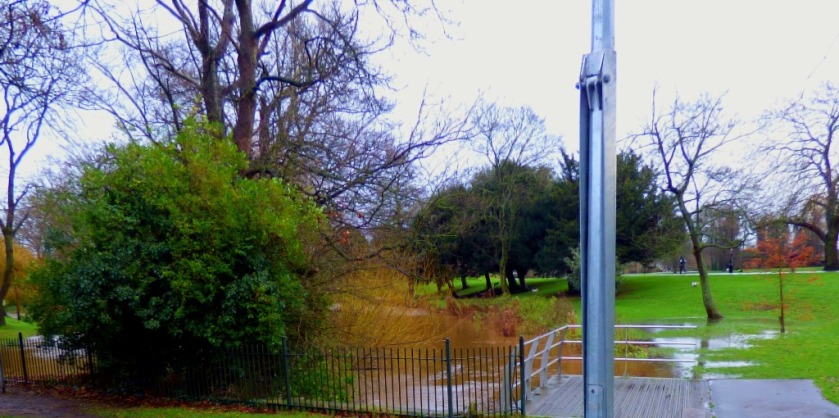

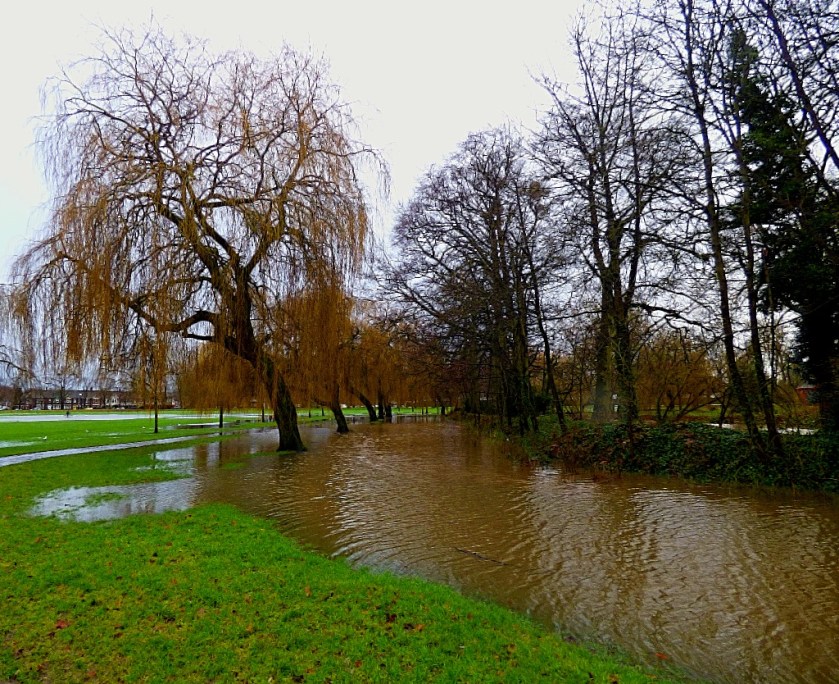

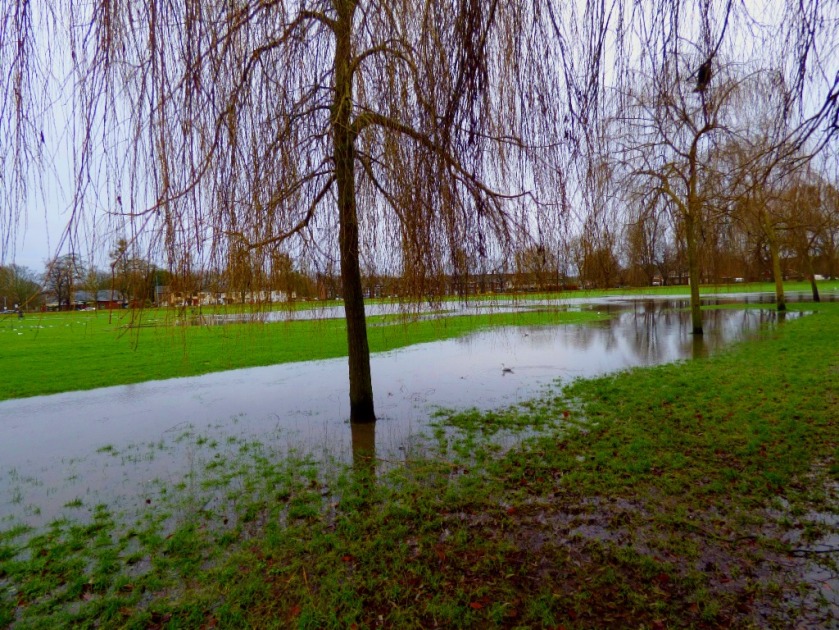



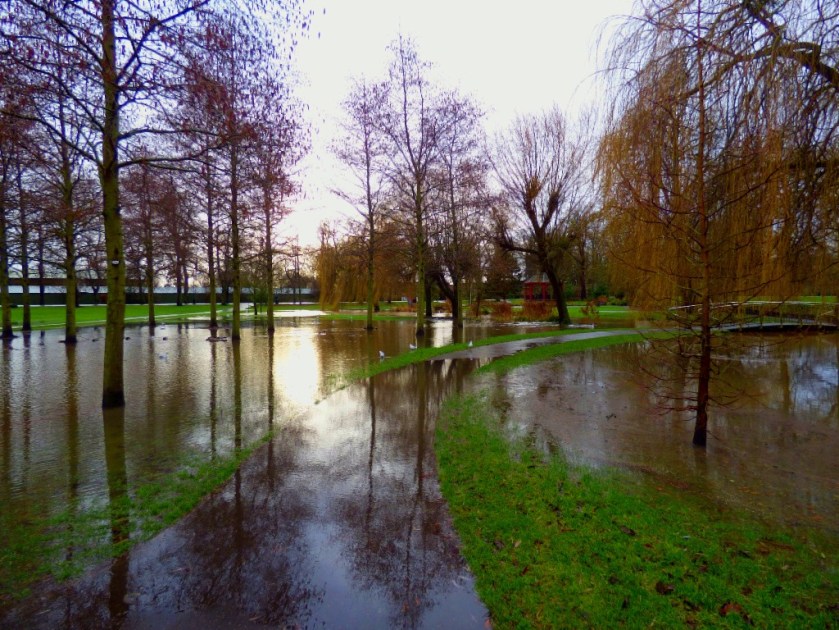
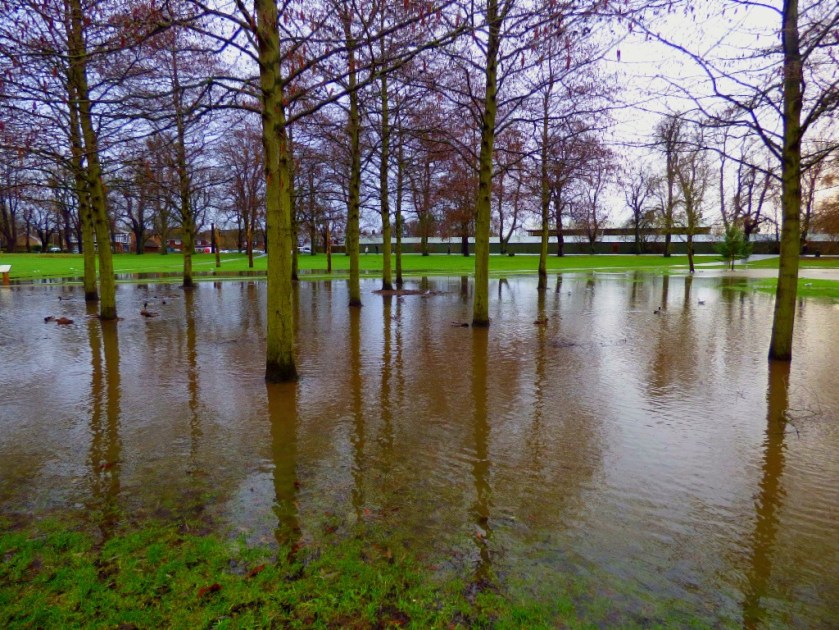




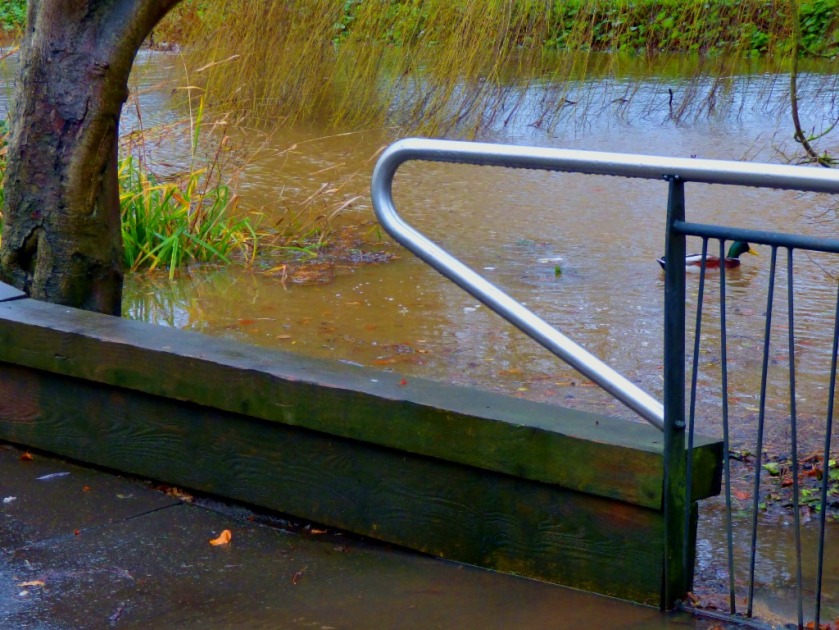
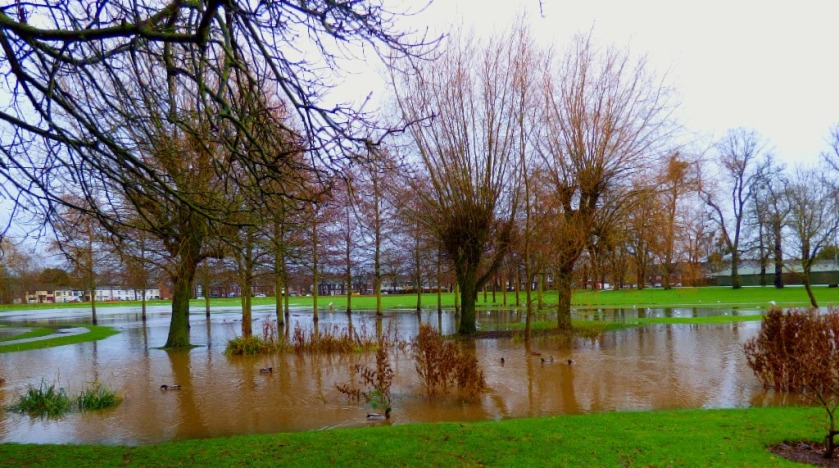
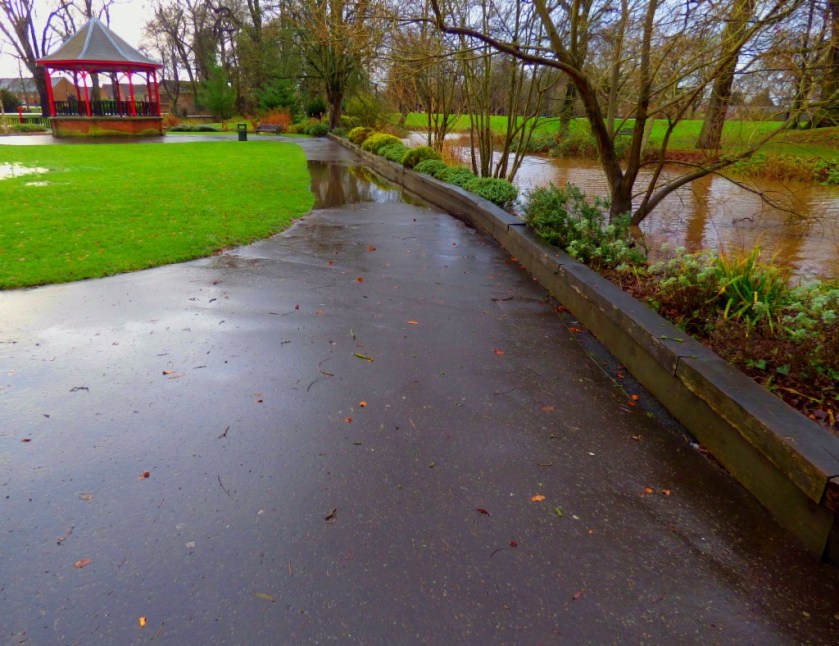








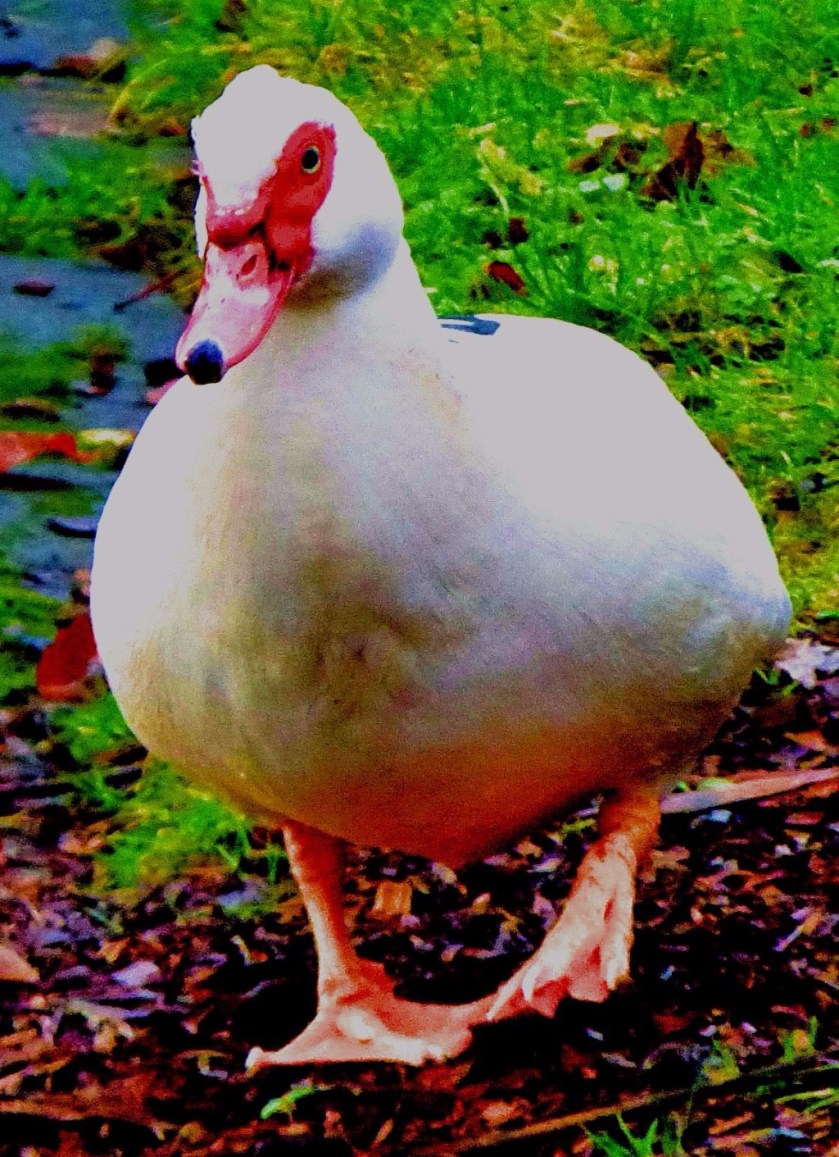




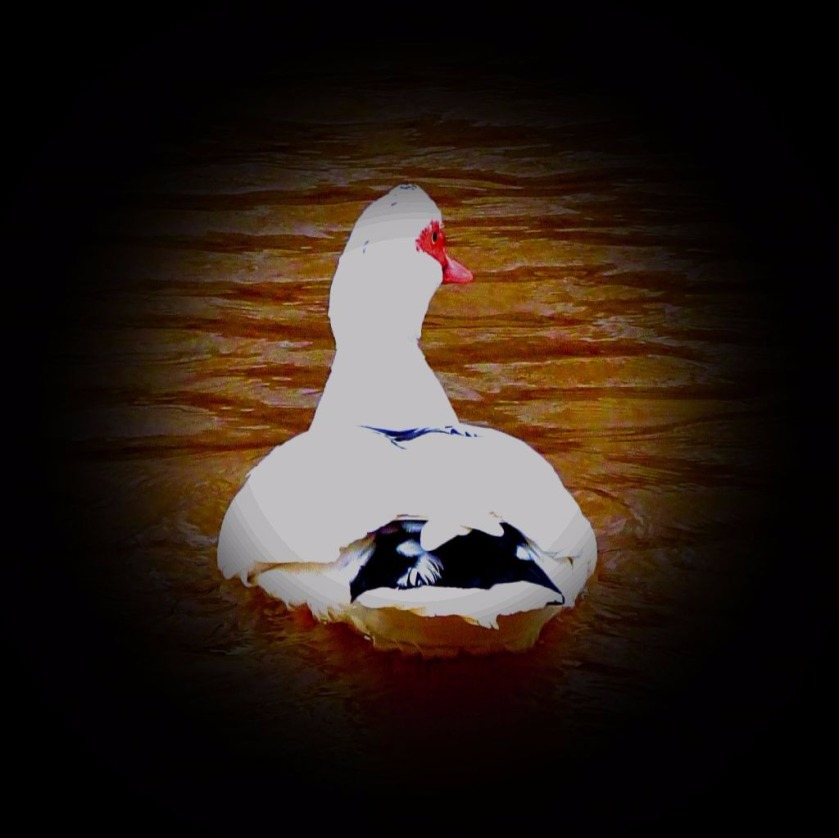

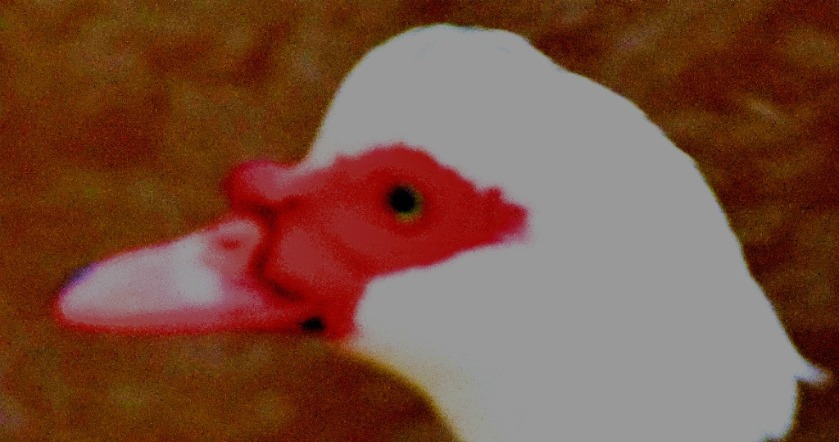
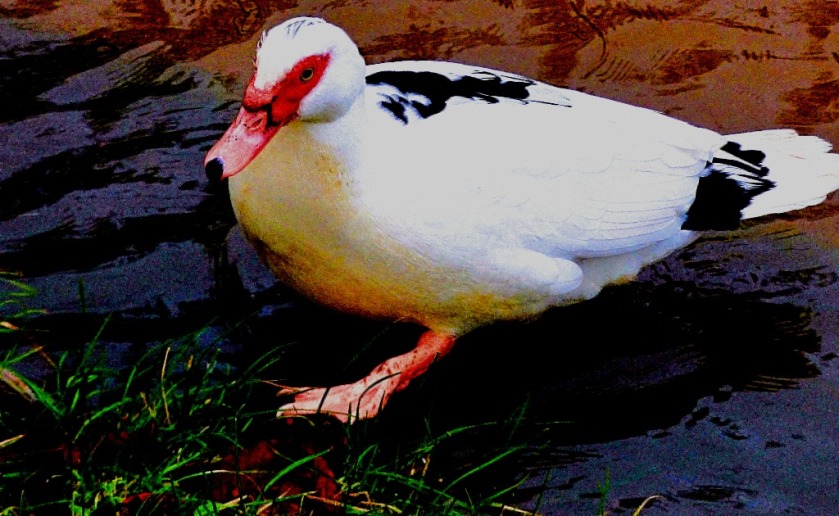
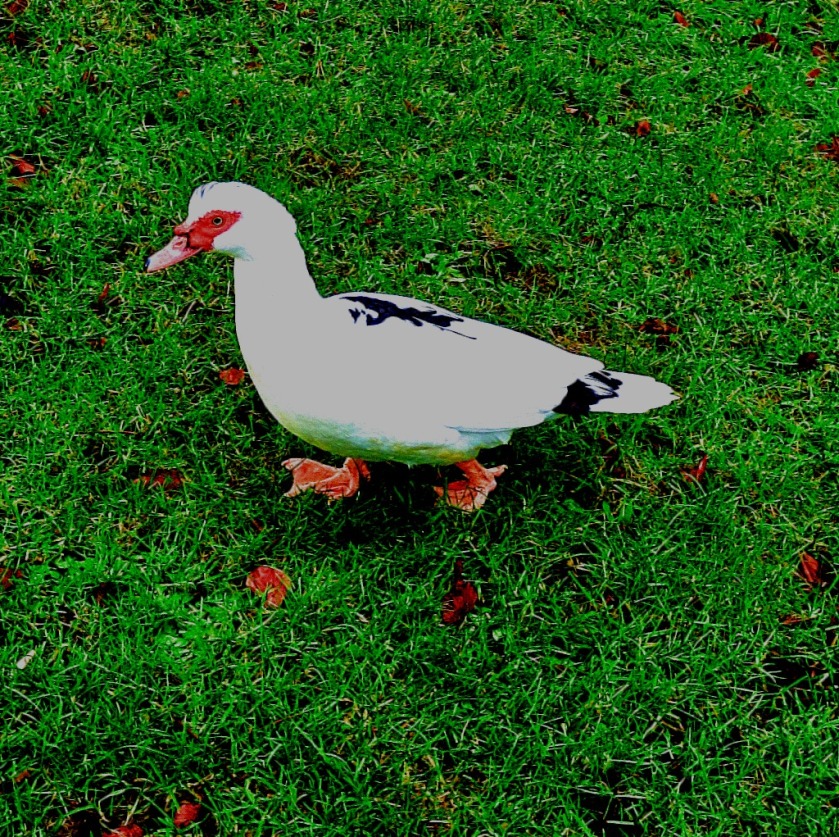


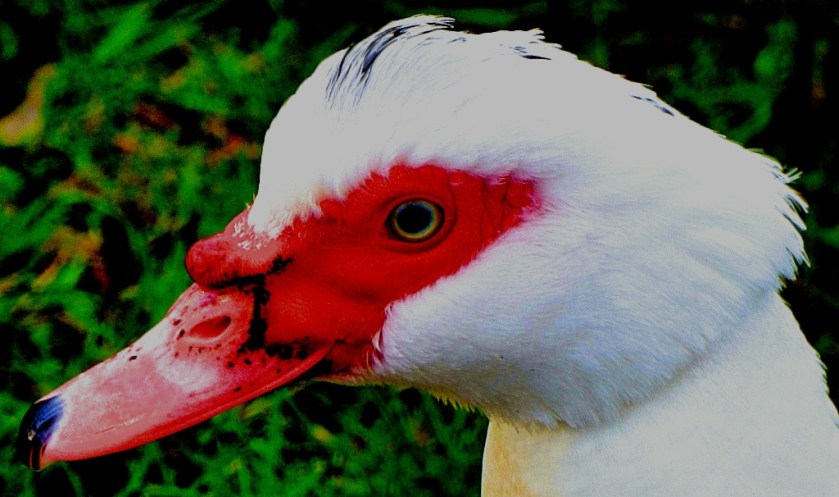


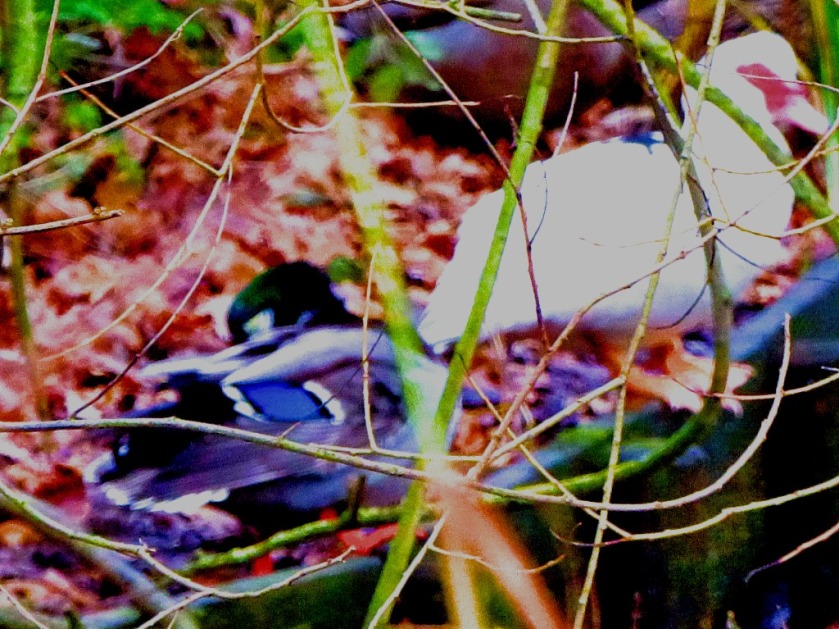
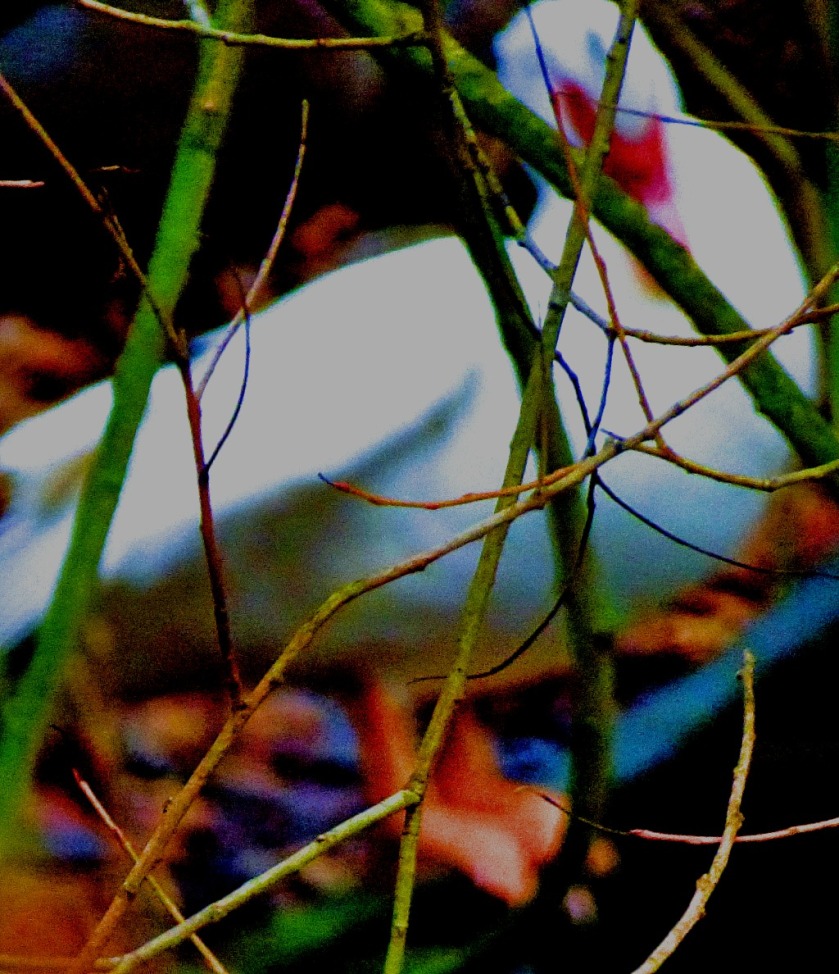

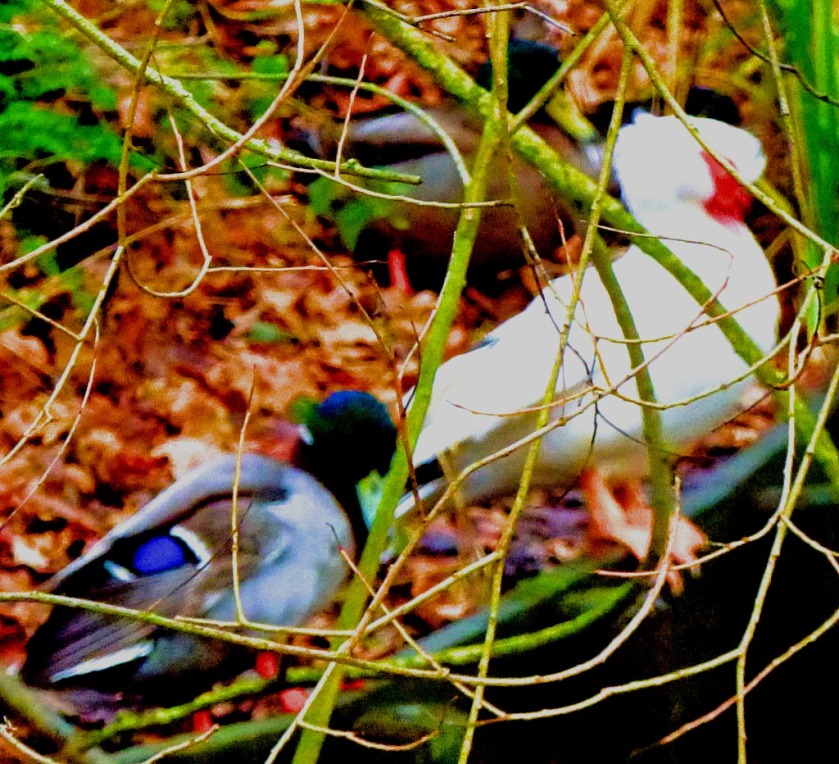
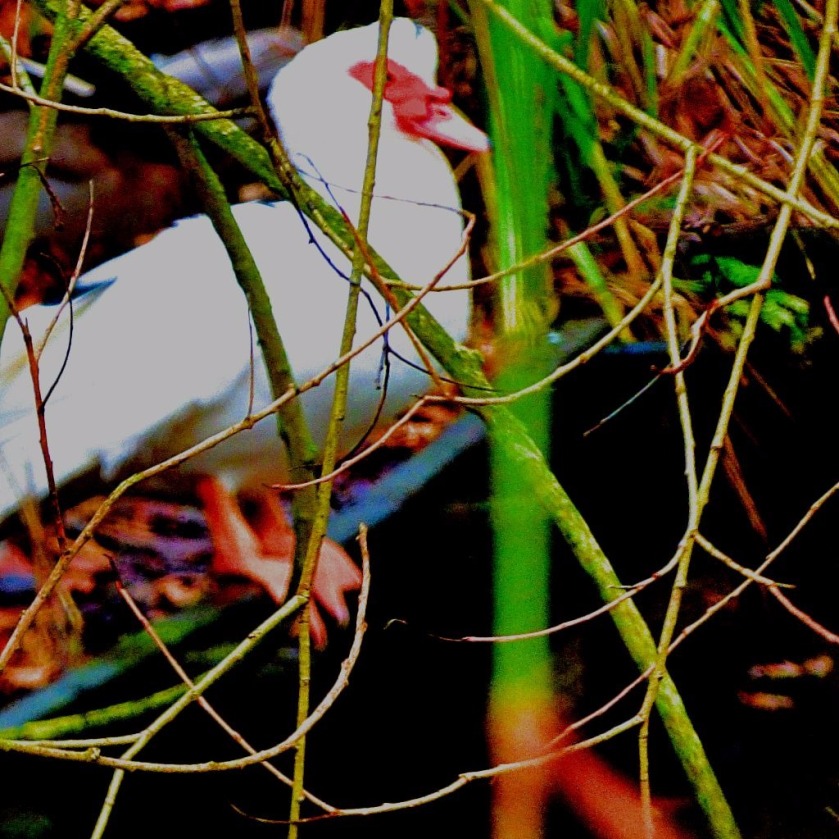

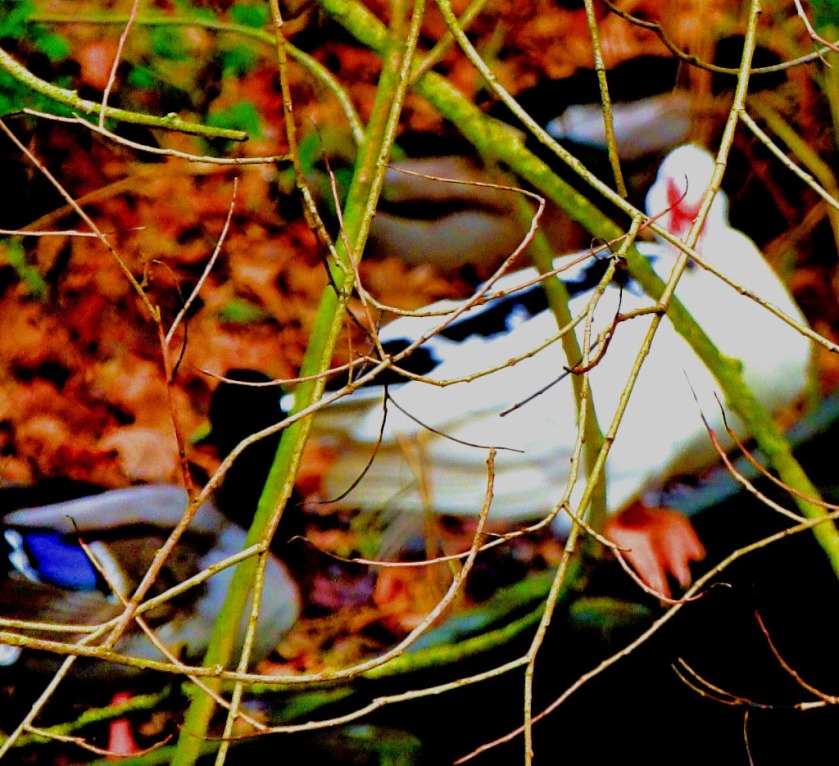
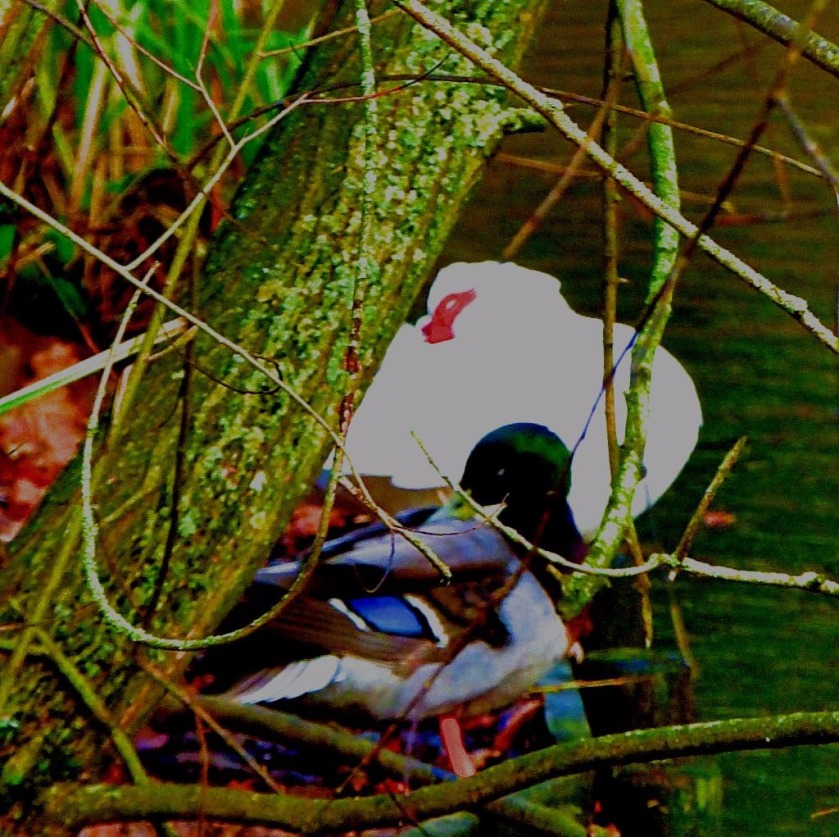
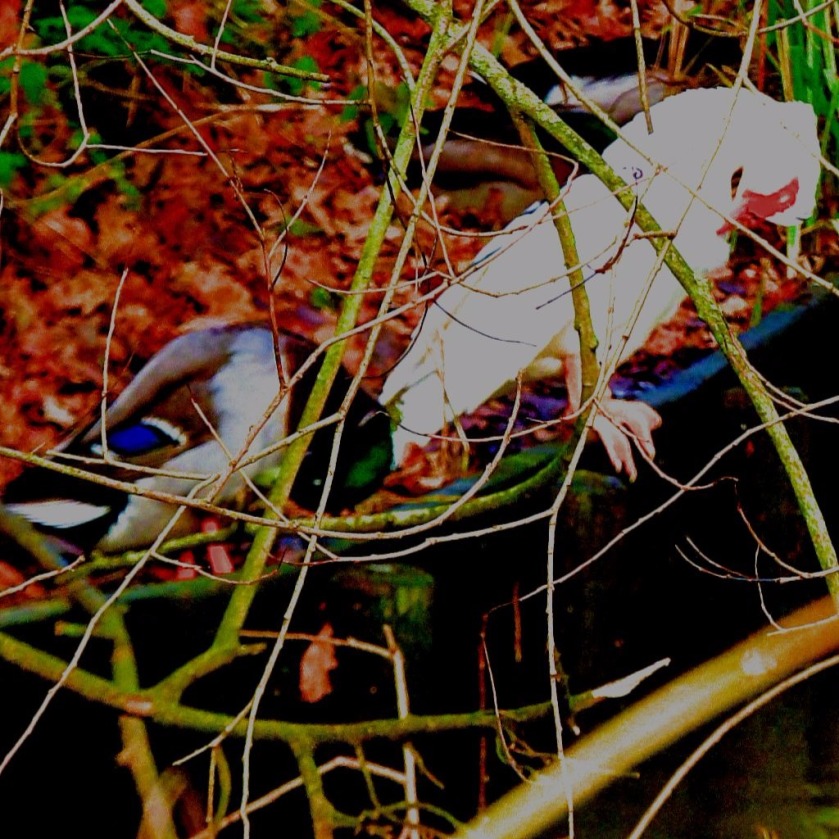
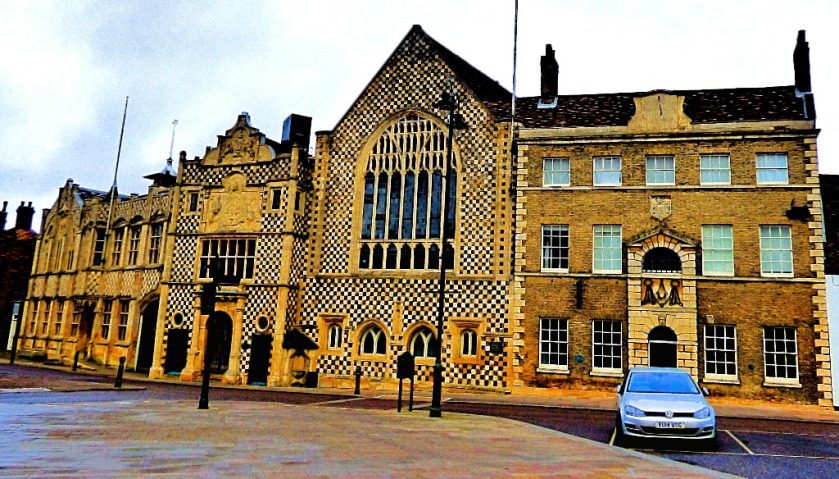

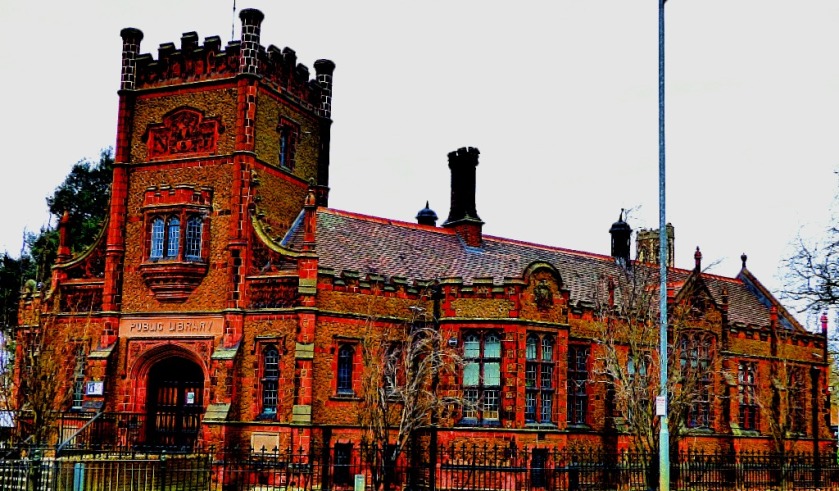
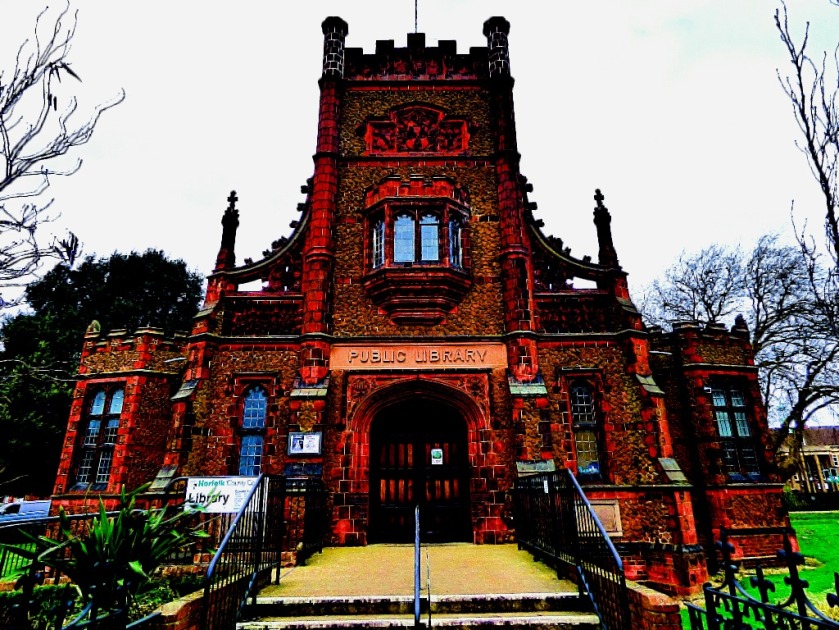
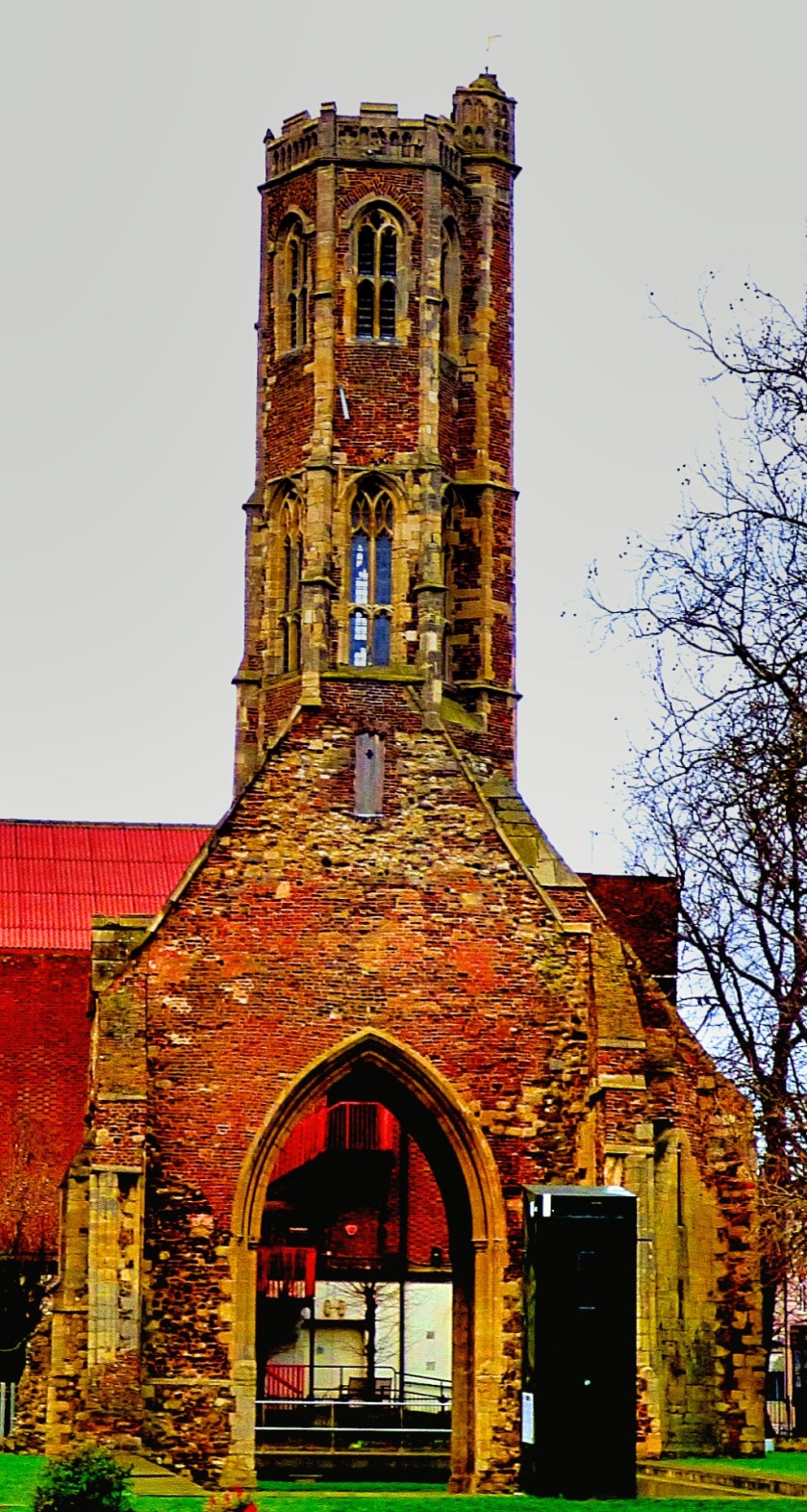
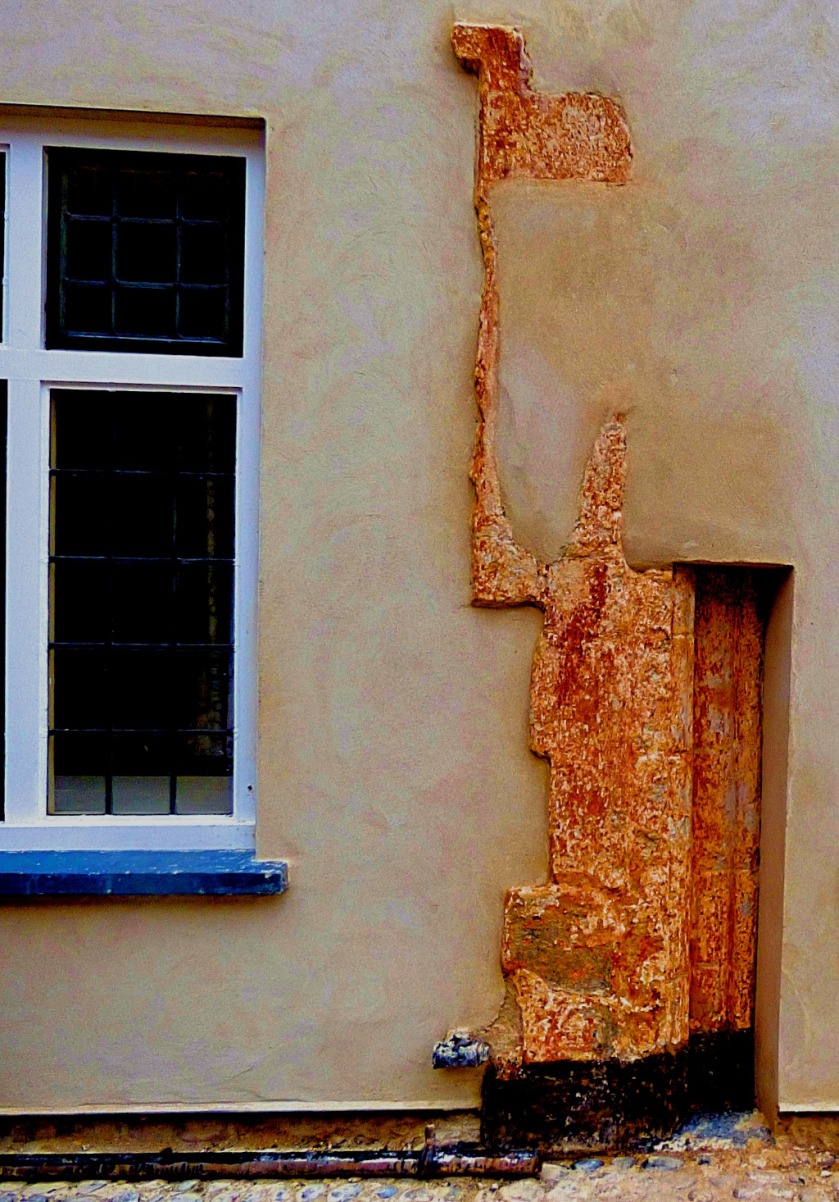
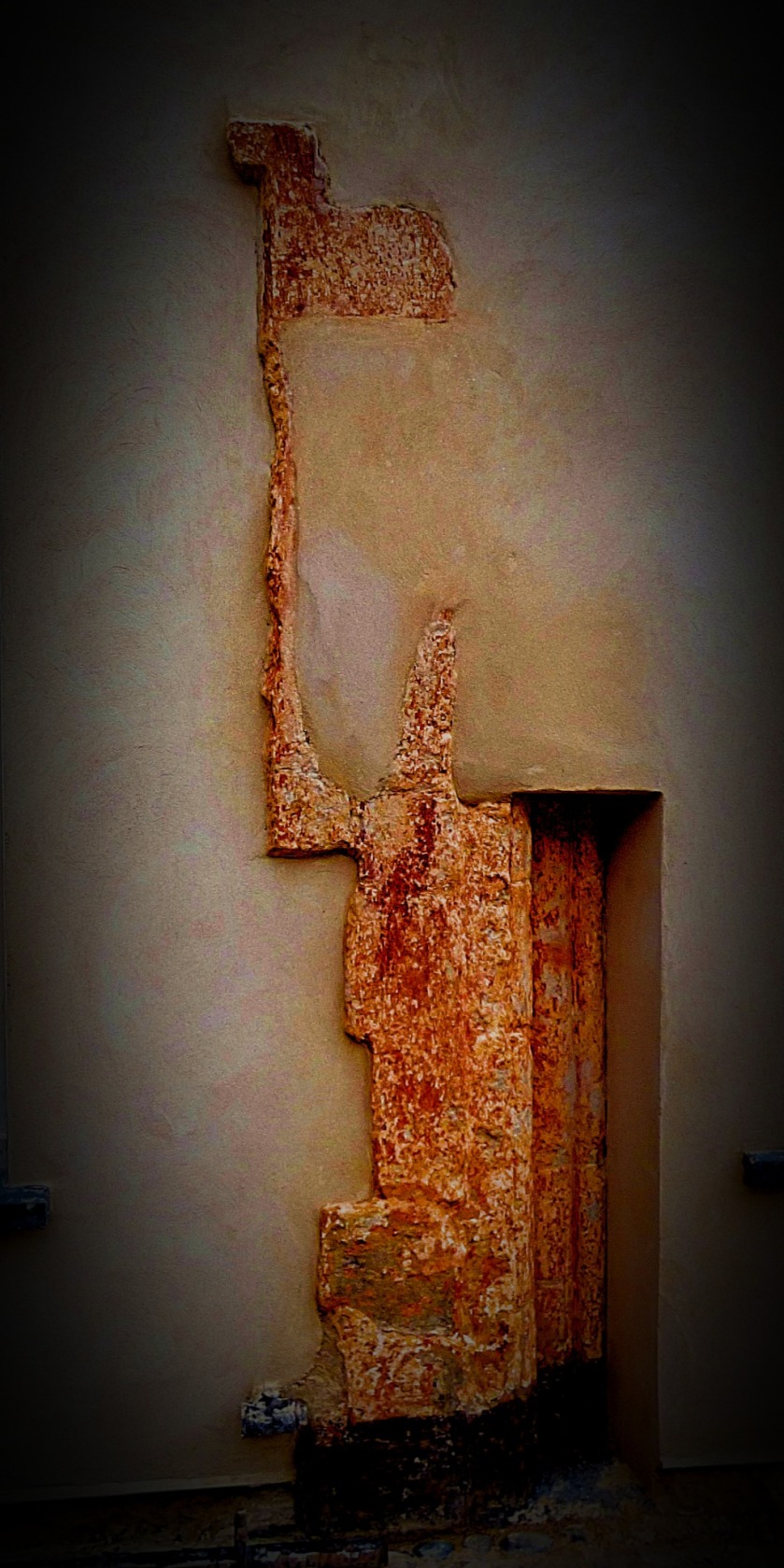
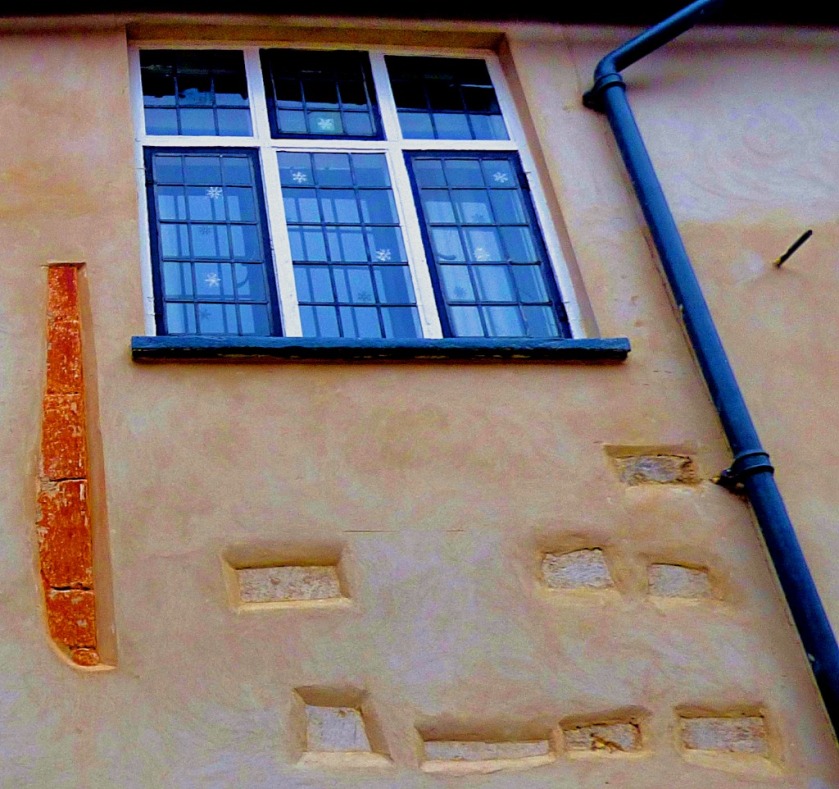



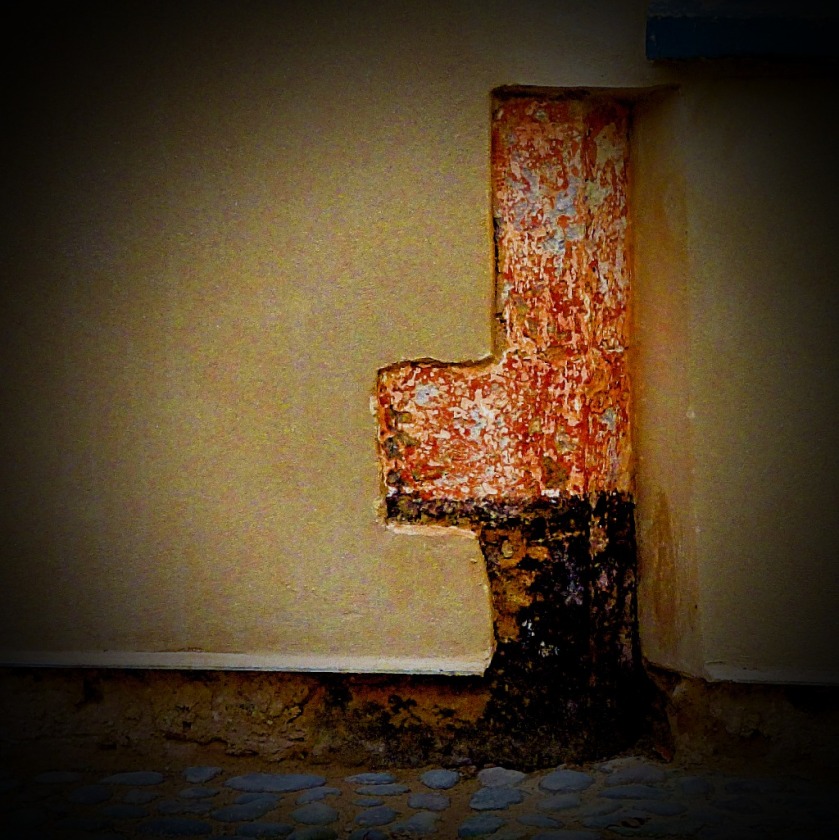
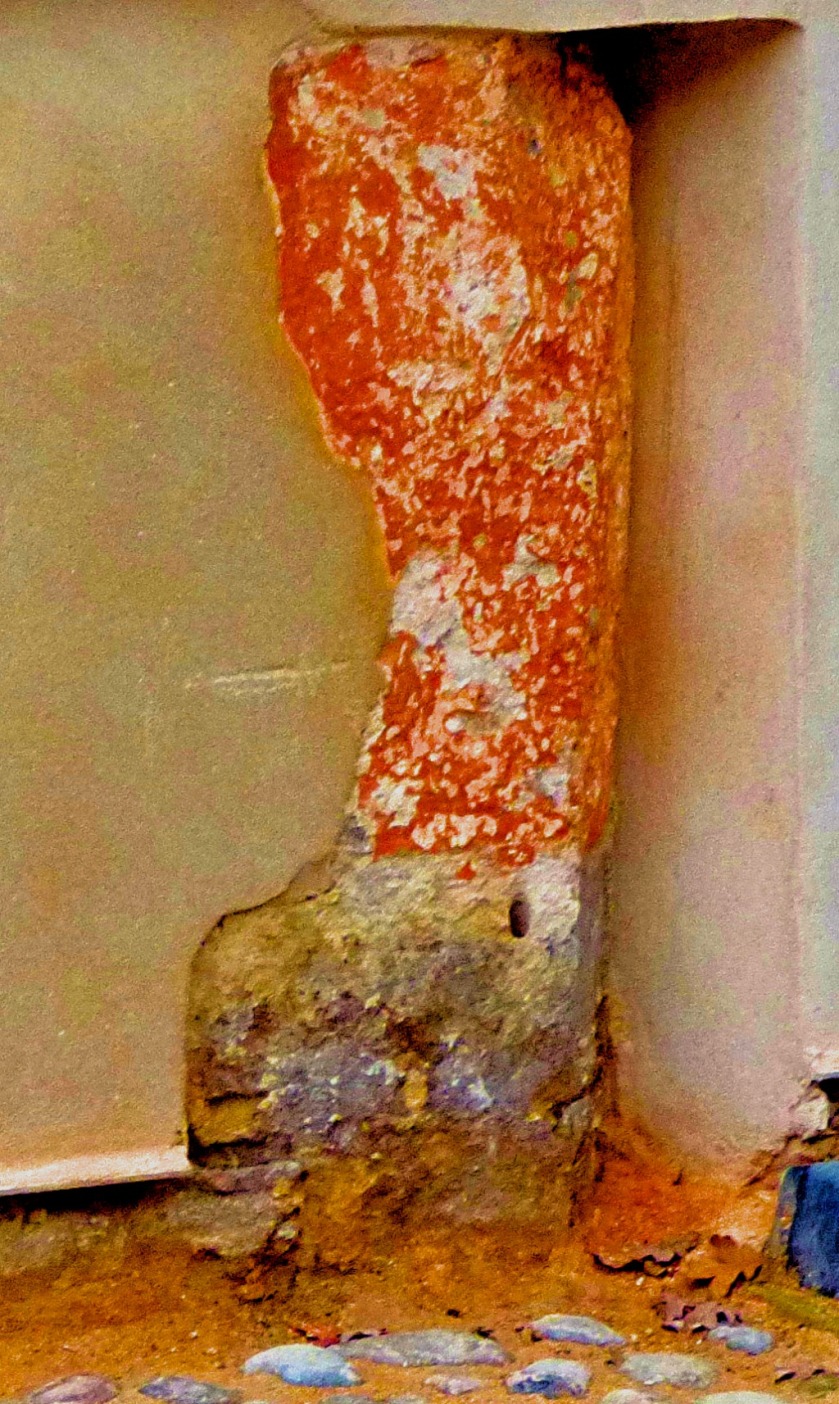
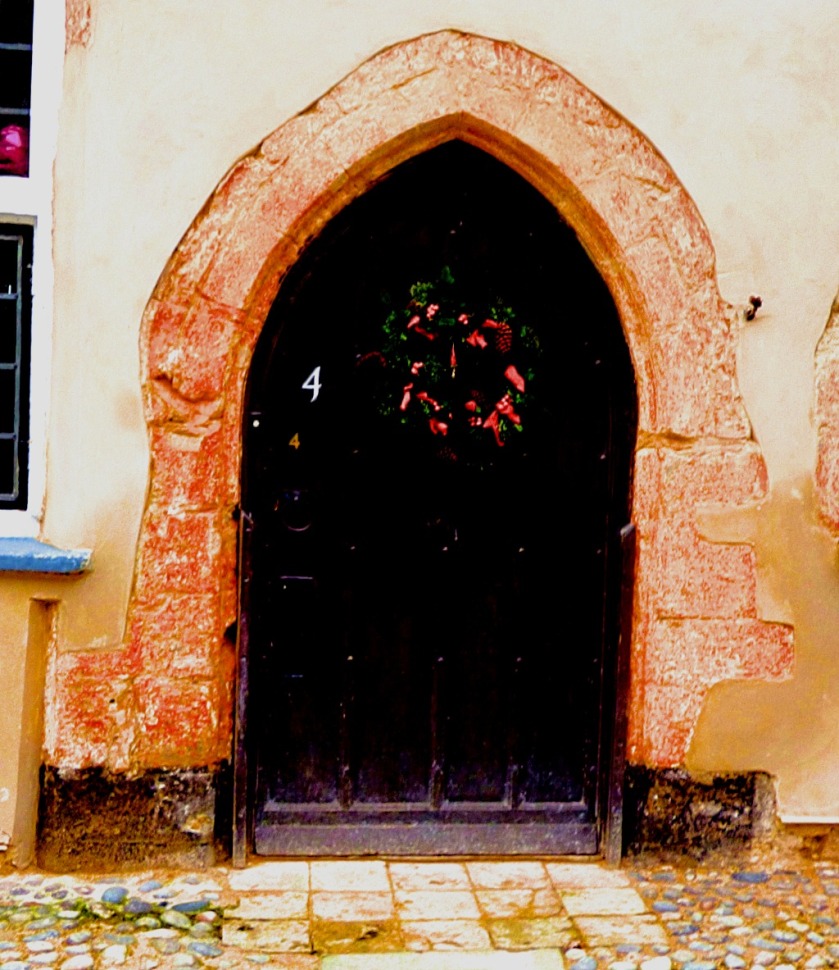
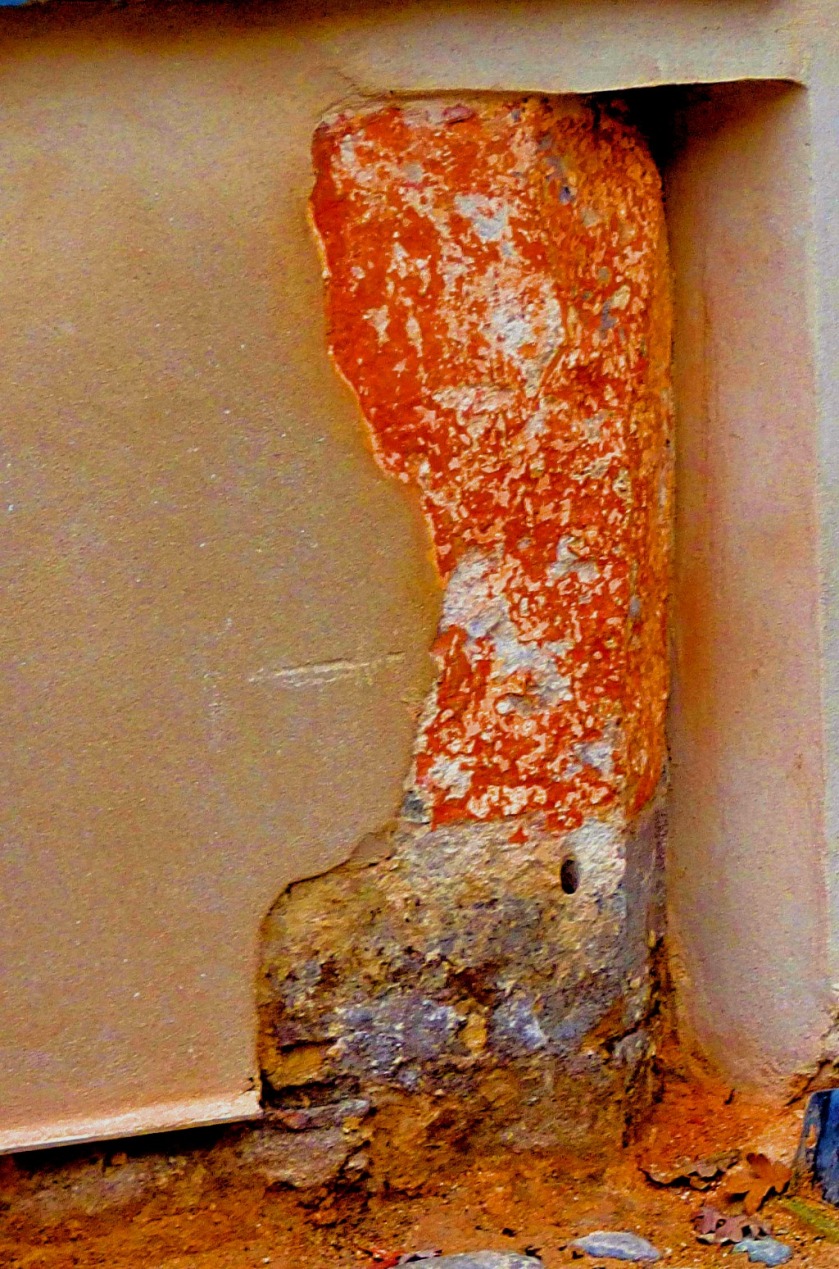

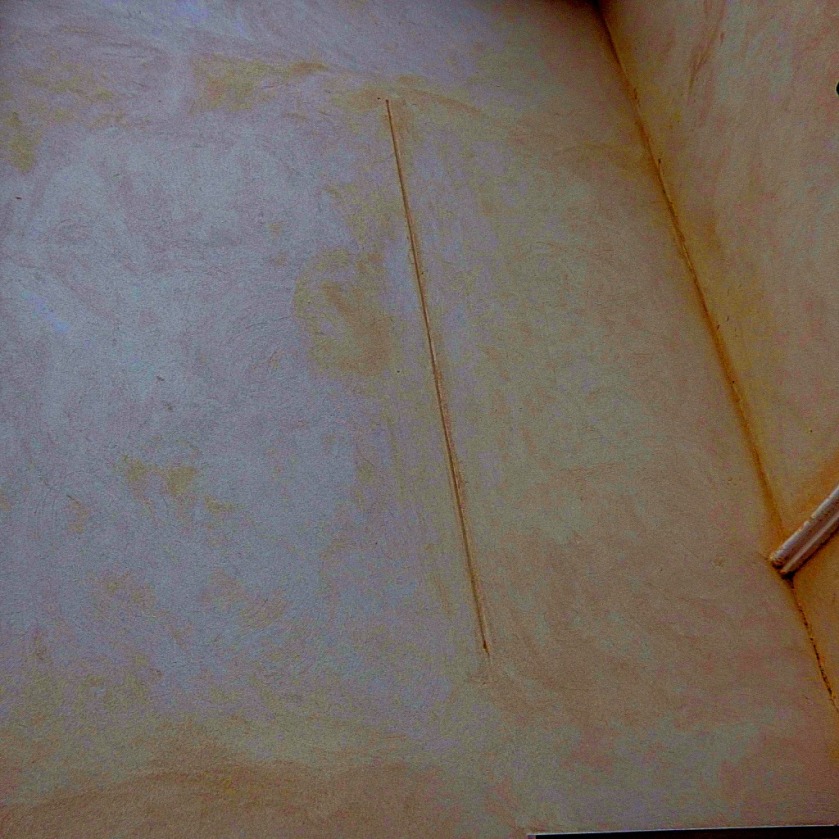

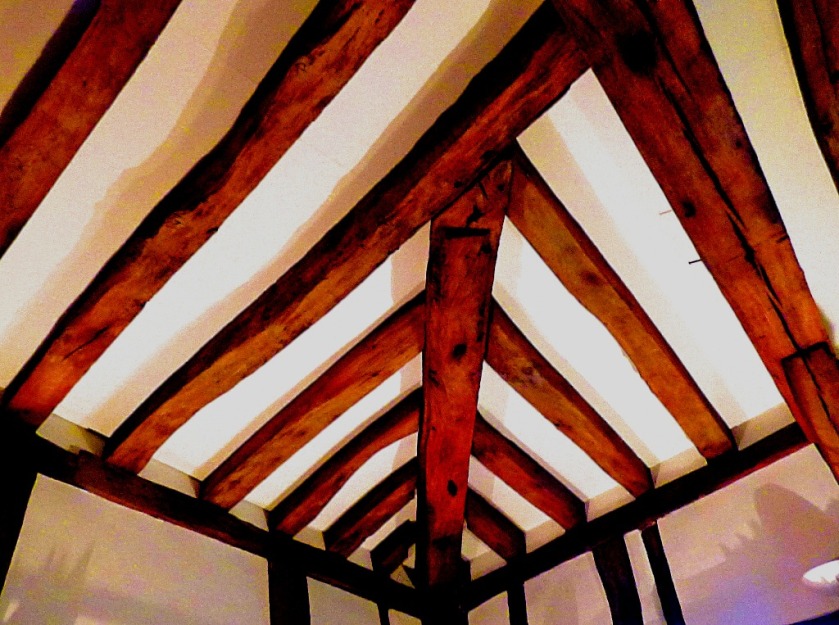


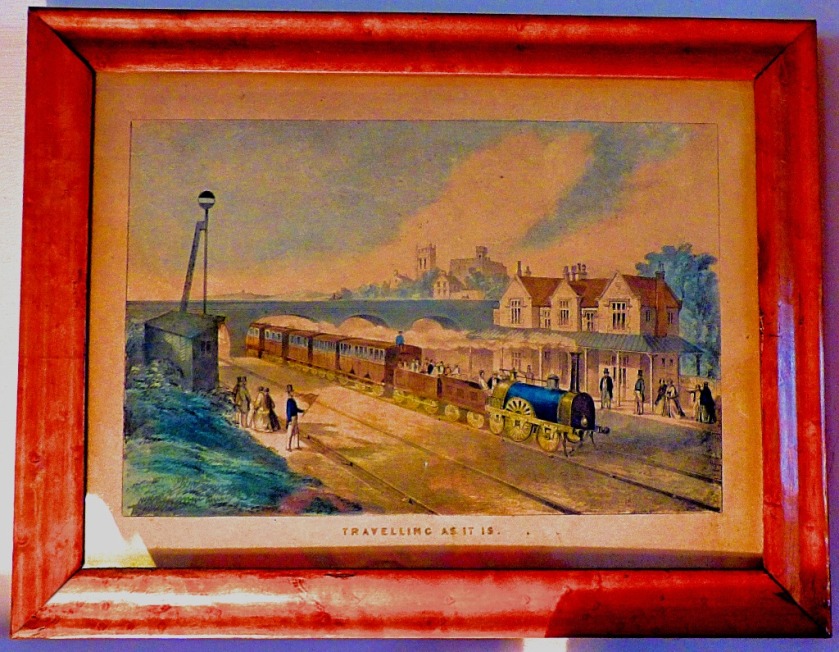
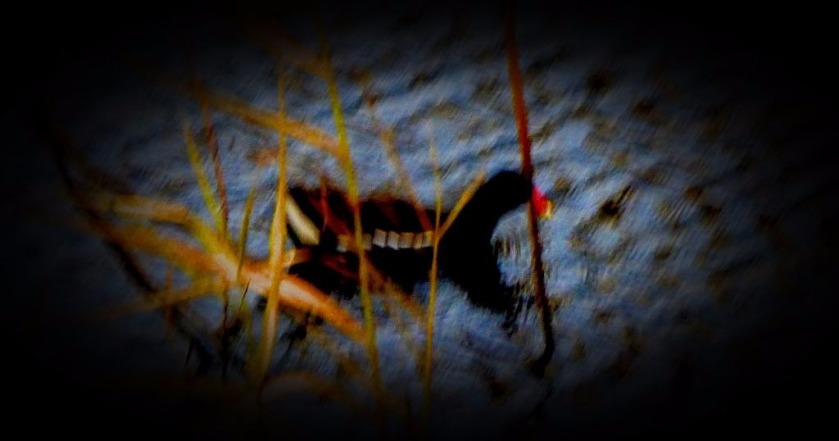

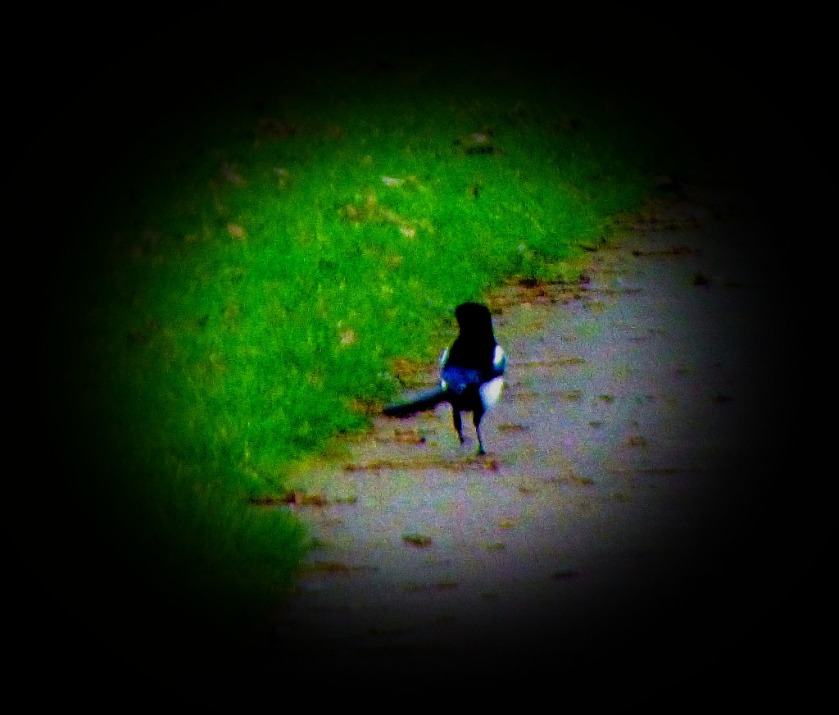
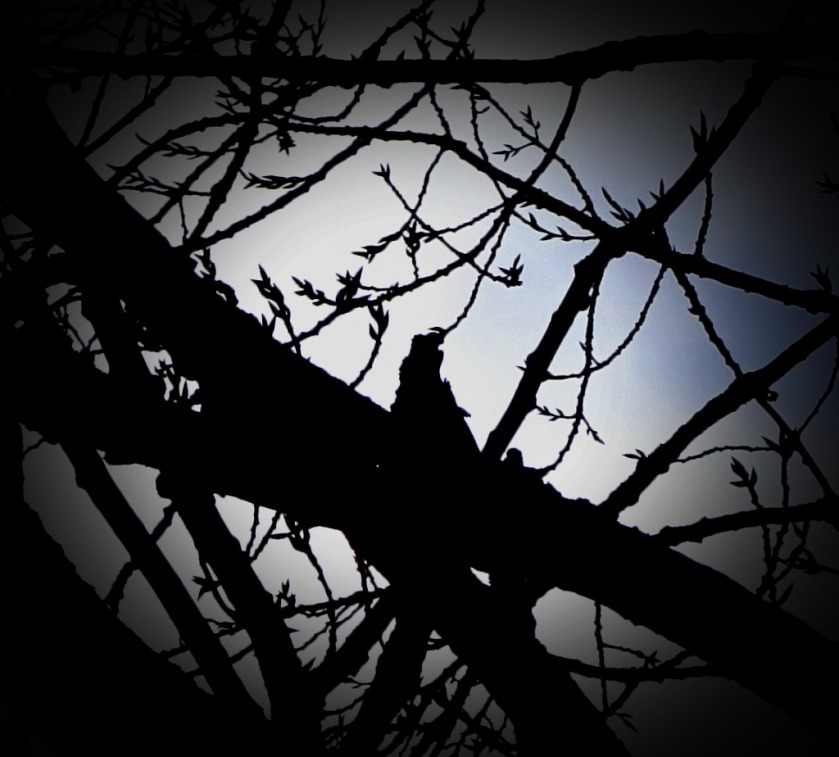
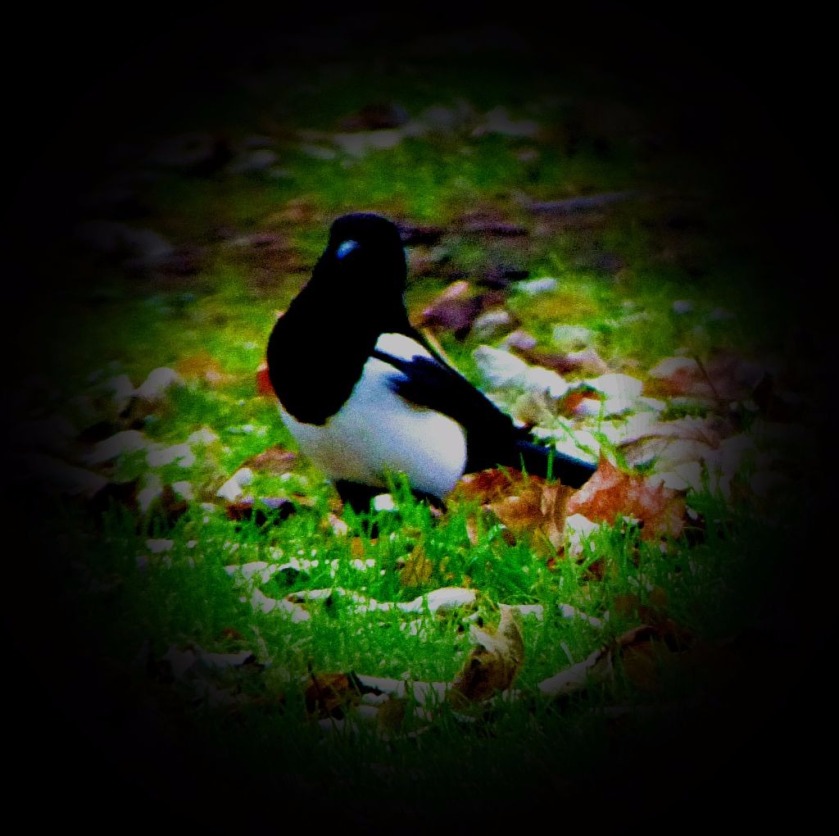
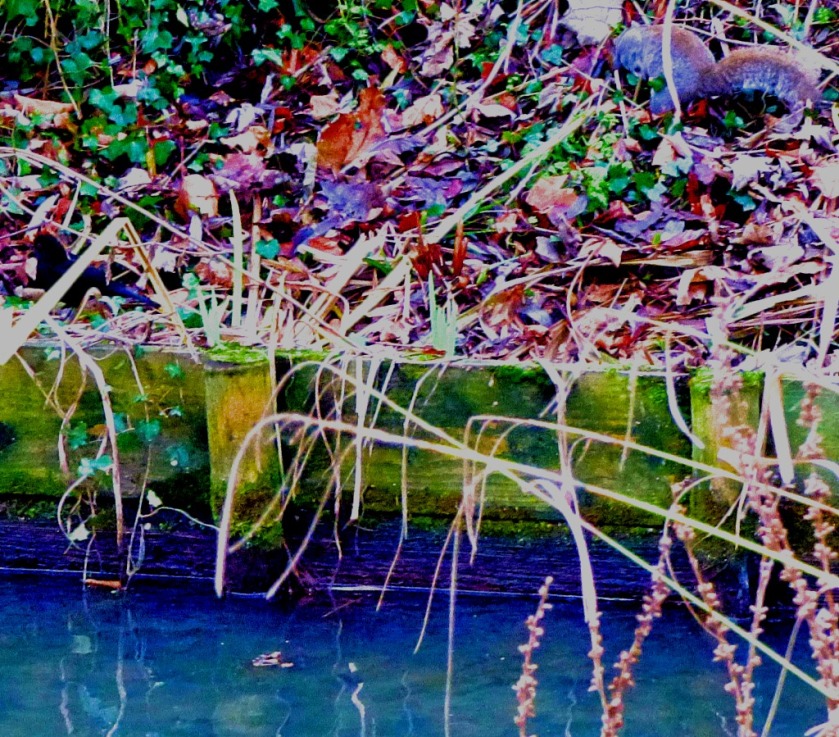


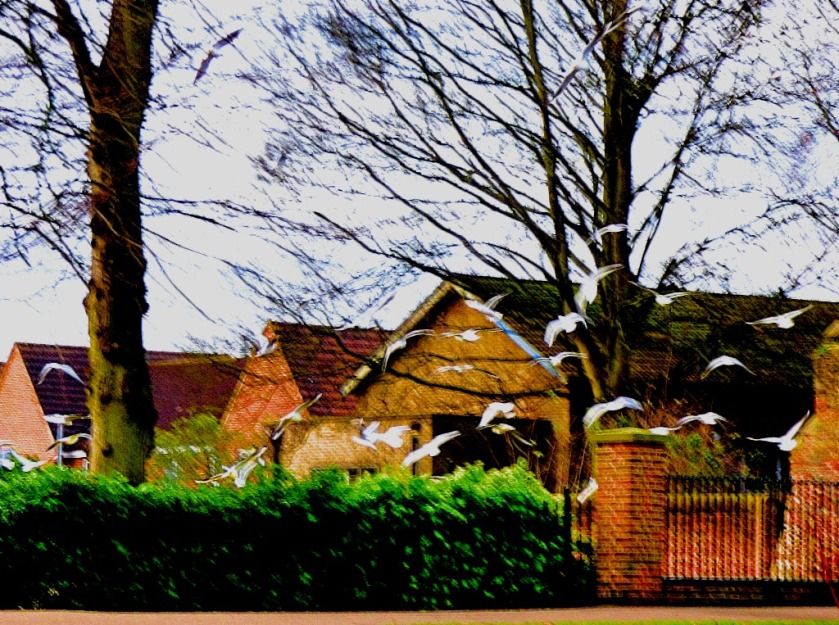
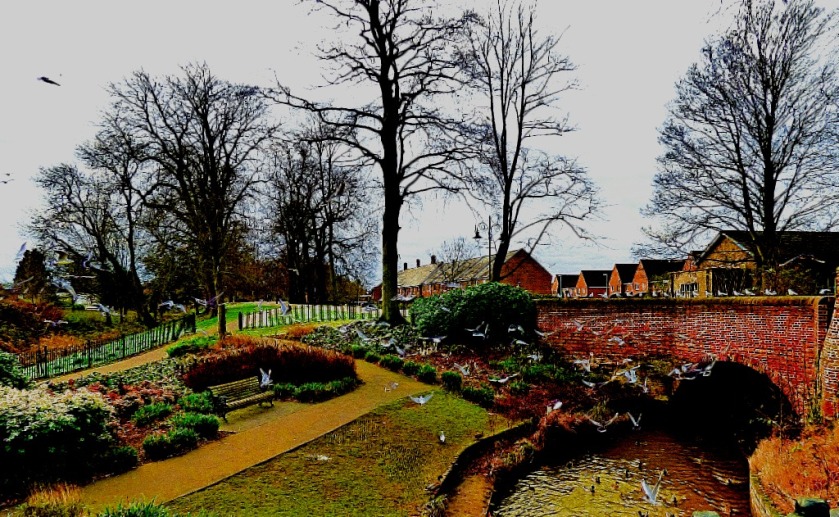
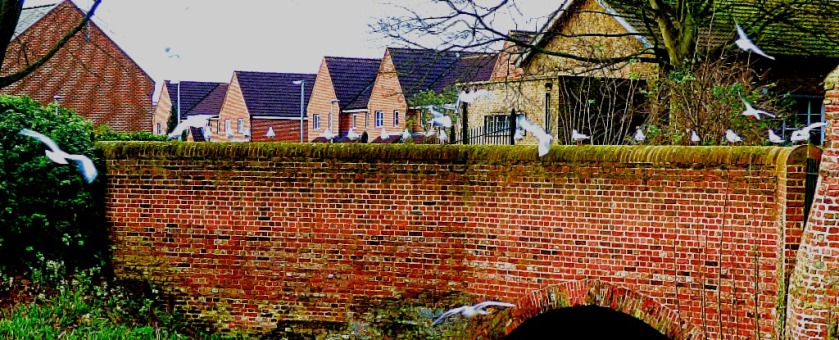
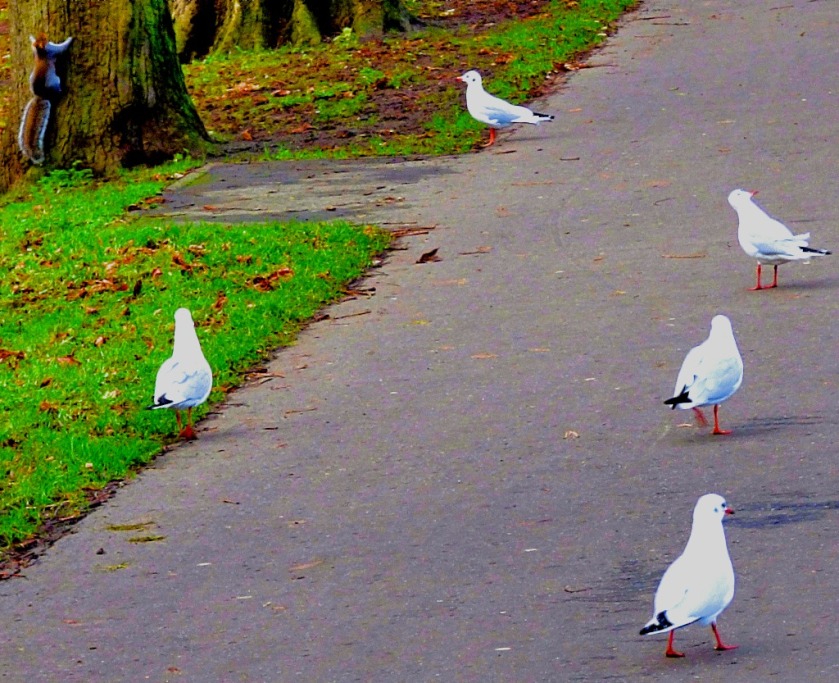
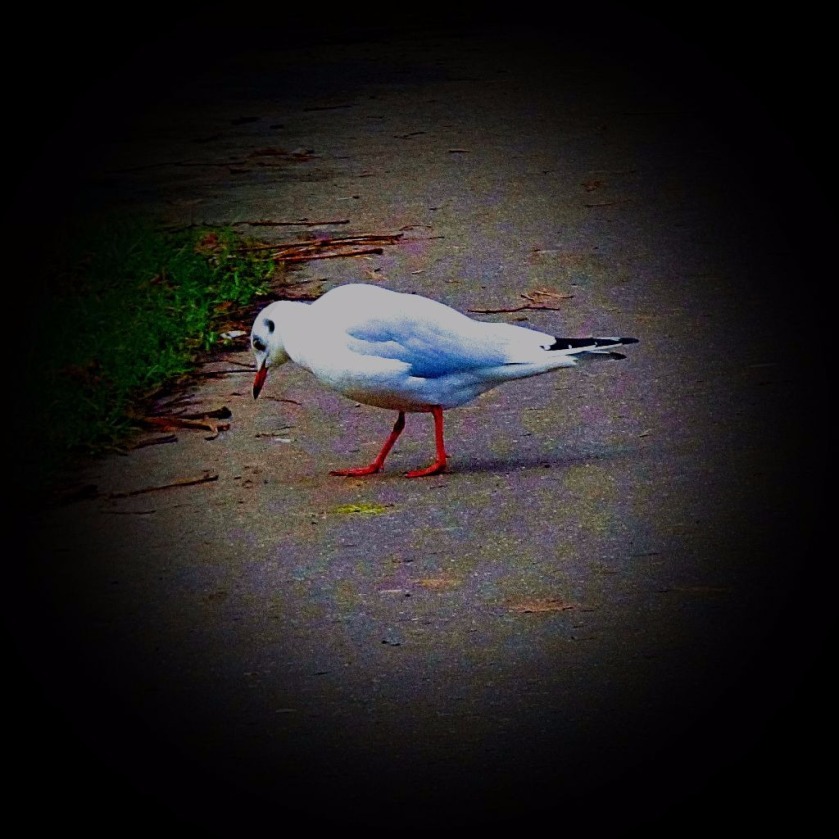



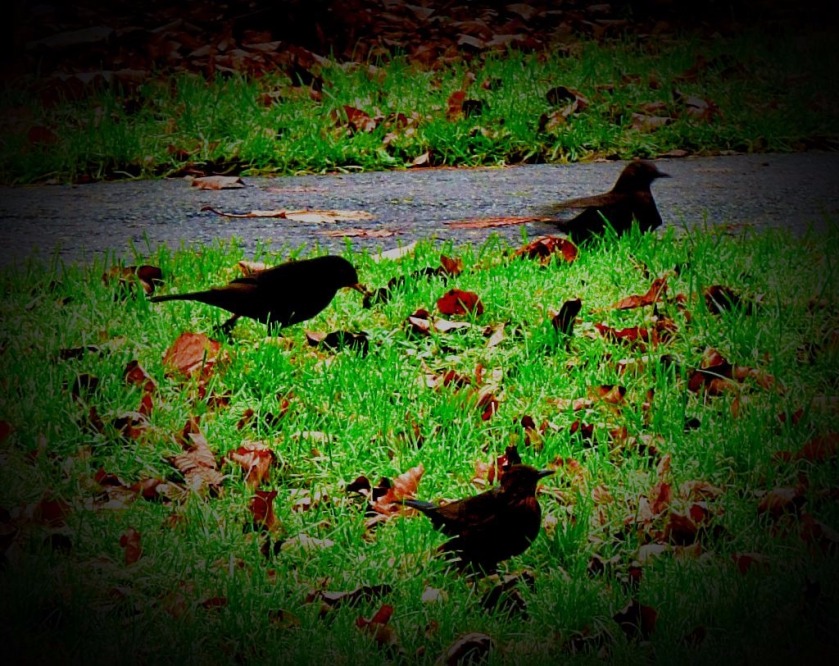
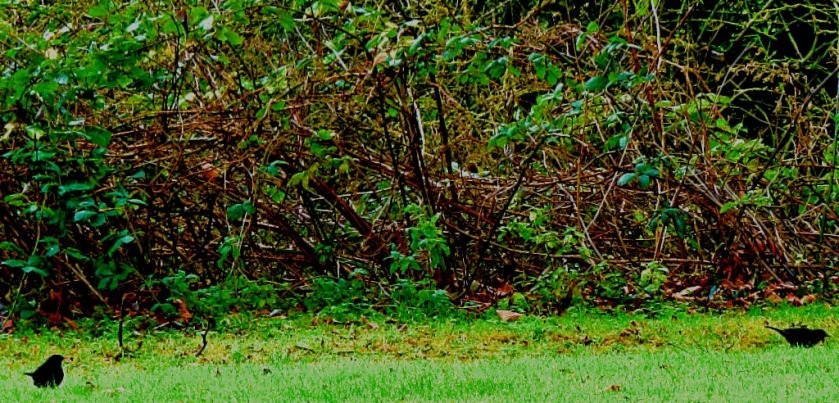



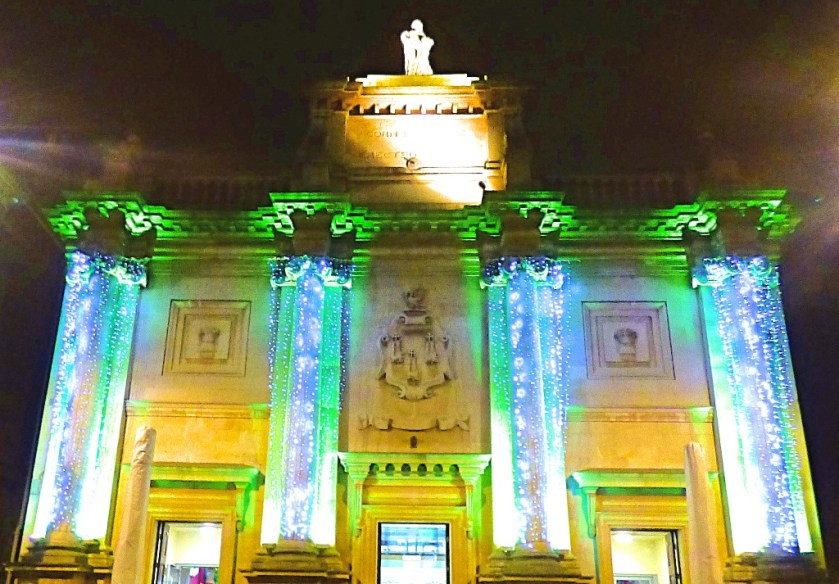
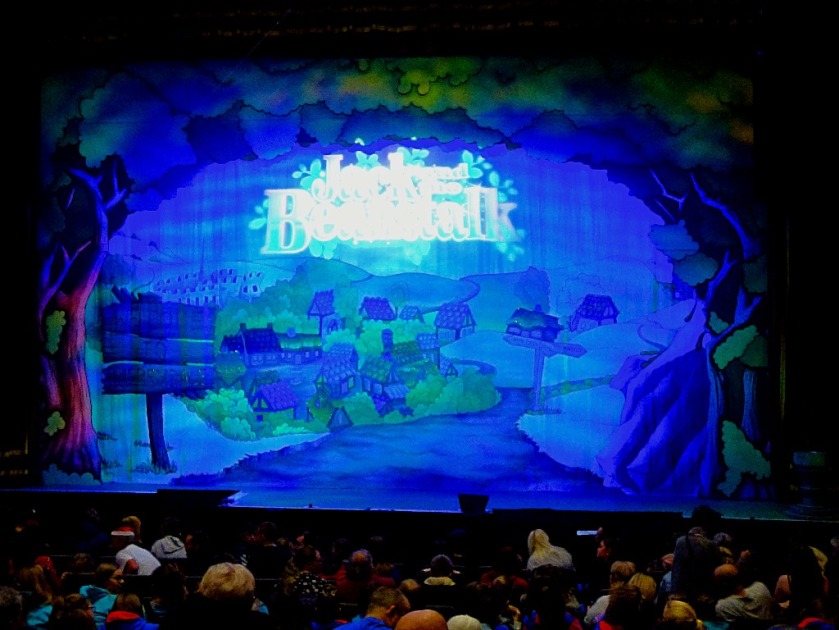
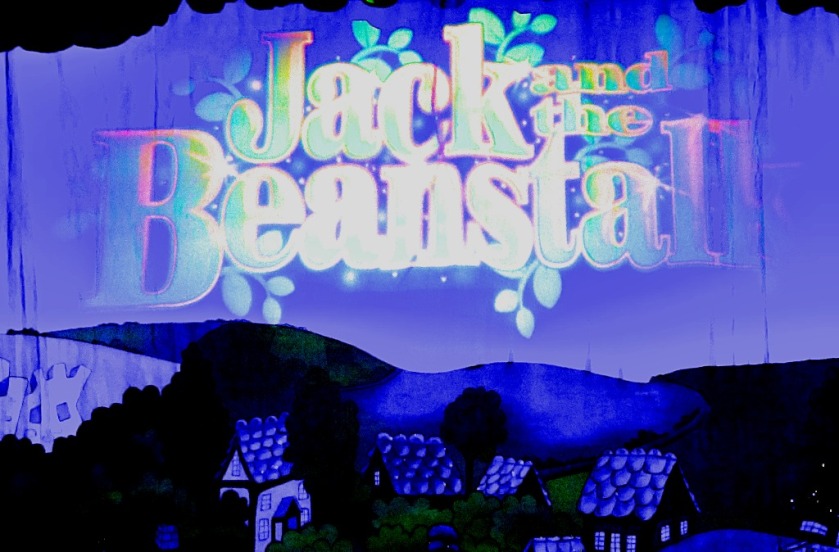
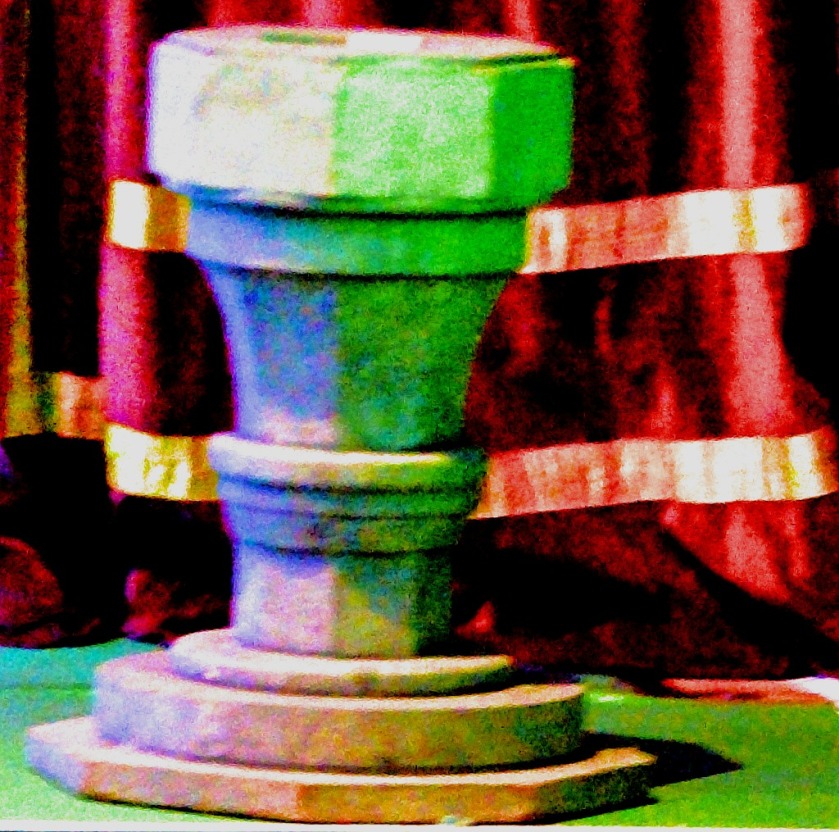


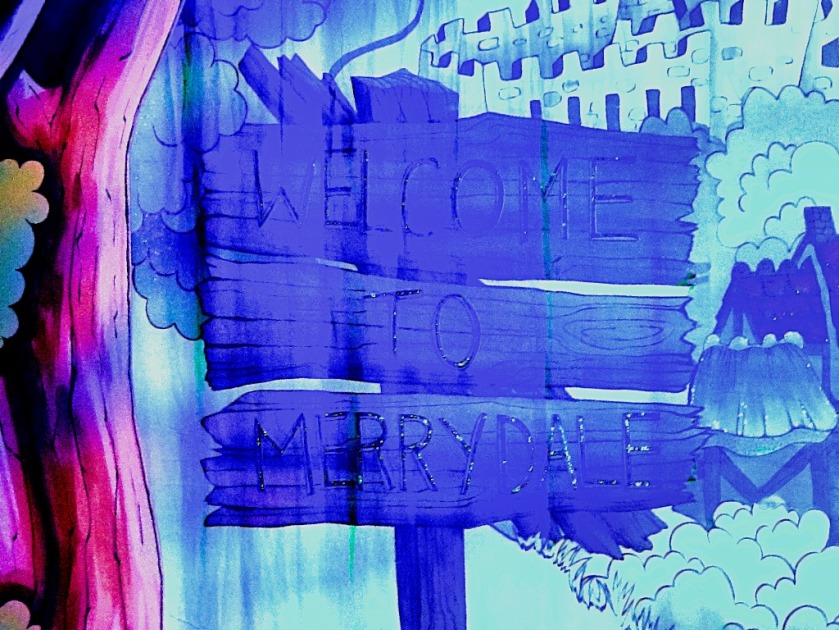

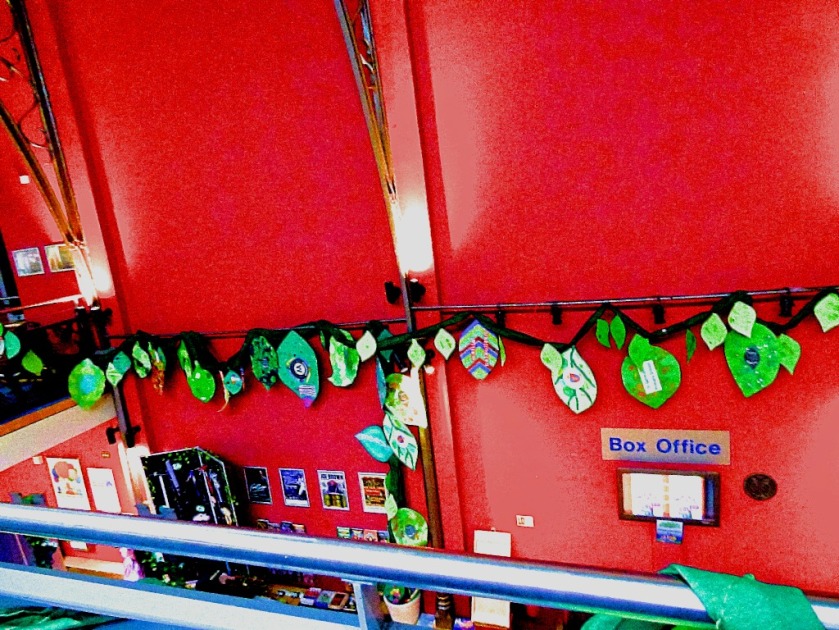


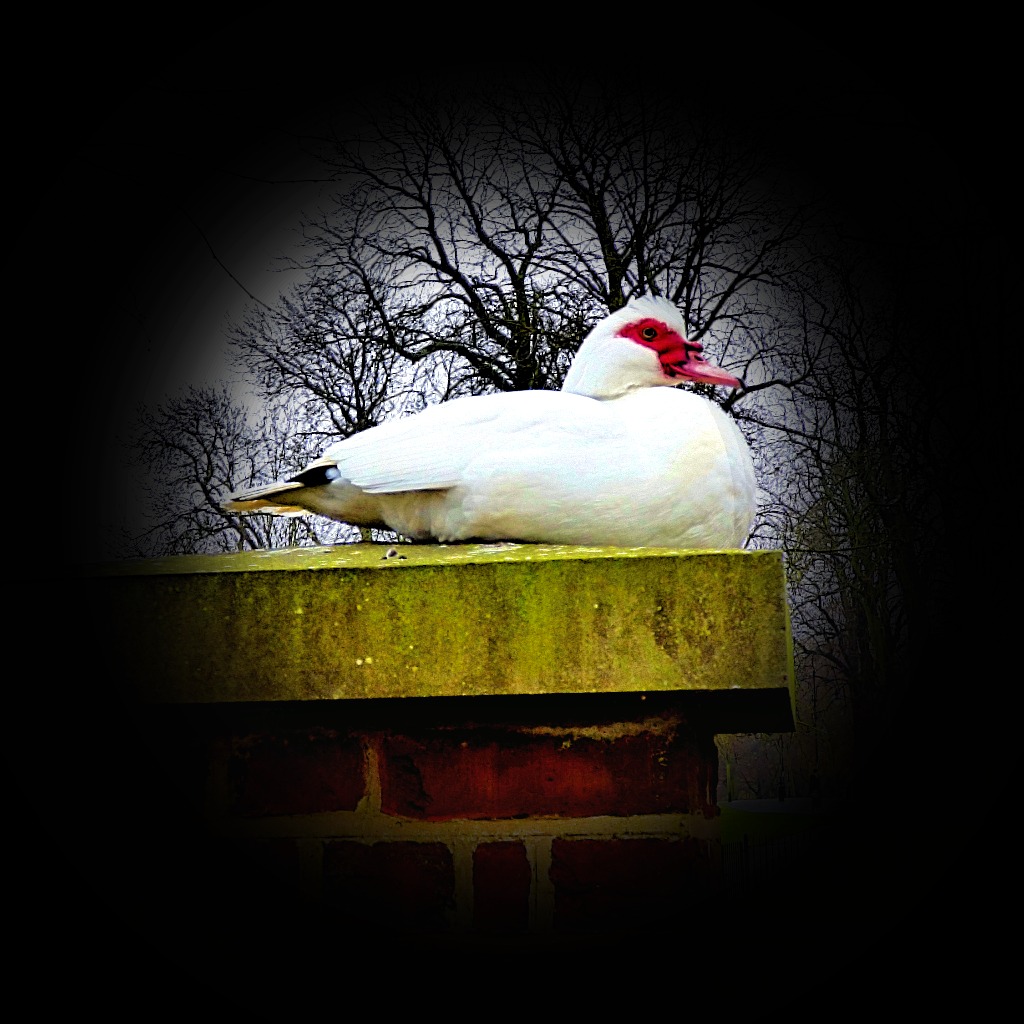

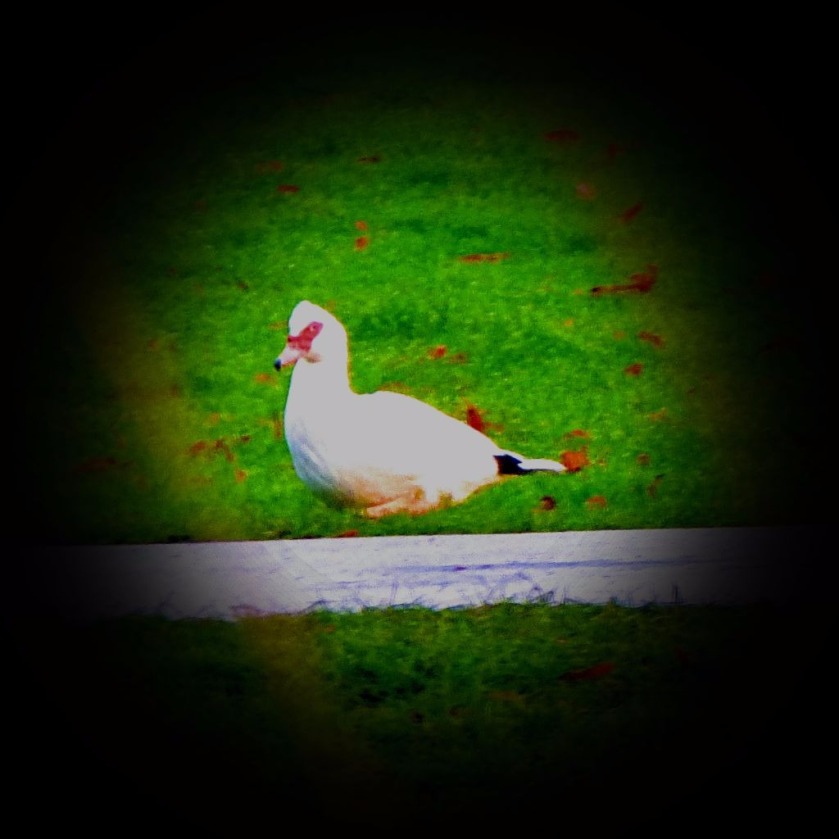

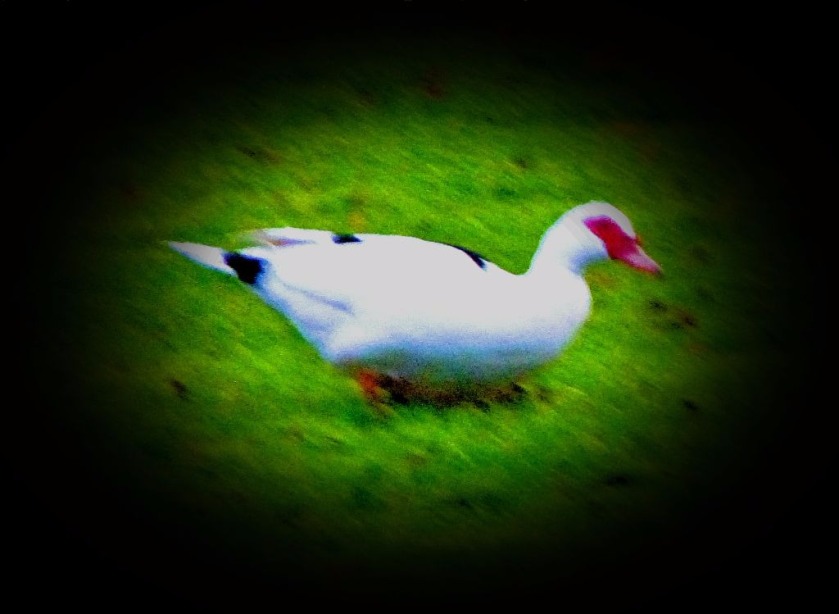
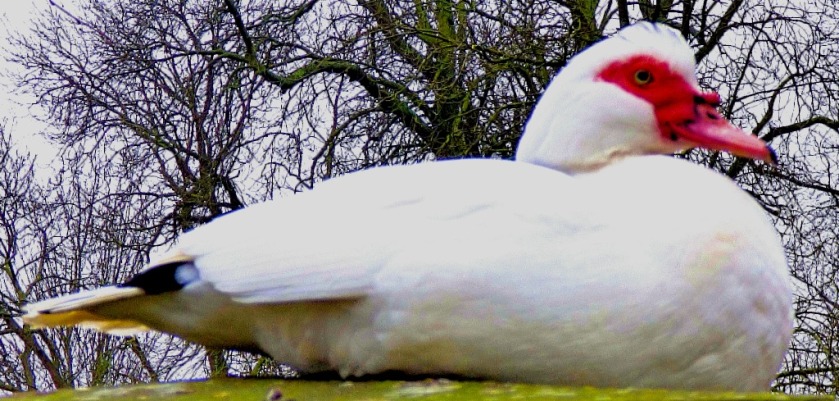
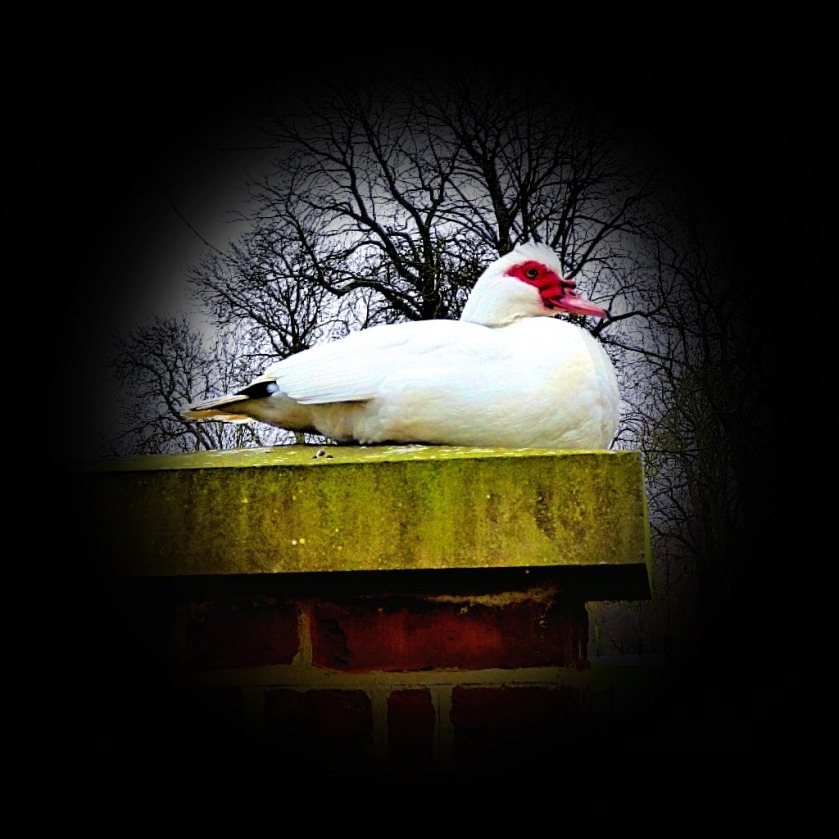





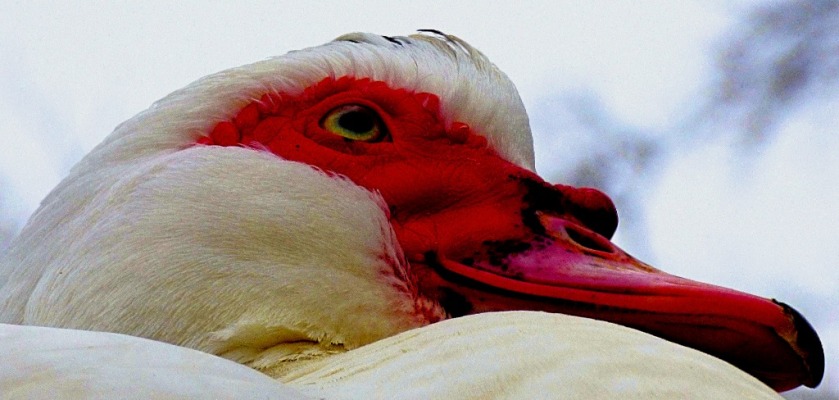

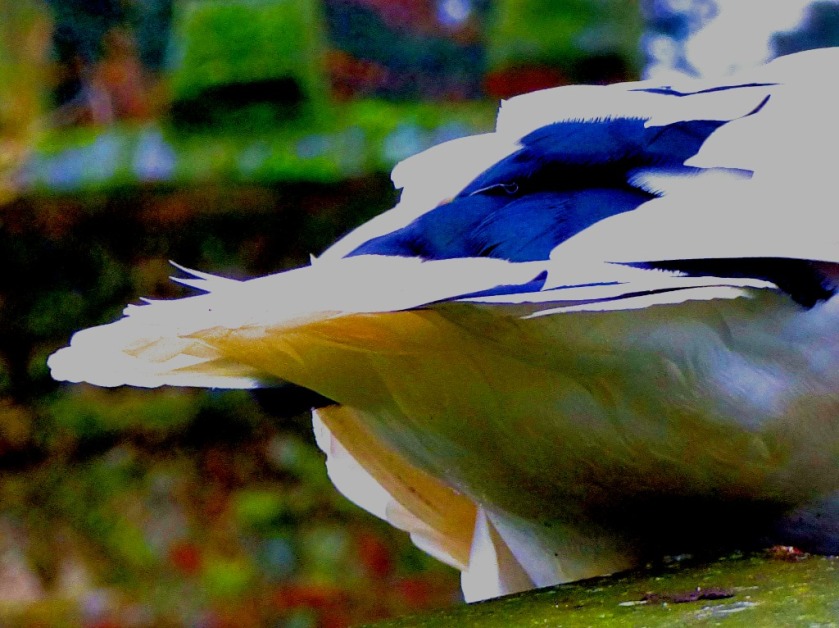
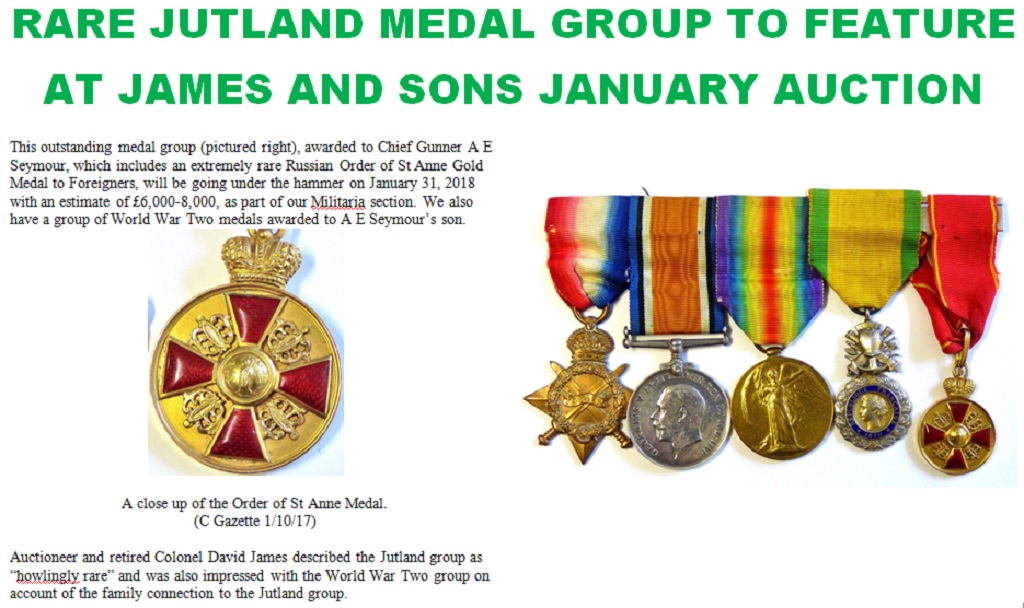

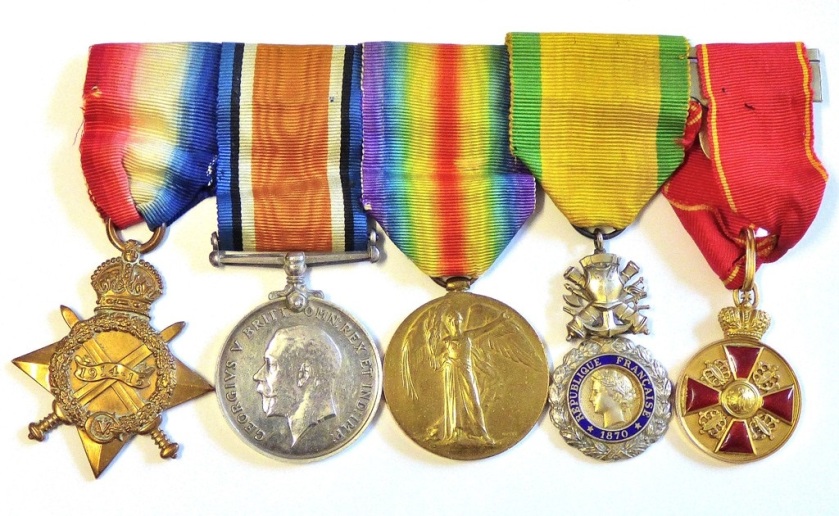
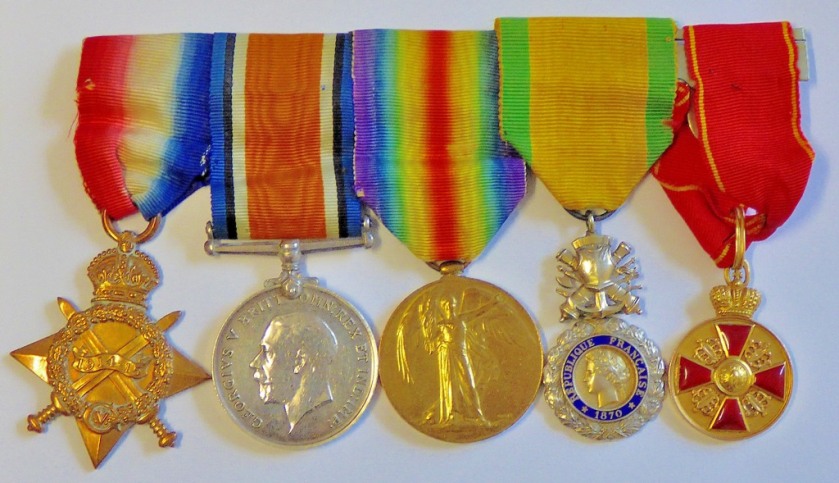

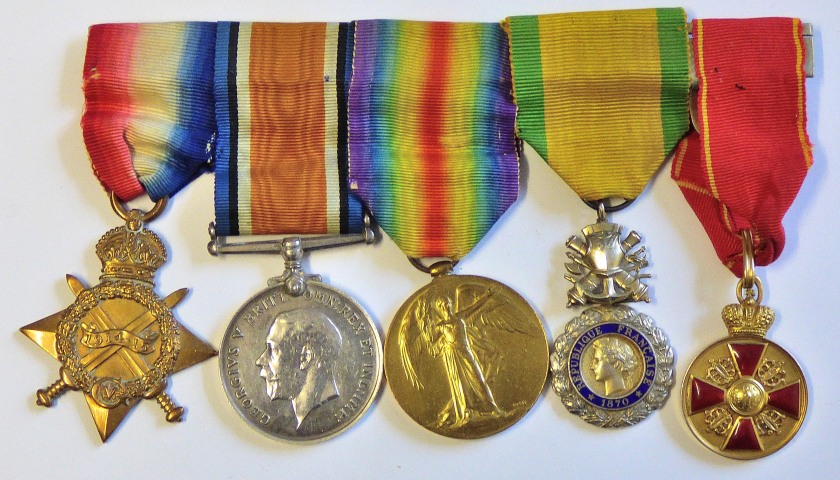
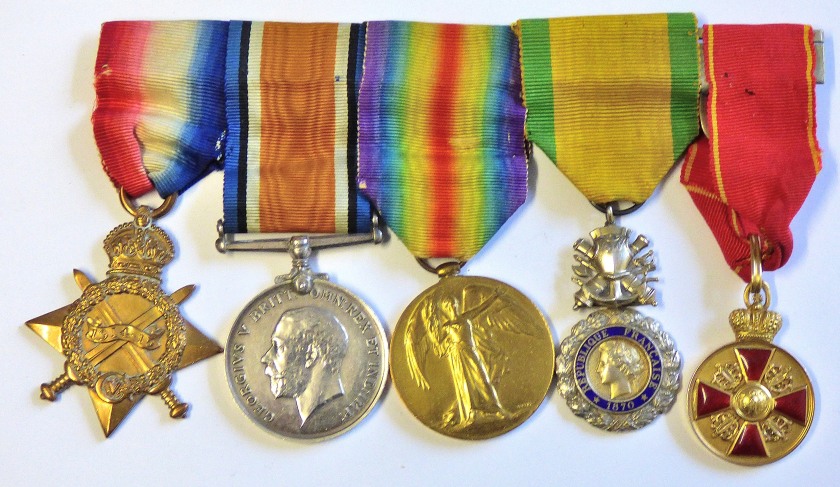

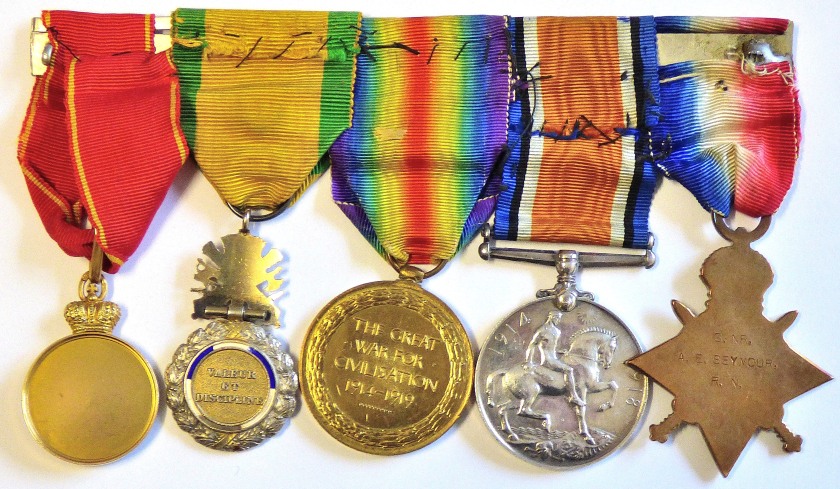

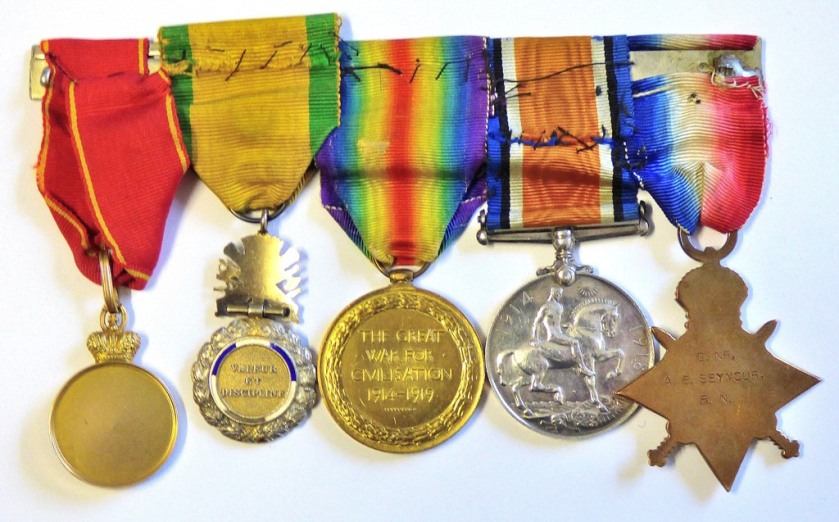




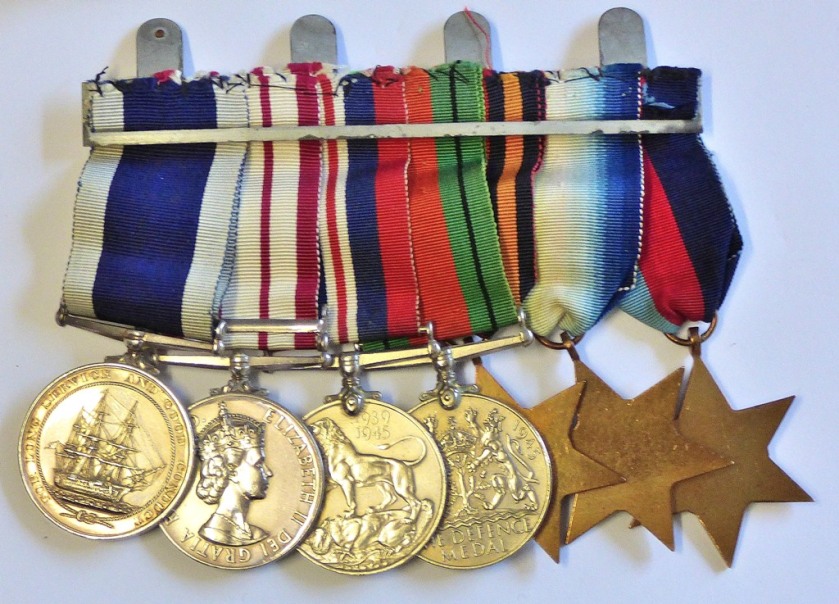

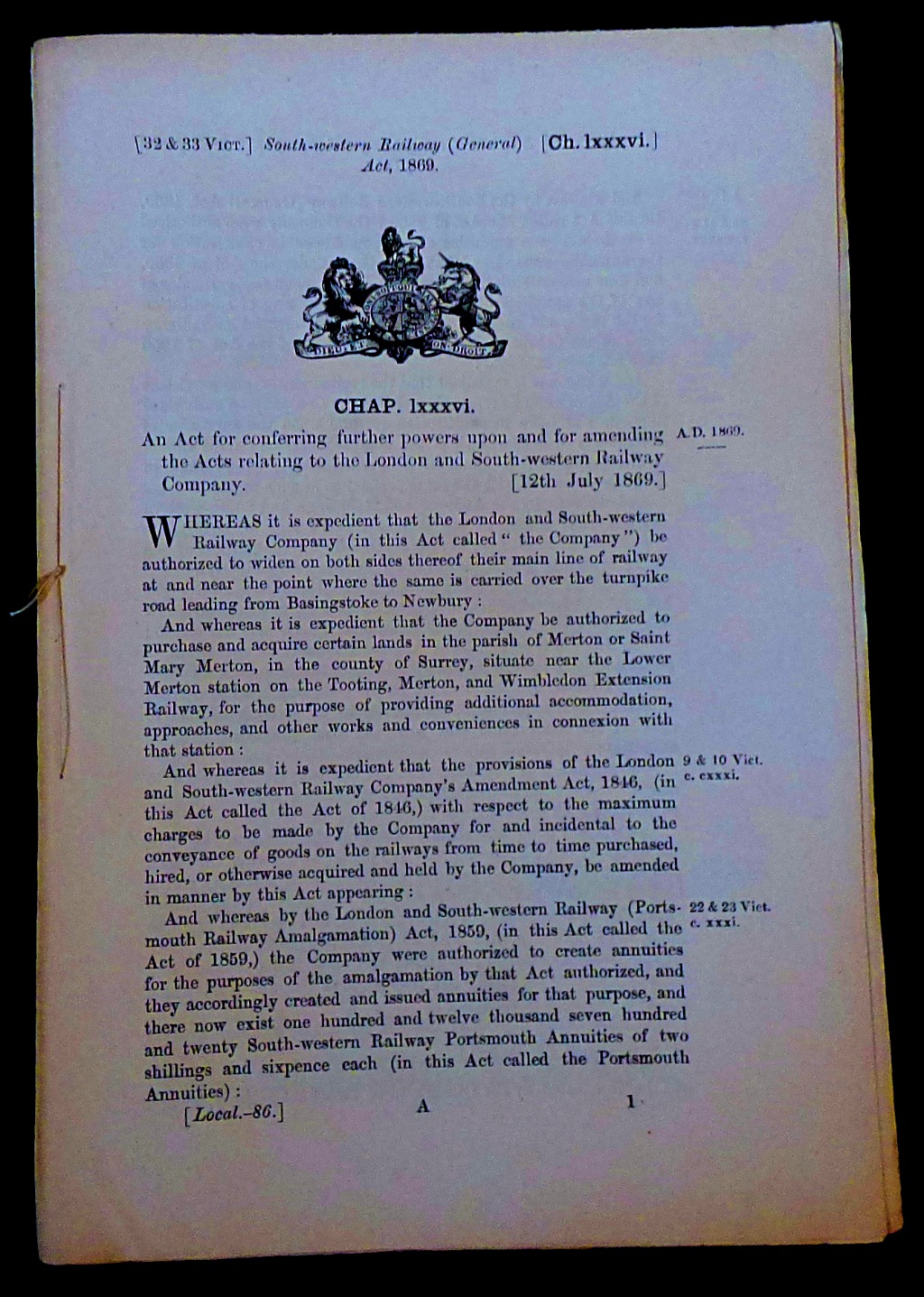

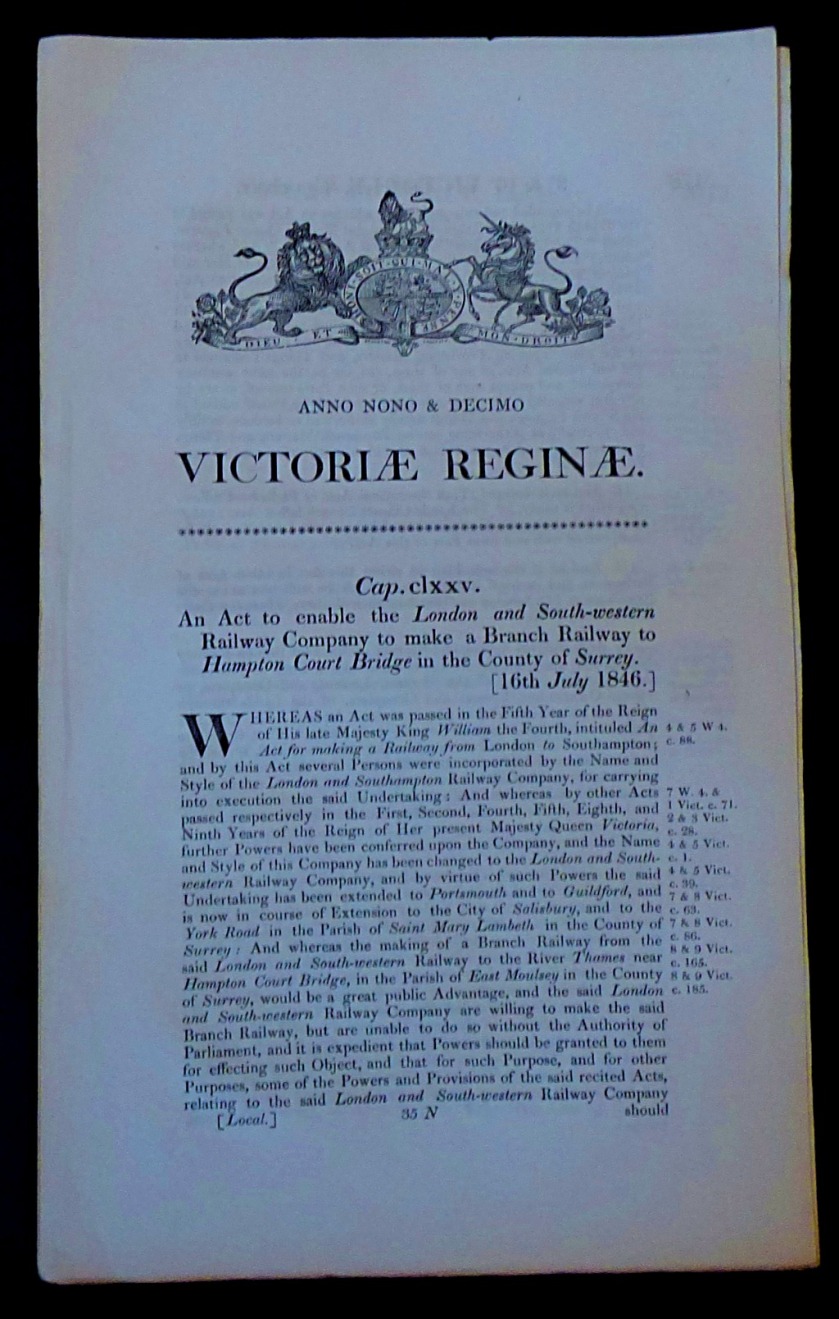

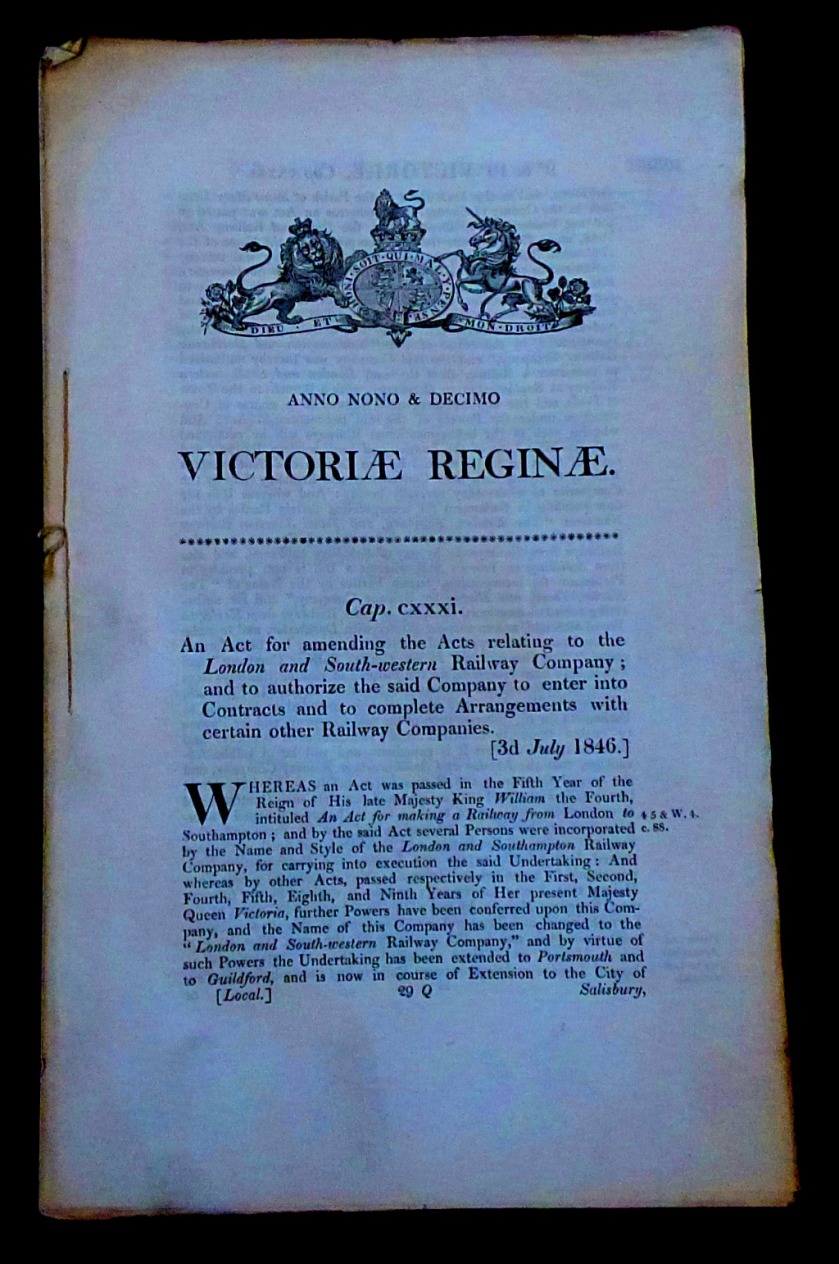


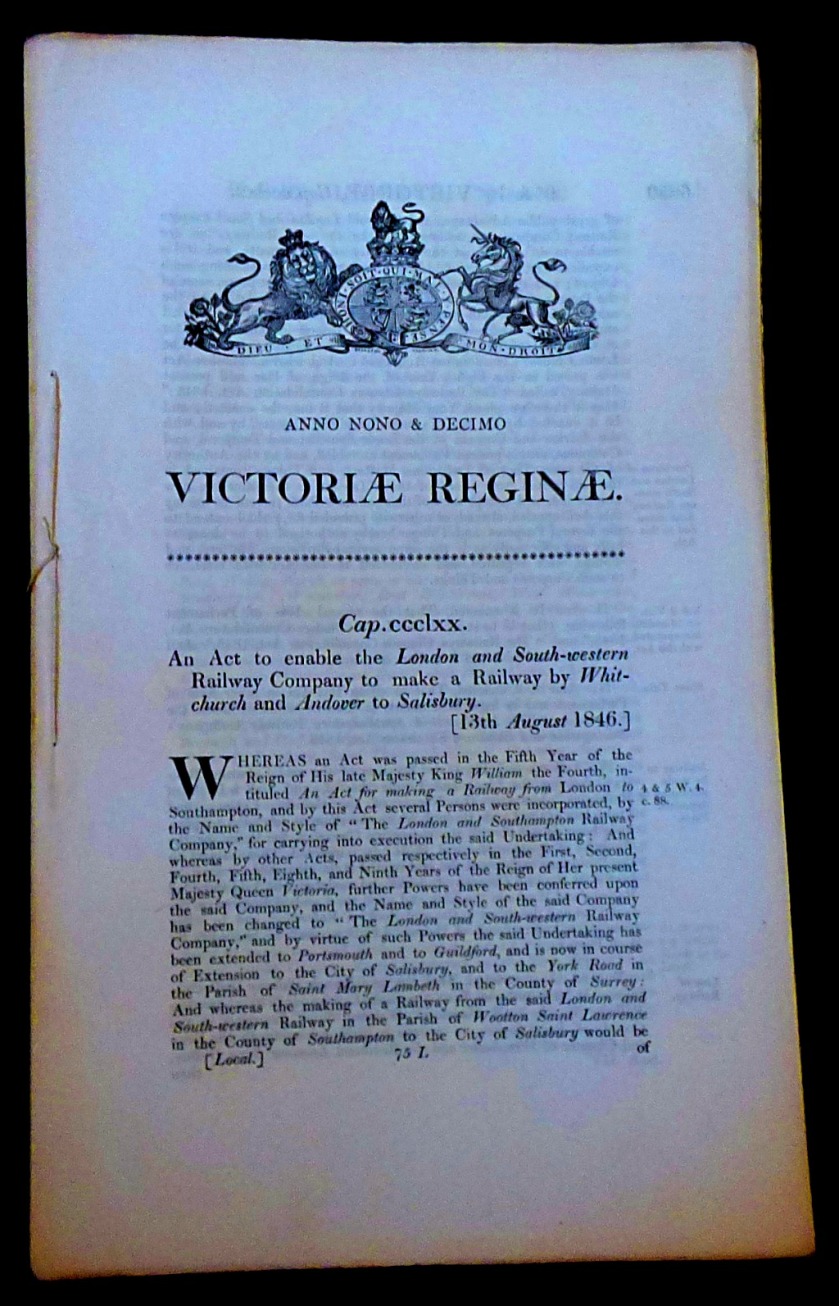
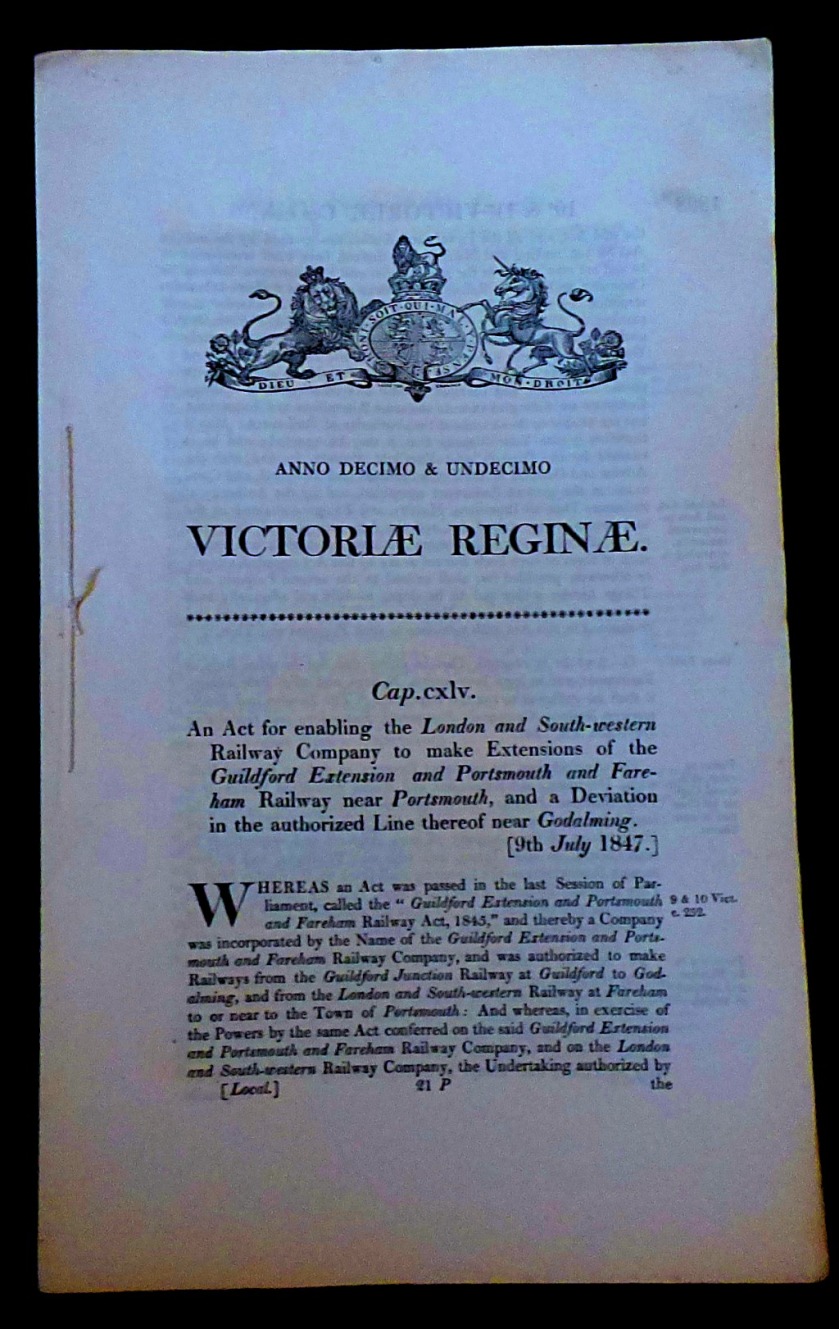
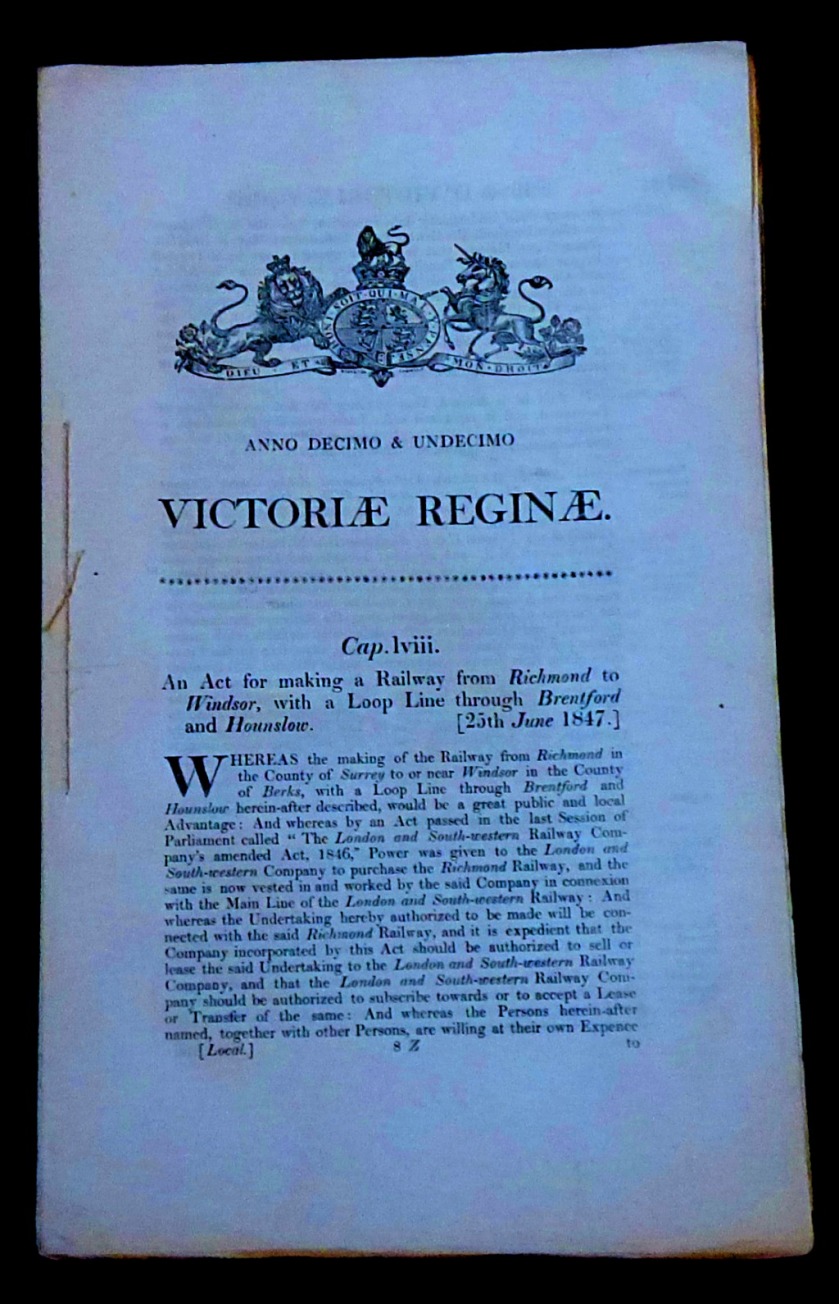

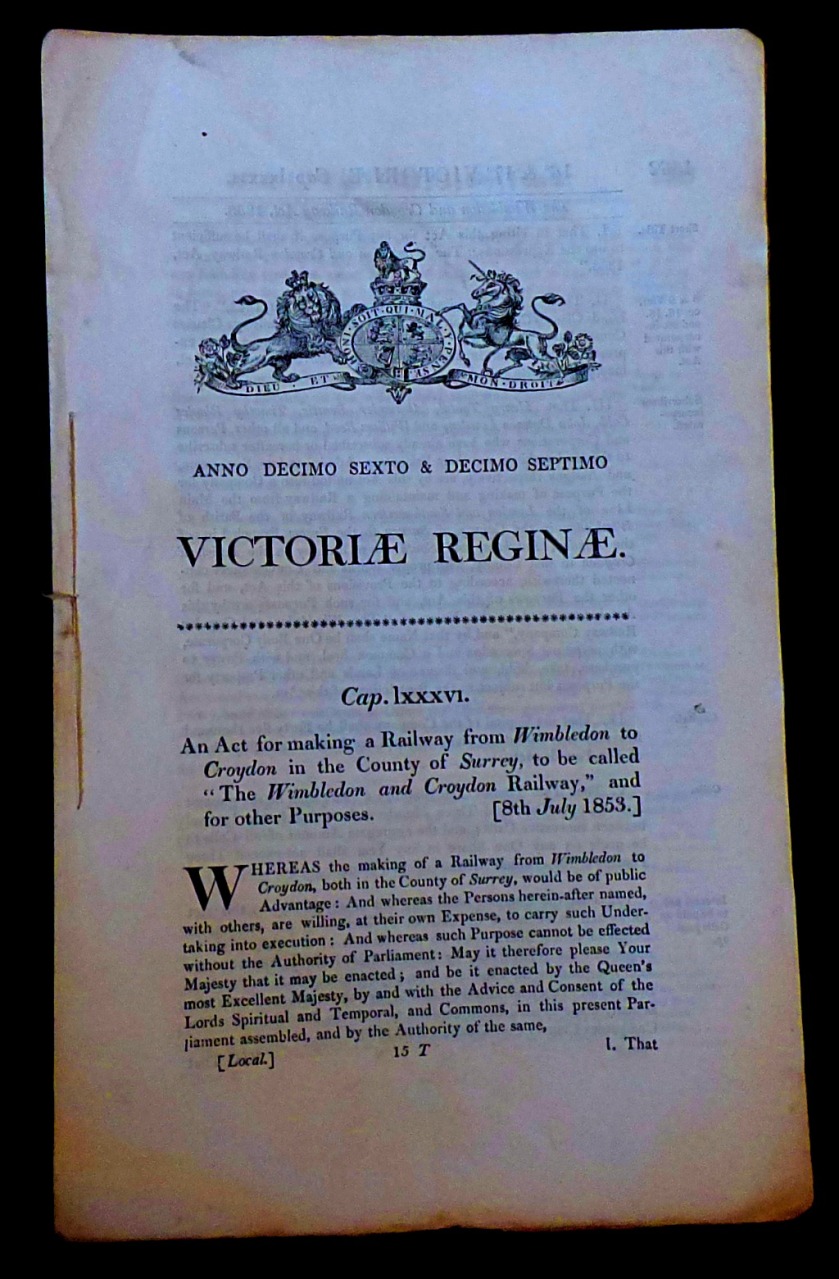
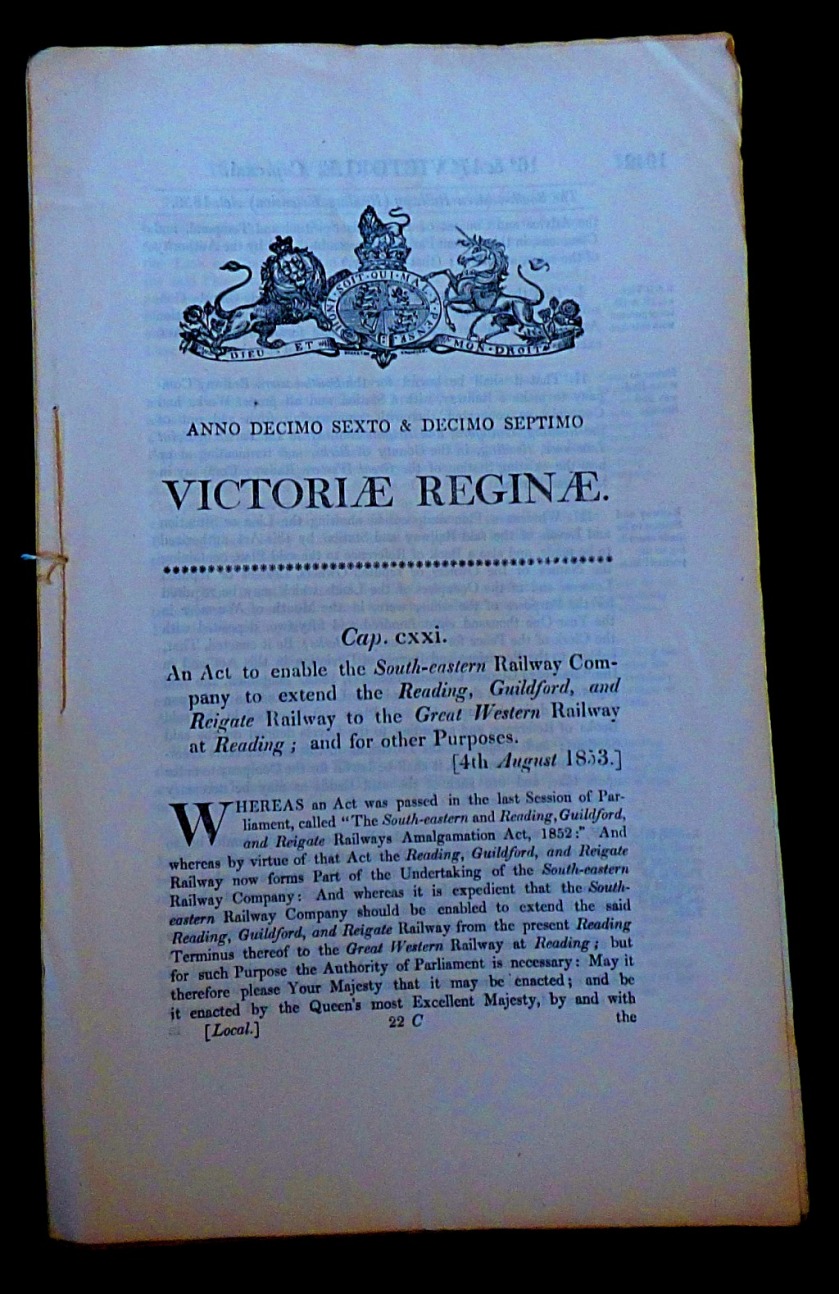
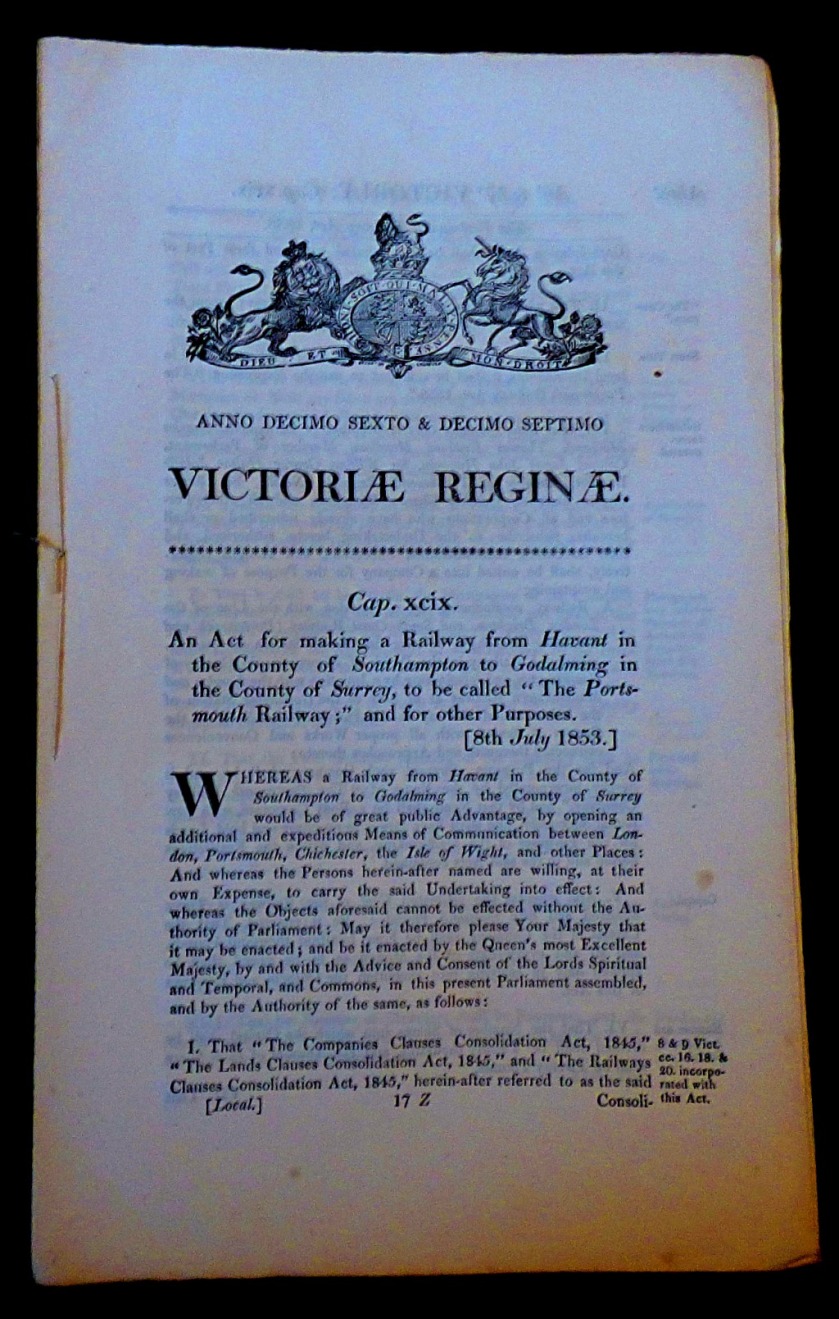

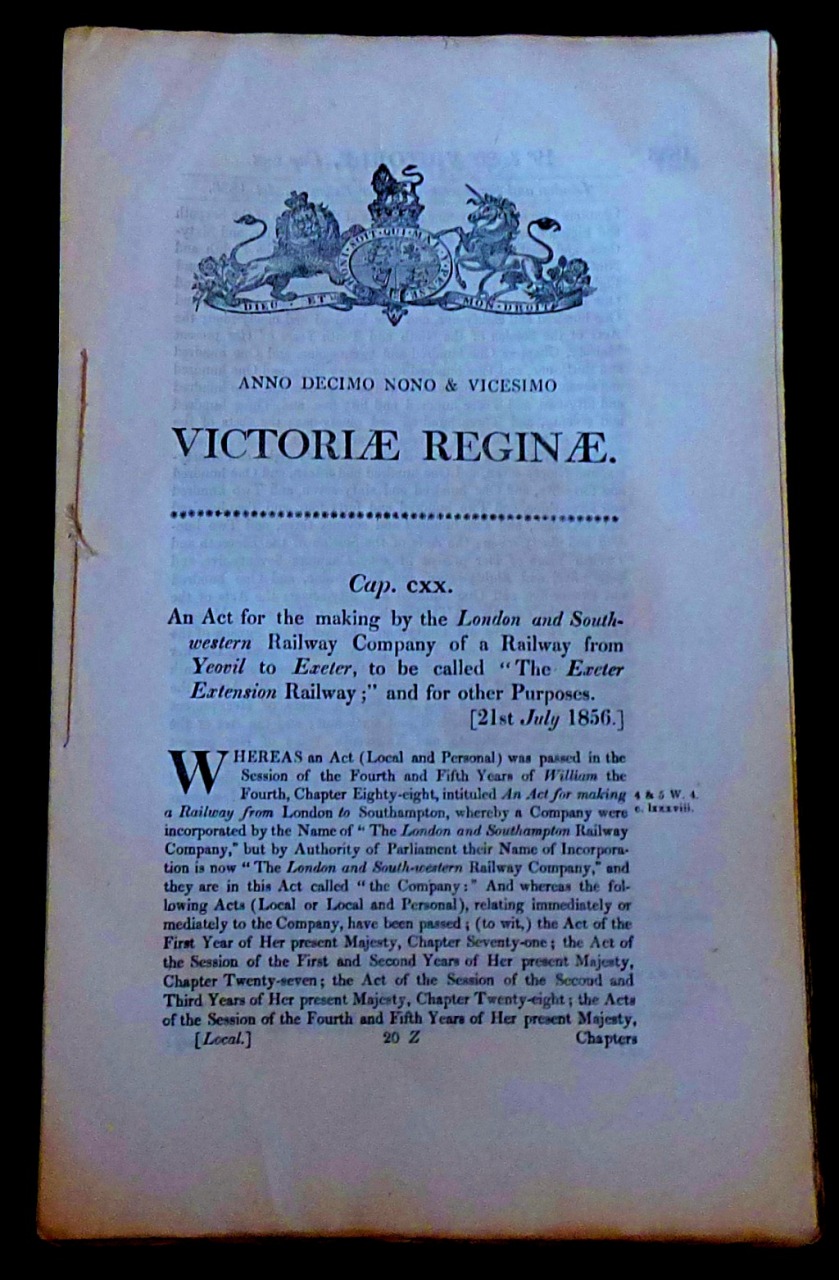

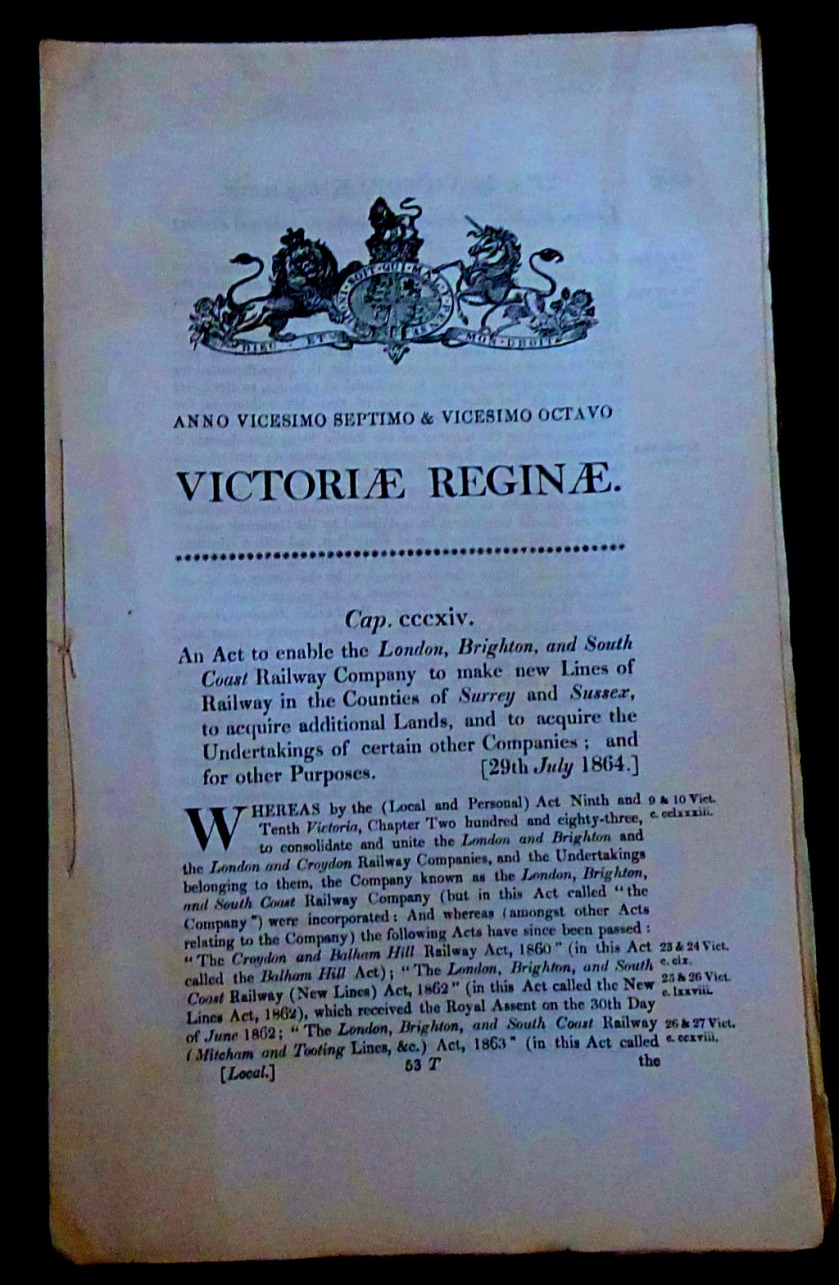

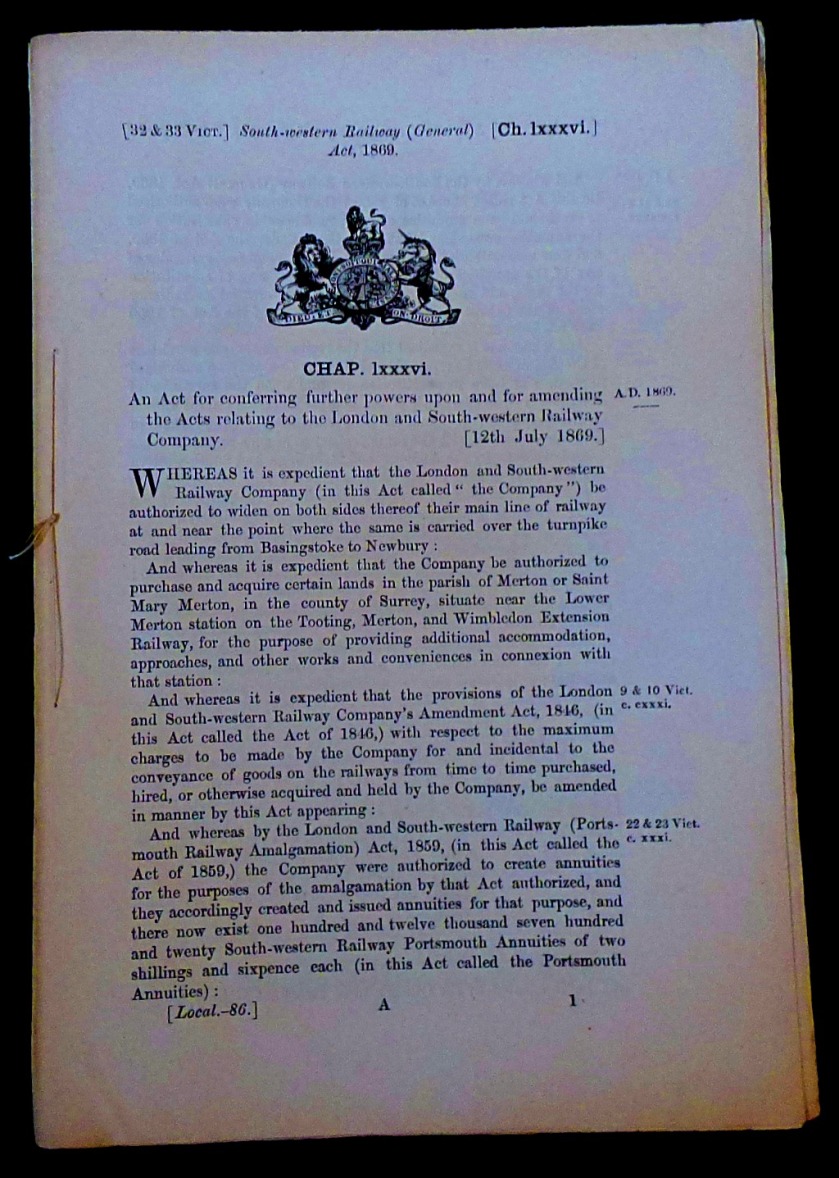
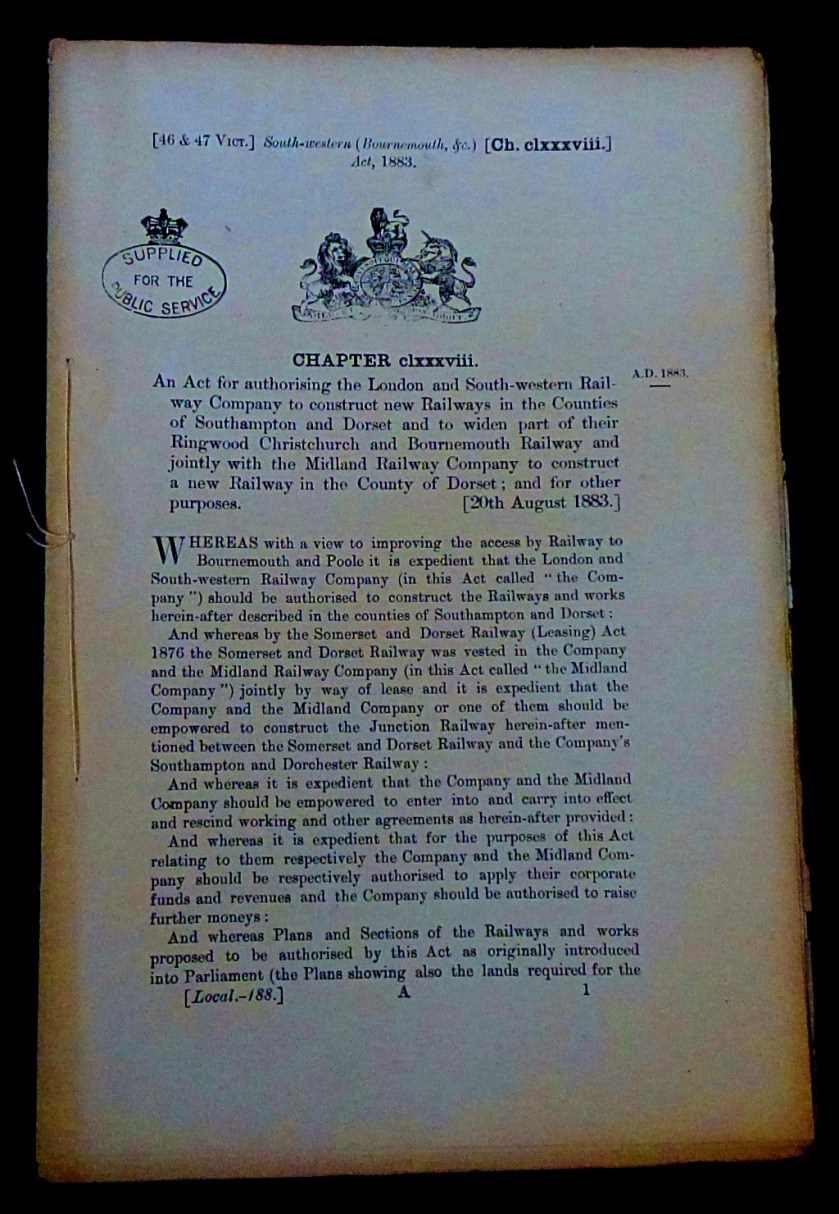
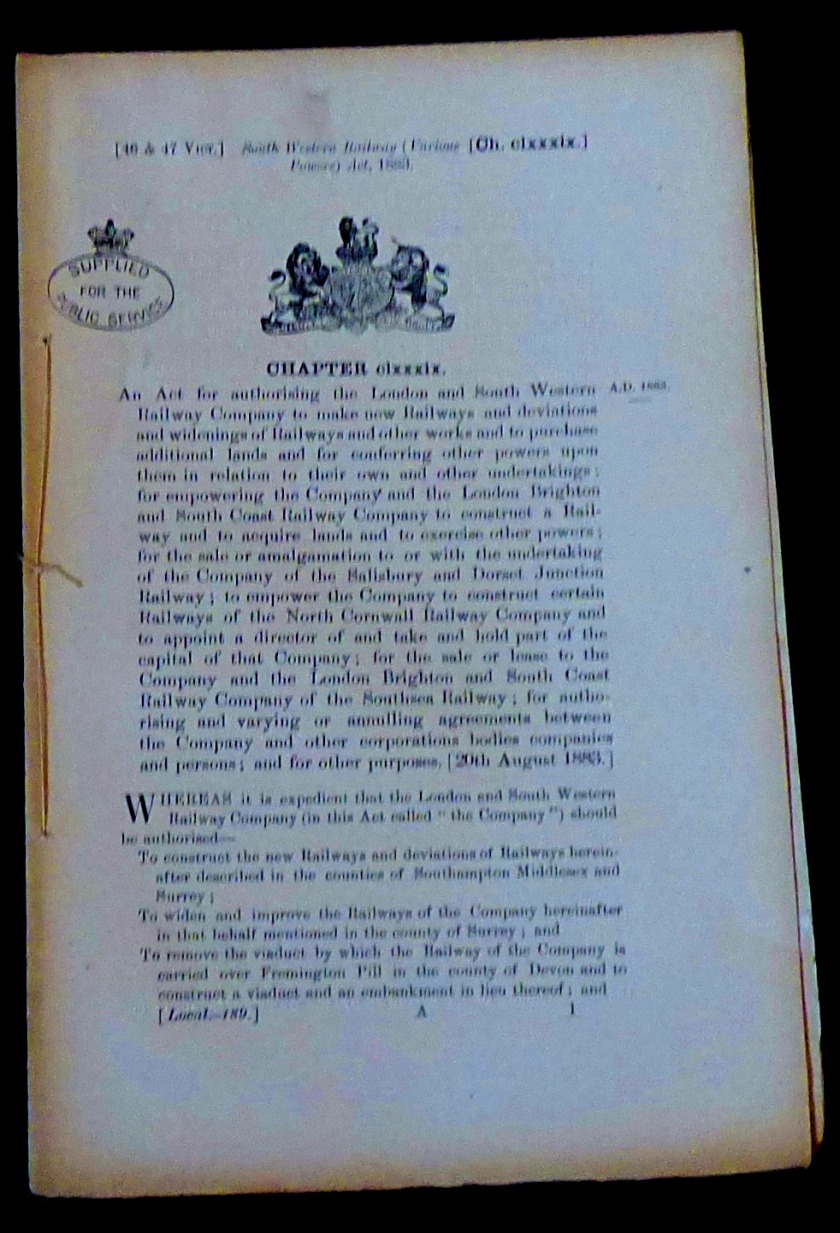

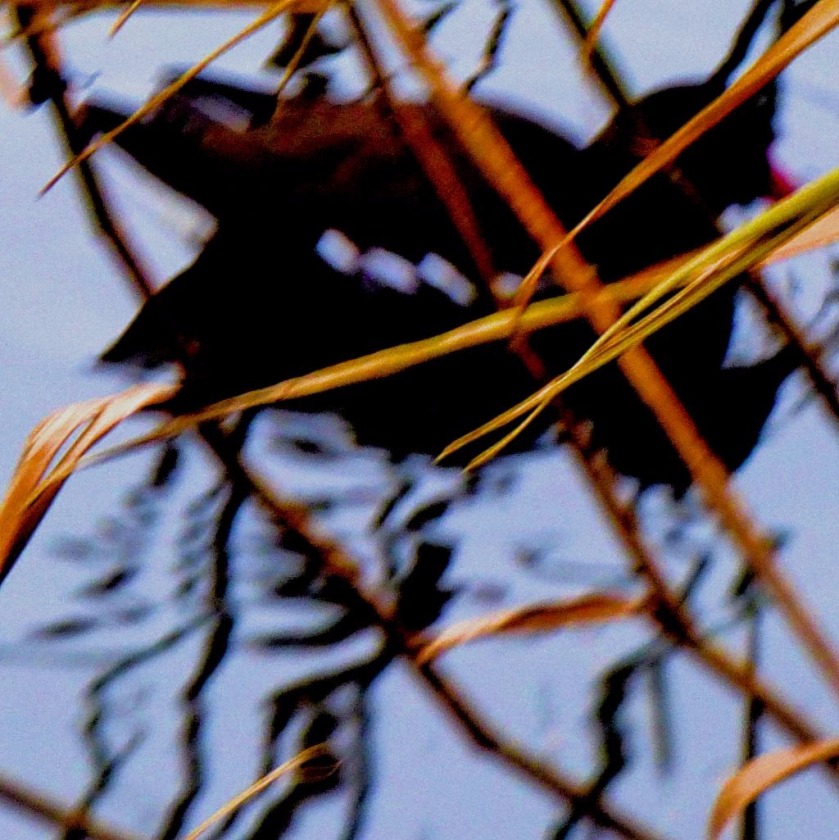
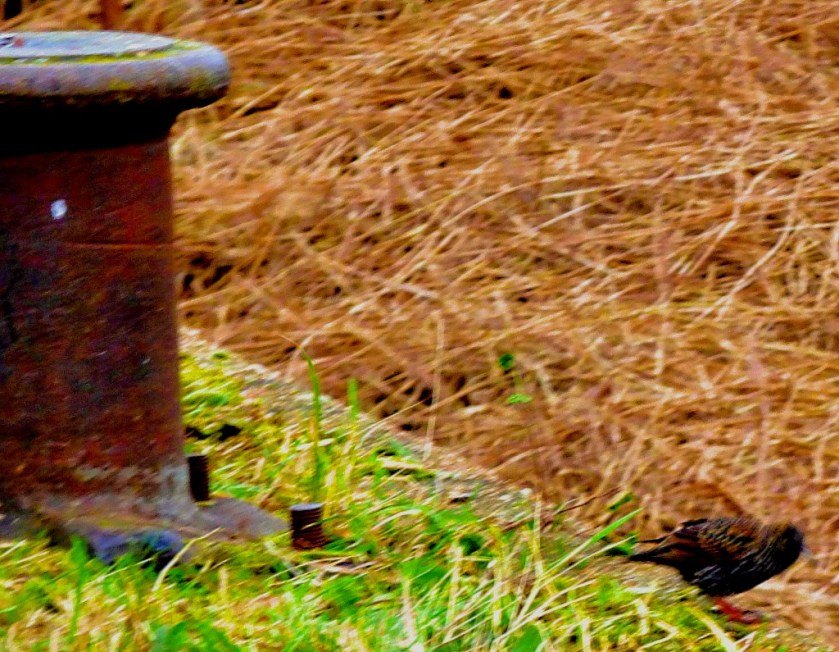
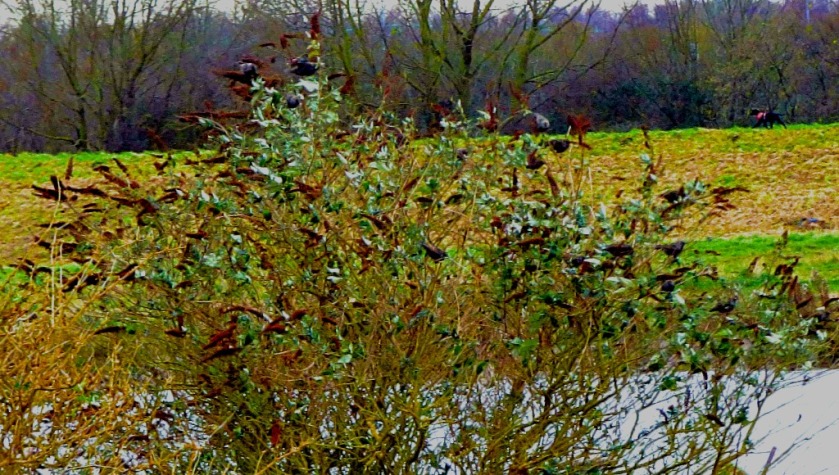

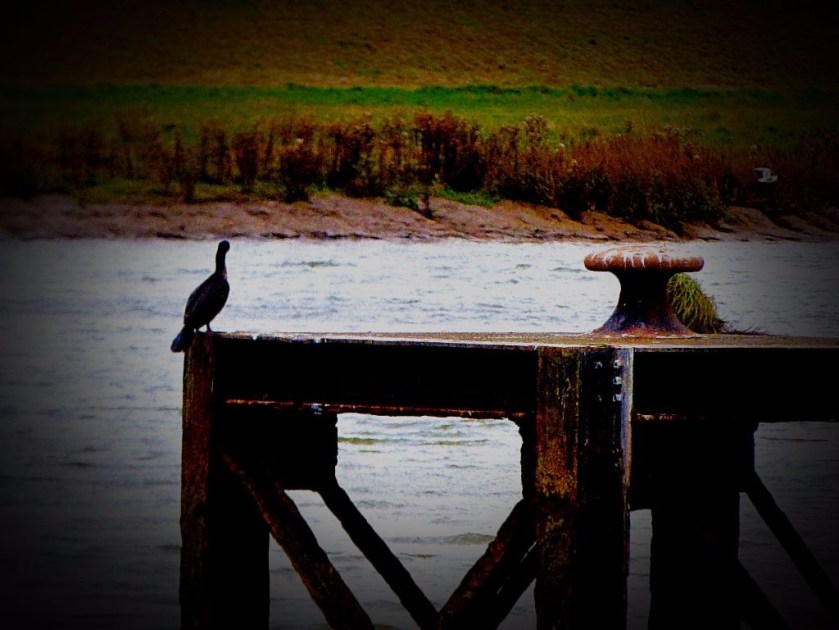

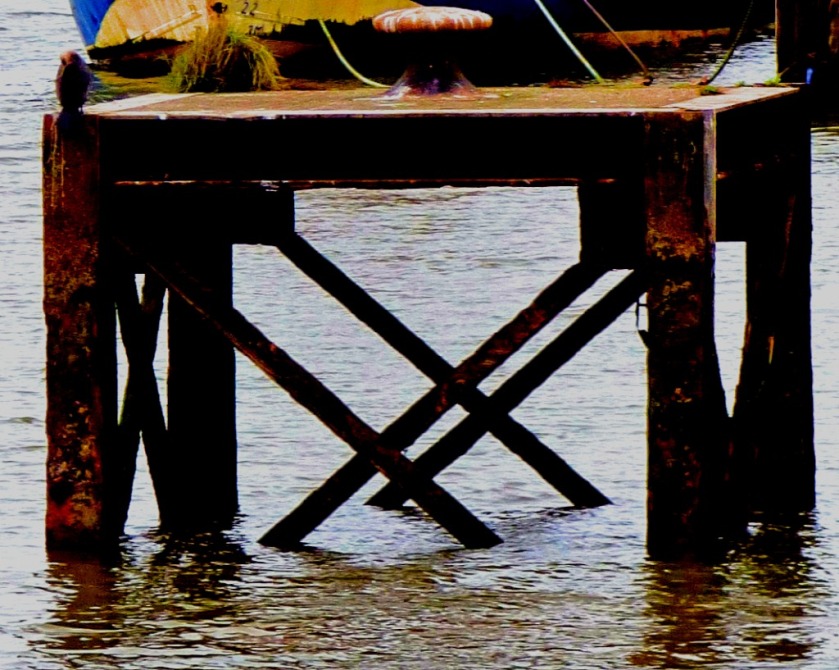





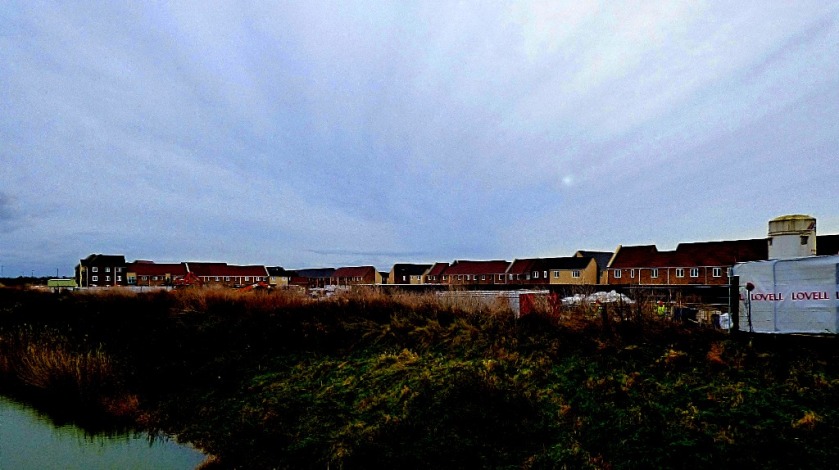










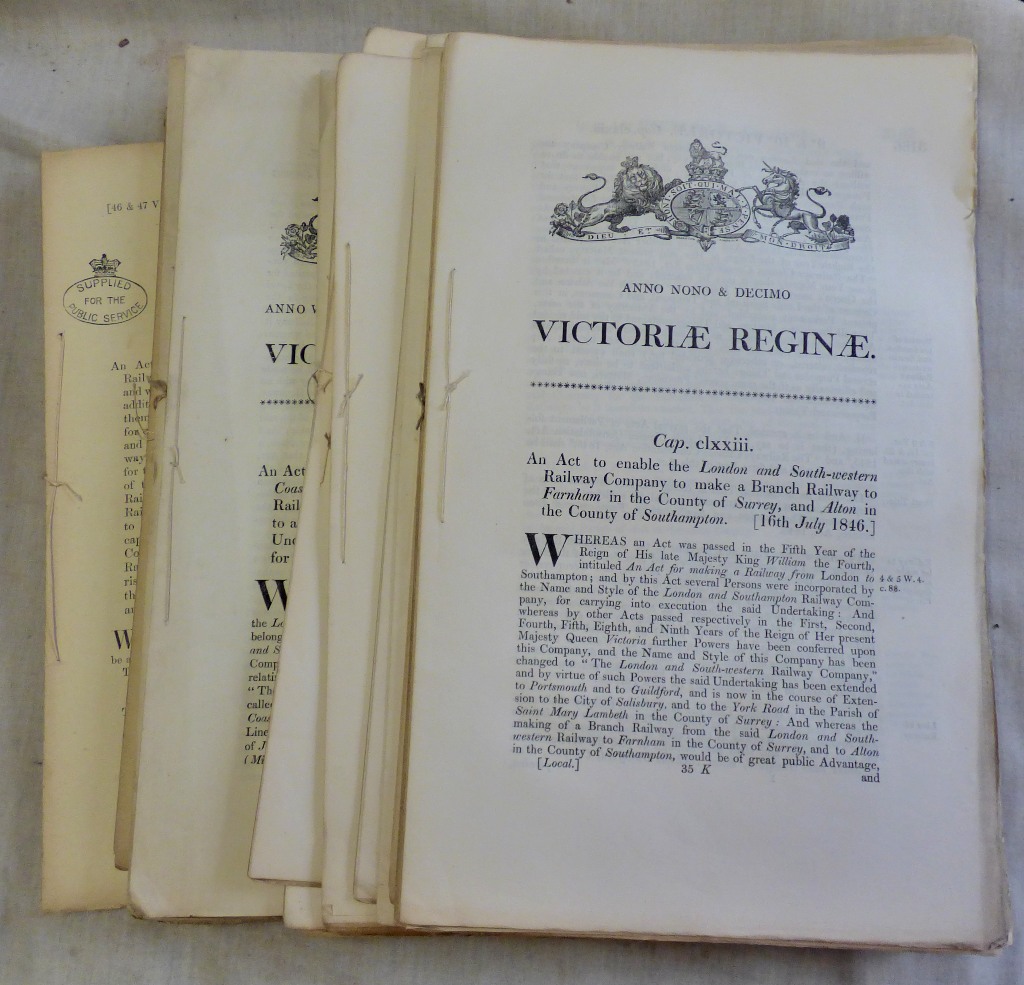


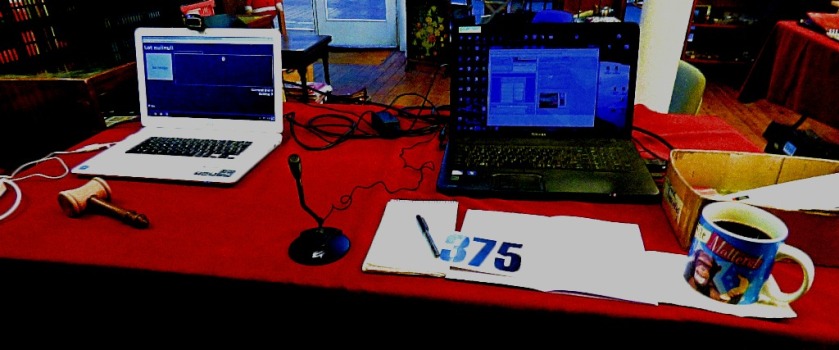


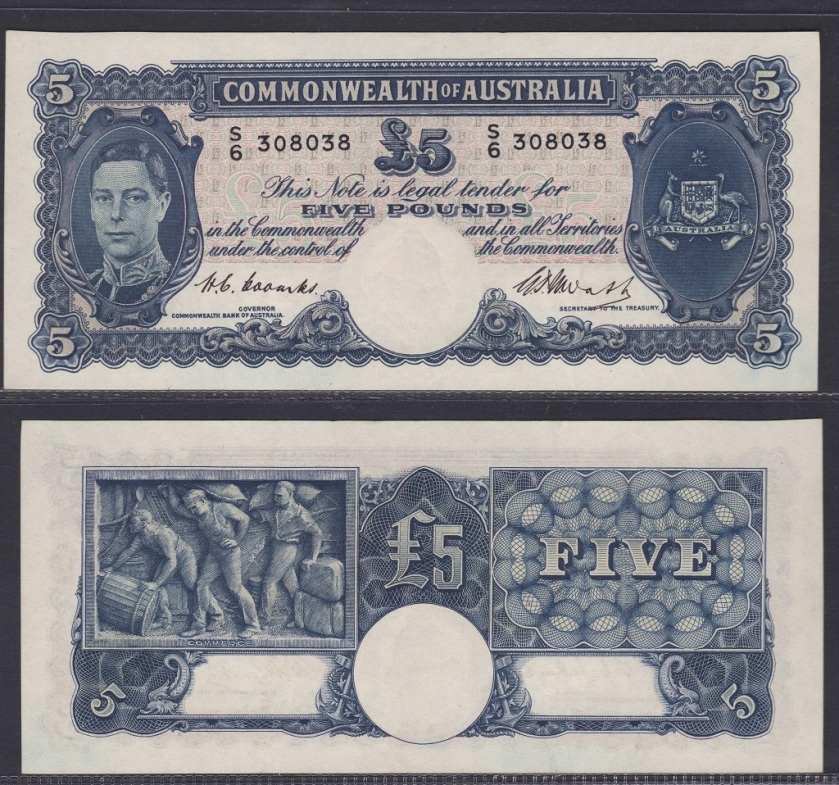


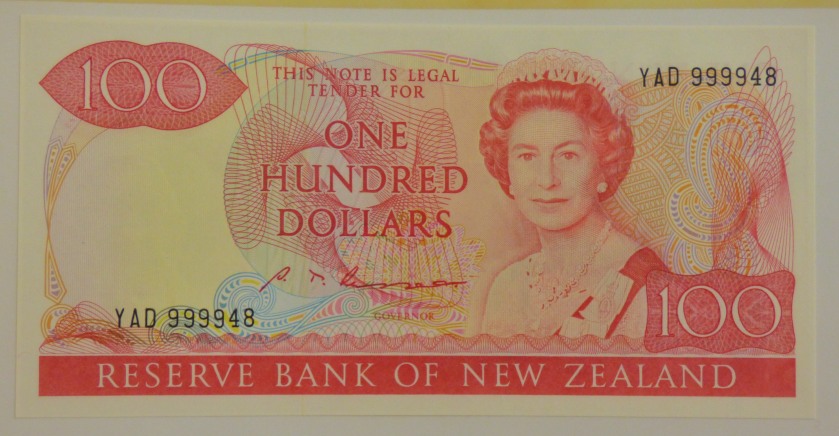
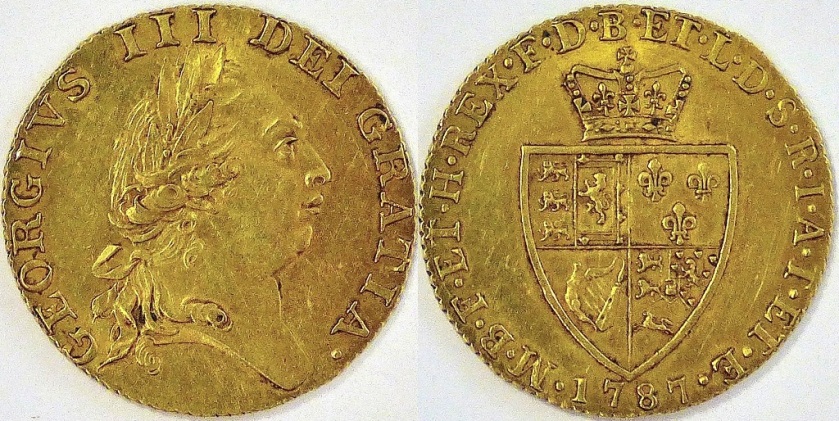

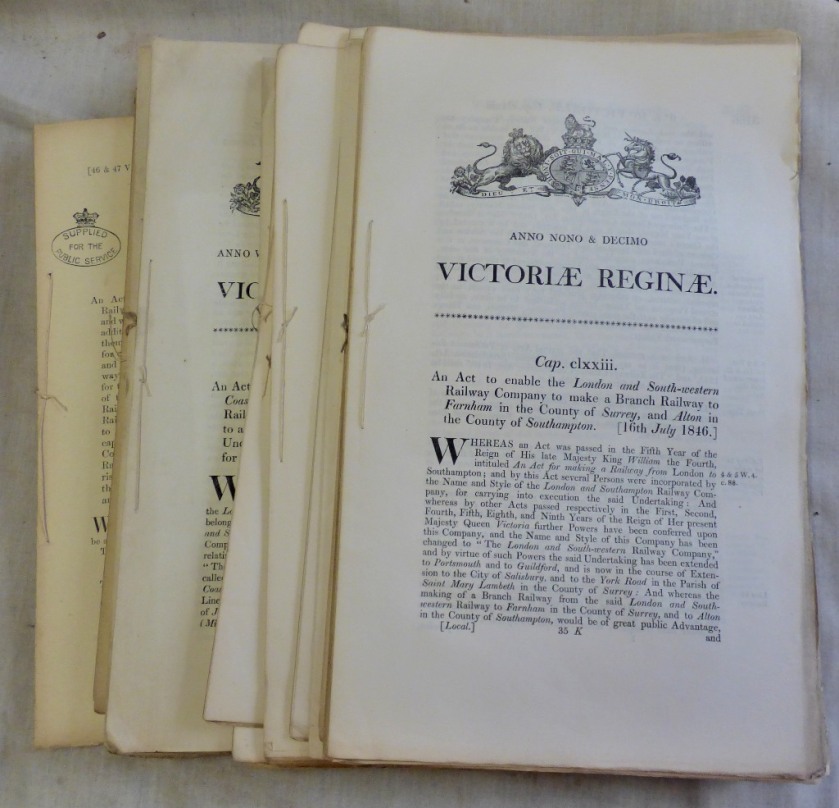

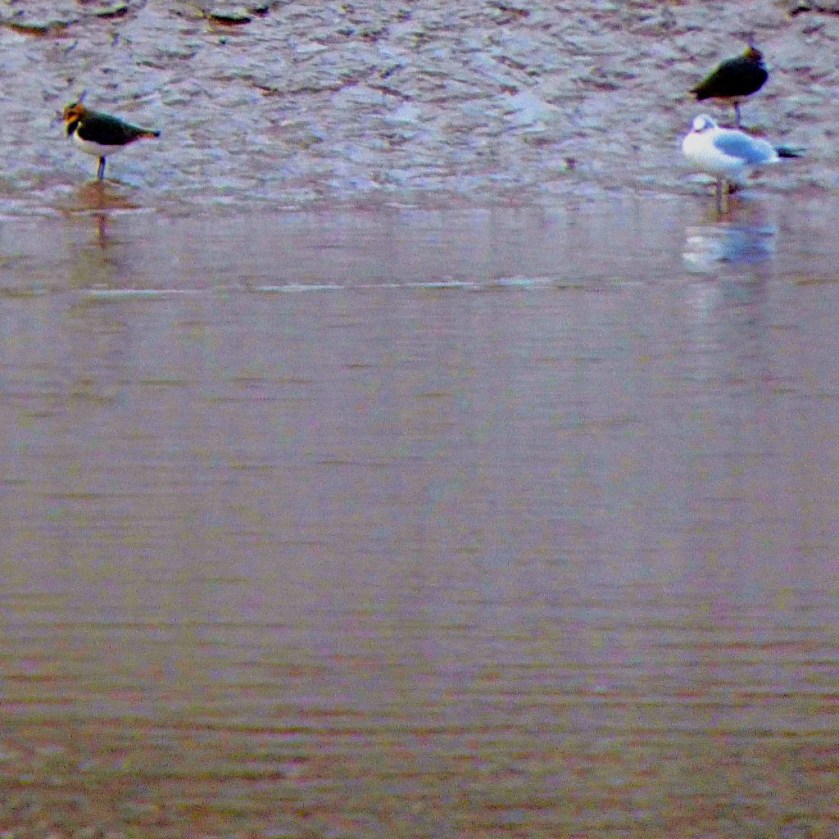
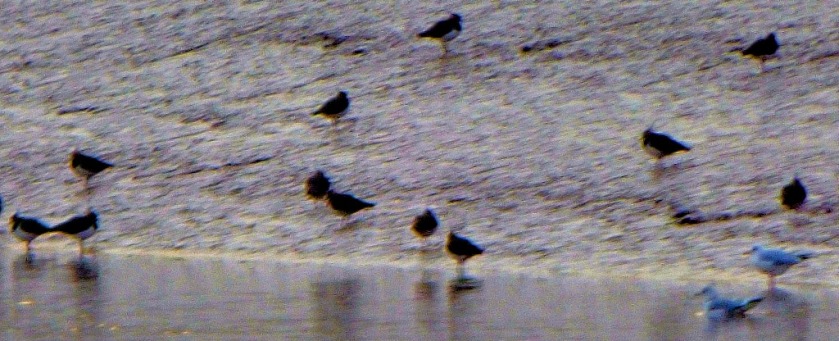


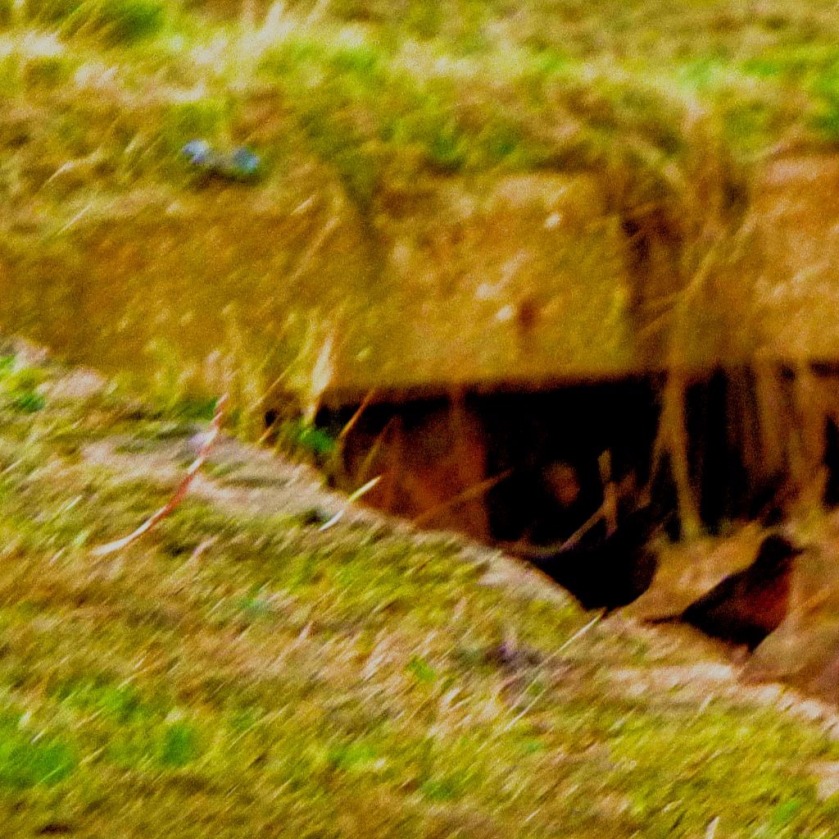
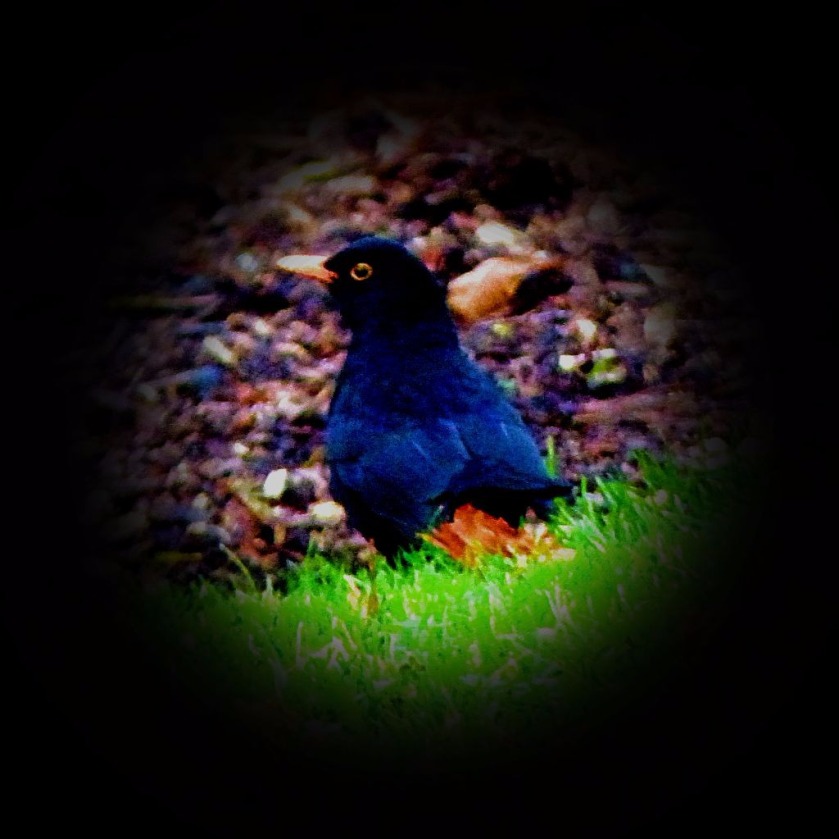


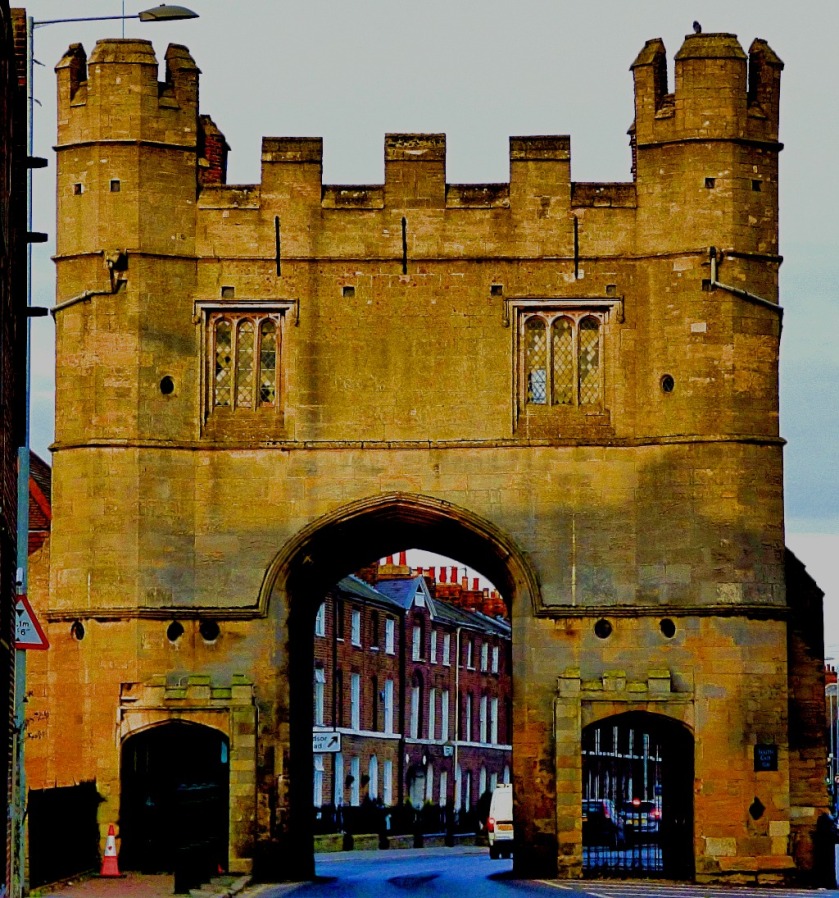

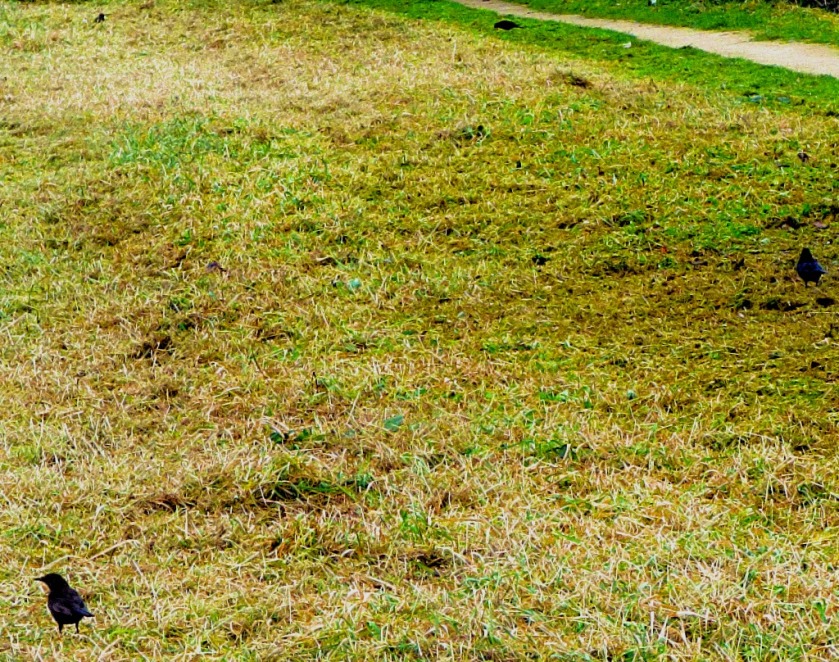

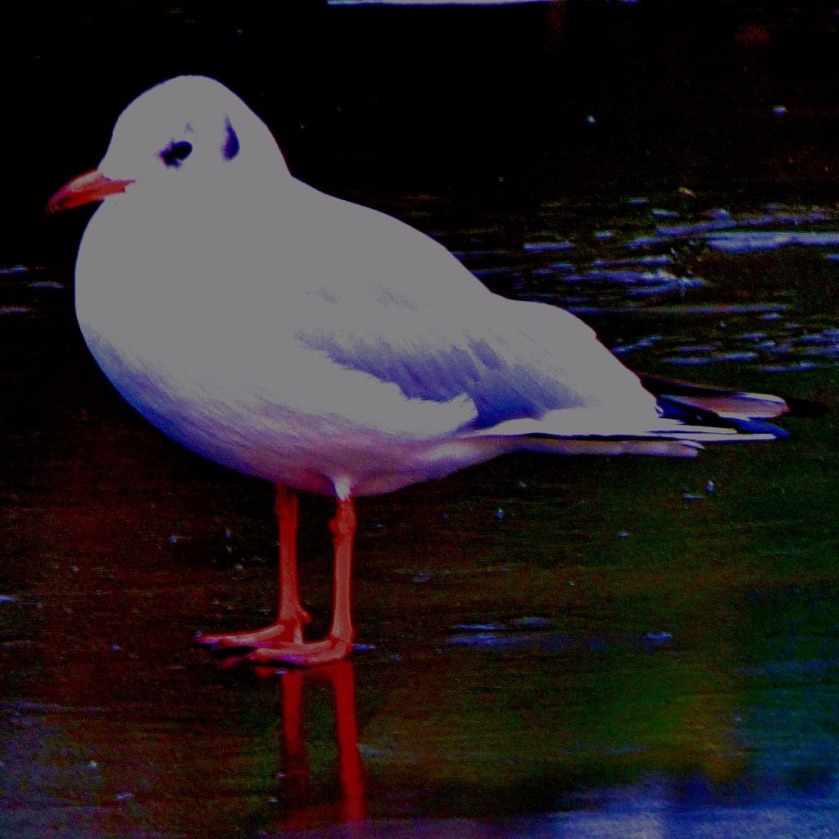


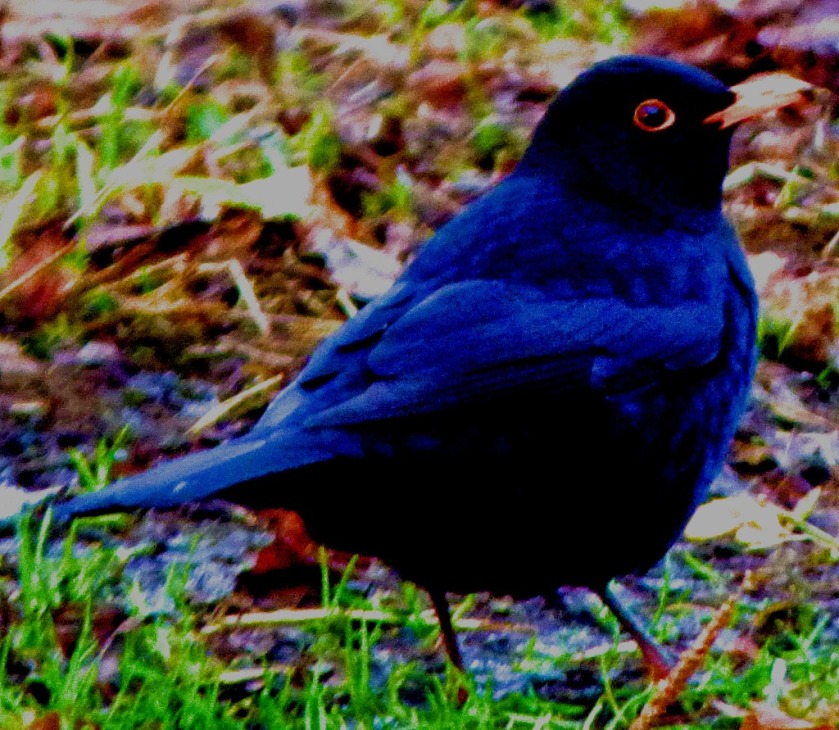

We have to use the numbers 1,2,3,4 and 5 to make a five digit number. The first requirement is that the first three digits form a number dvisible by four, which can only be achieved from these numbers by using 124 (= 31 x 4), then digits 2,3 and 4 must form a number divisible by five, so the fourth digit has to be 5 as numbers divisible by five end either in five ior zero and zero is not available to us. That leaves us the fifth digit to fill, and the only number we have not used is 3, hence the number is 12,453, and back checking using the last limitation, that the final three digits be divisible by three confirms this (453 = 151 x 3).
PHOTOGRAPHS – OTHERS
These were taken near the end of my walk:
PUZZLE 5: INVESTMENT EXPERT
The minimum starting amount he needs to ensure that it stays growing on these terms is $4. On my subsidiary question, although this starting point only yields a fortune of two billion and four dollars after one billiSuch is the power of exponential growth that if you increase this starting amount by even a small amount it will suffice. According to Denis Husudvac on brillaint even a stgarting point $4.01 will be enough.
PHOTOGRAPHS: MUSCOVY DUCKS 2